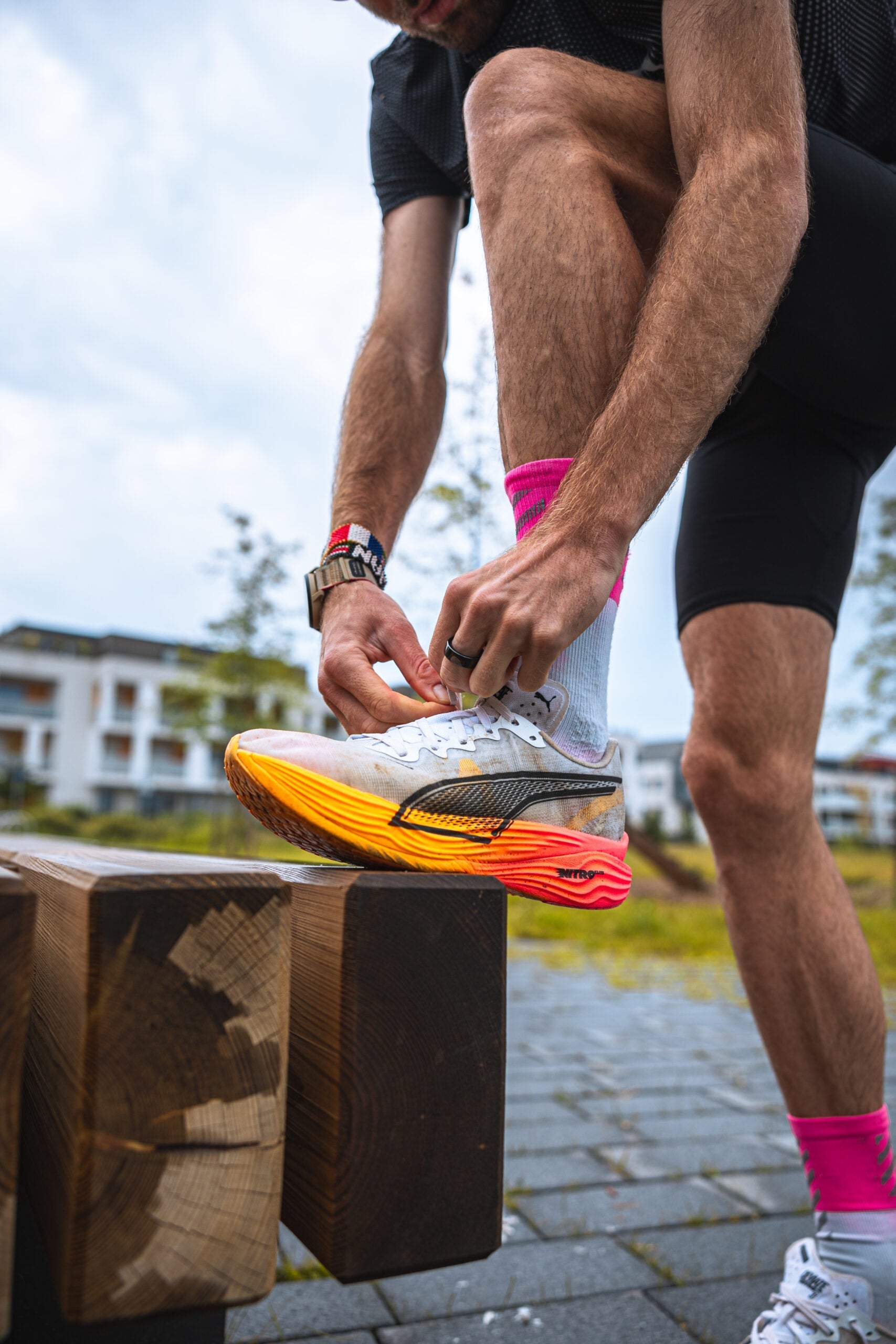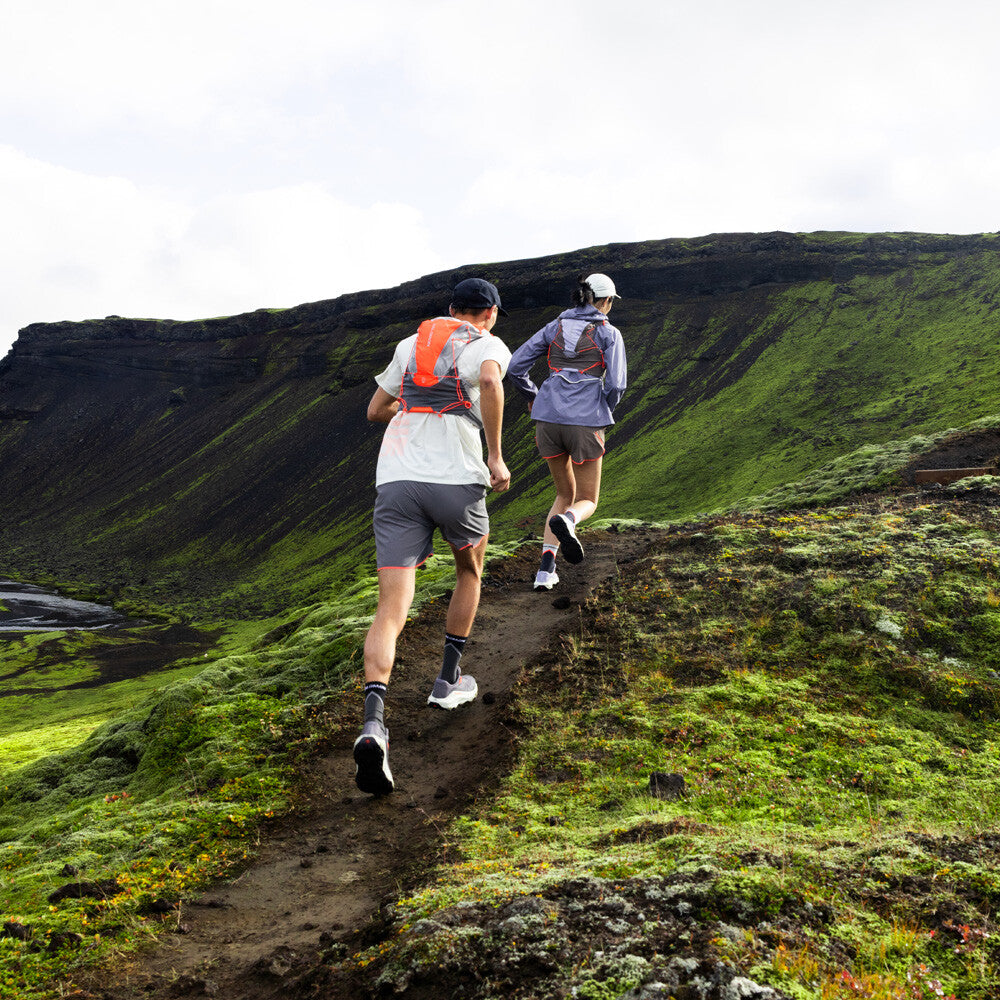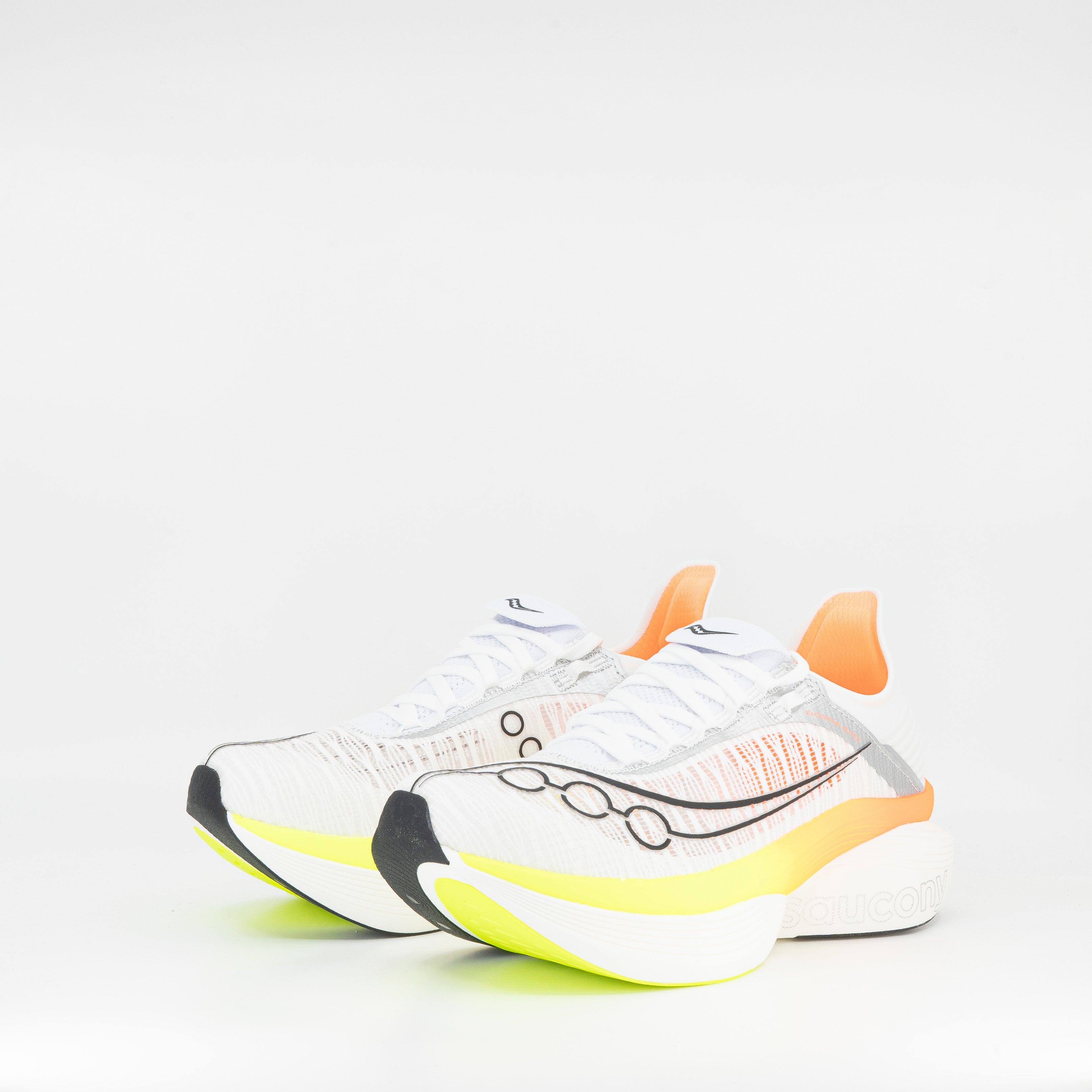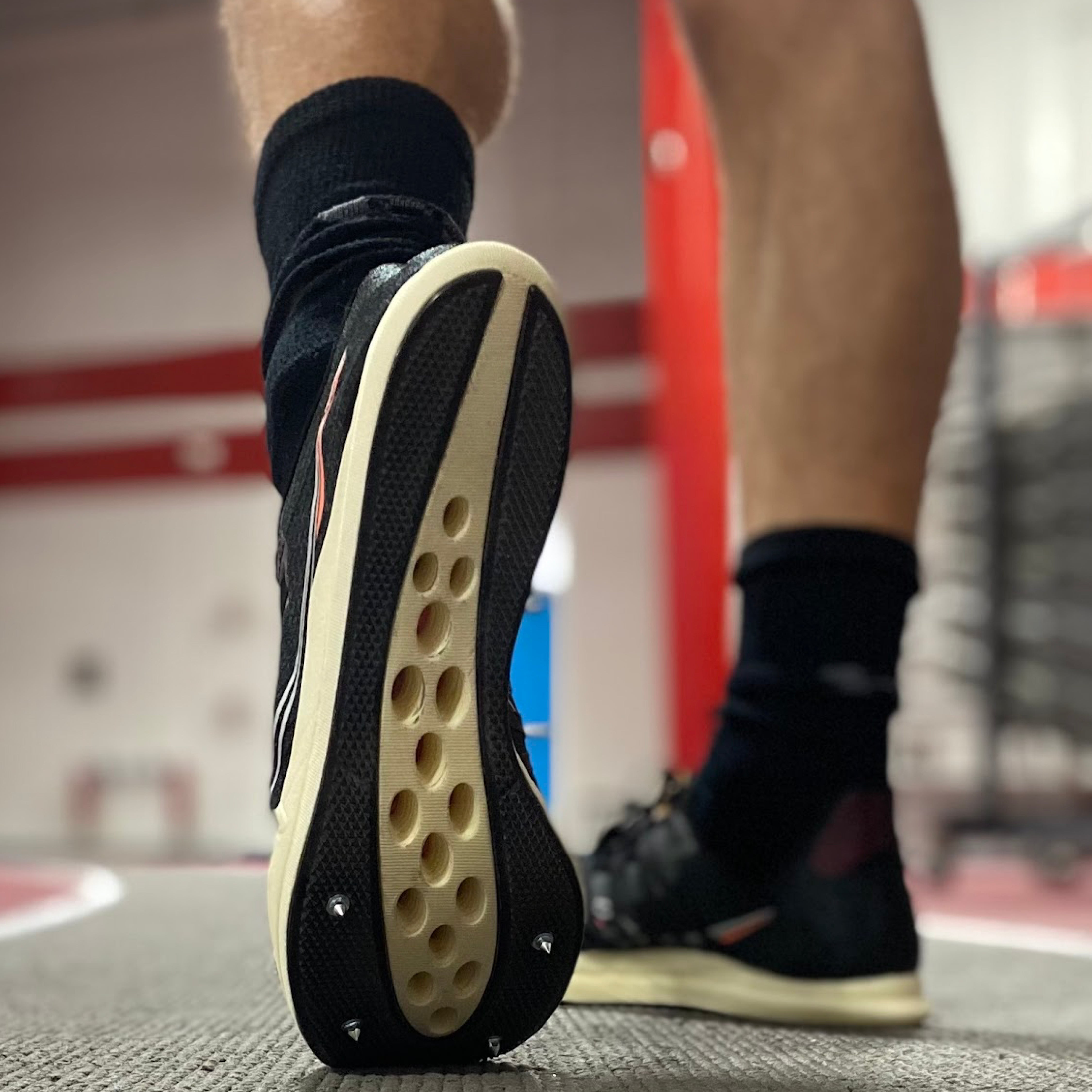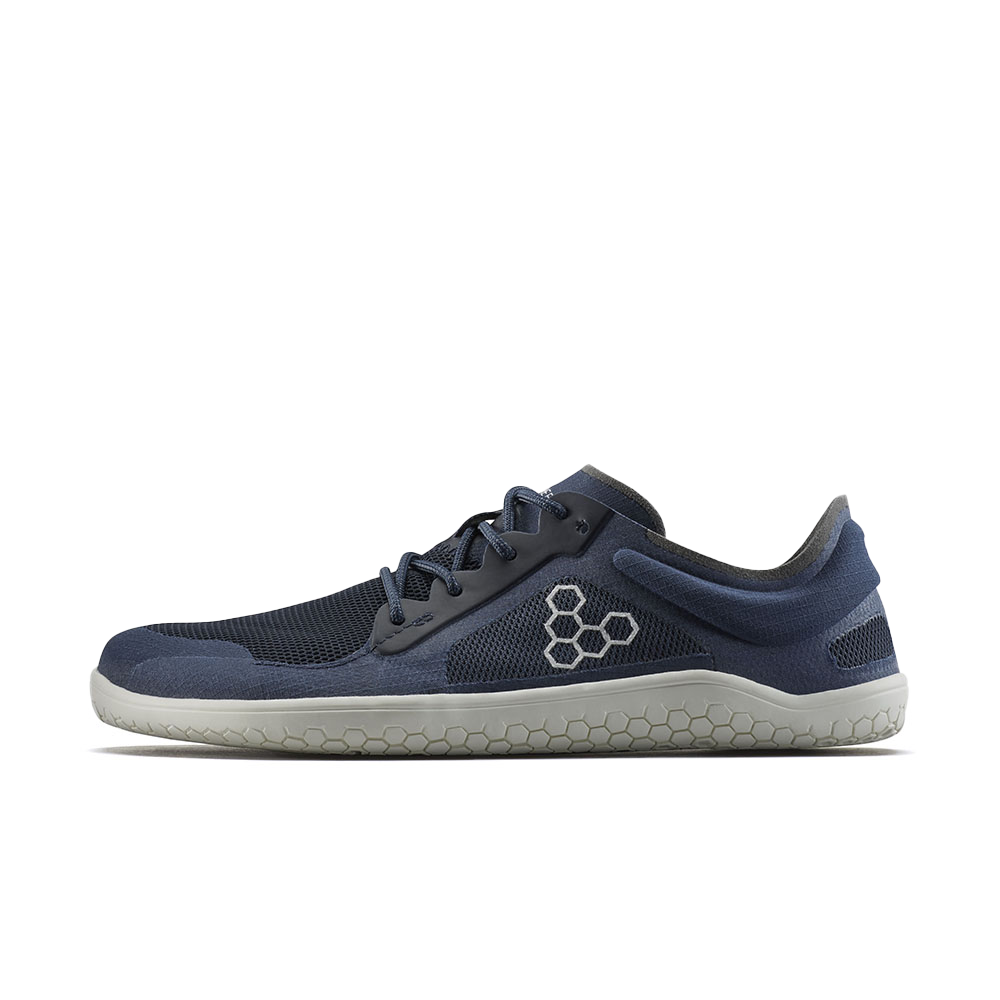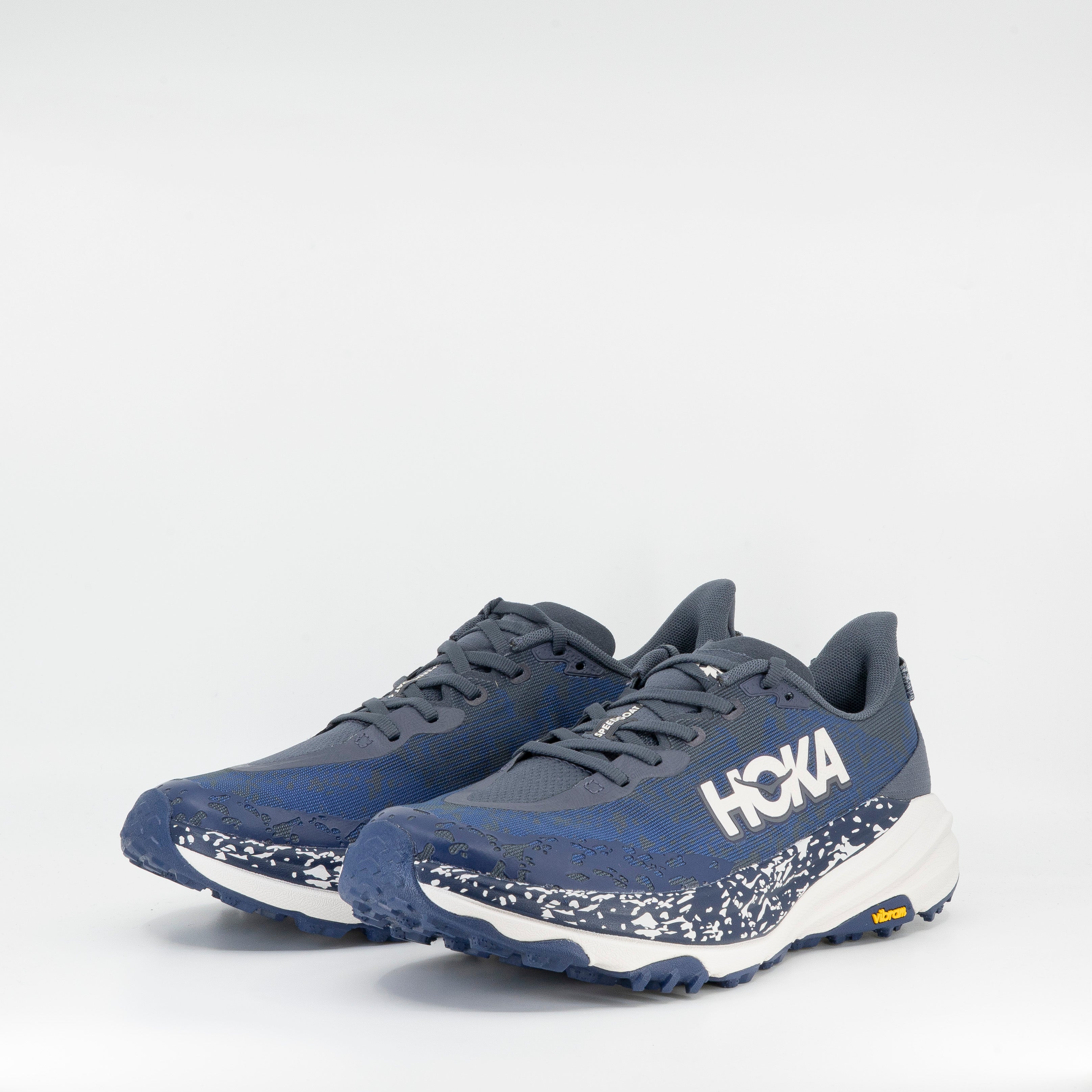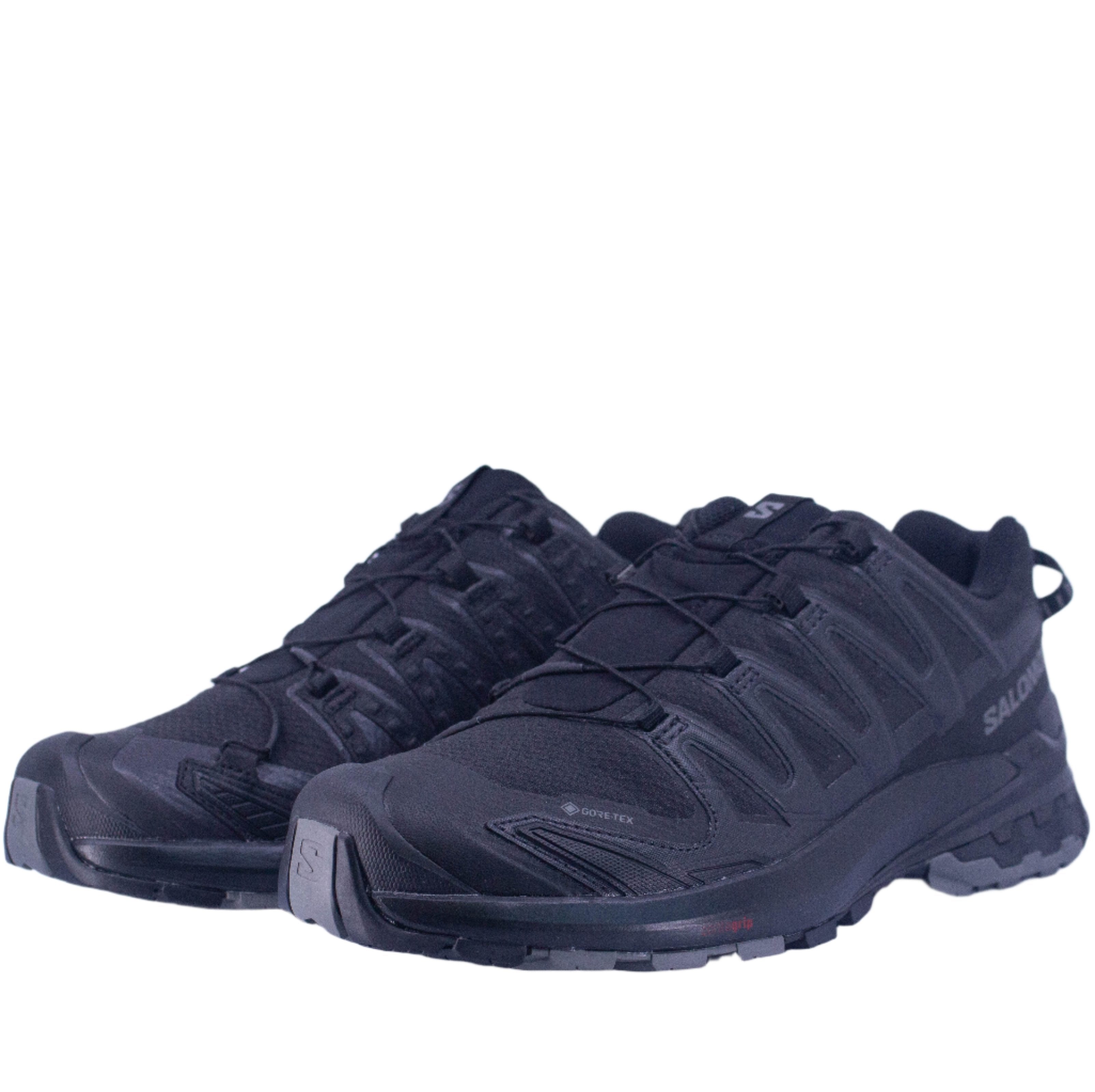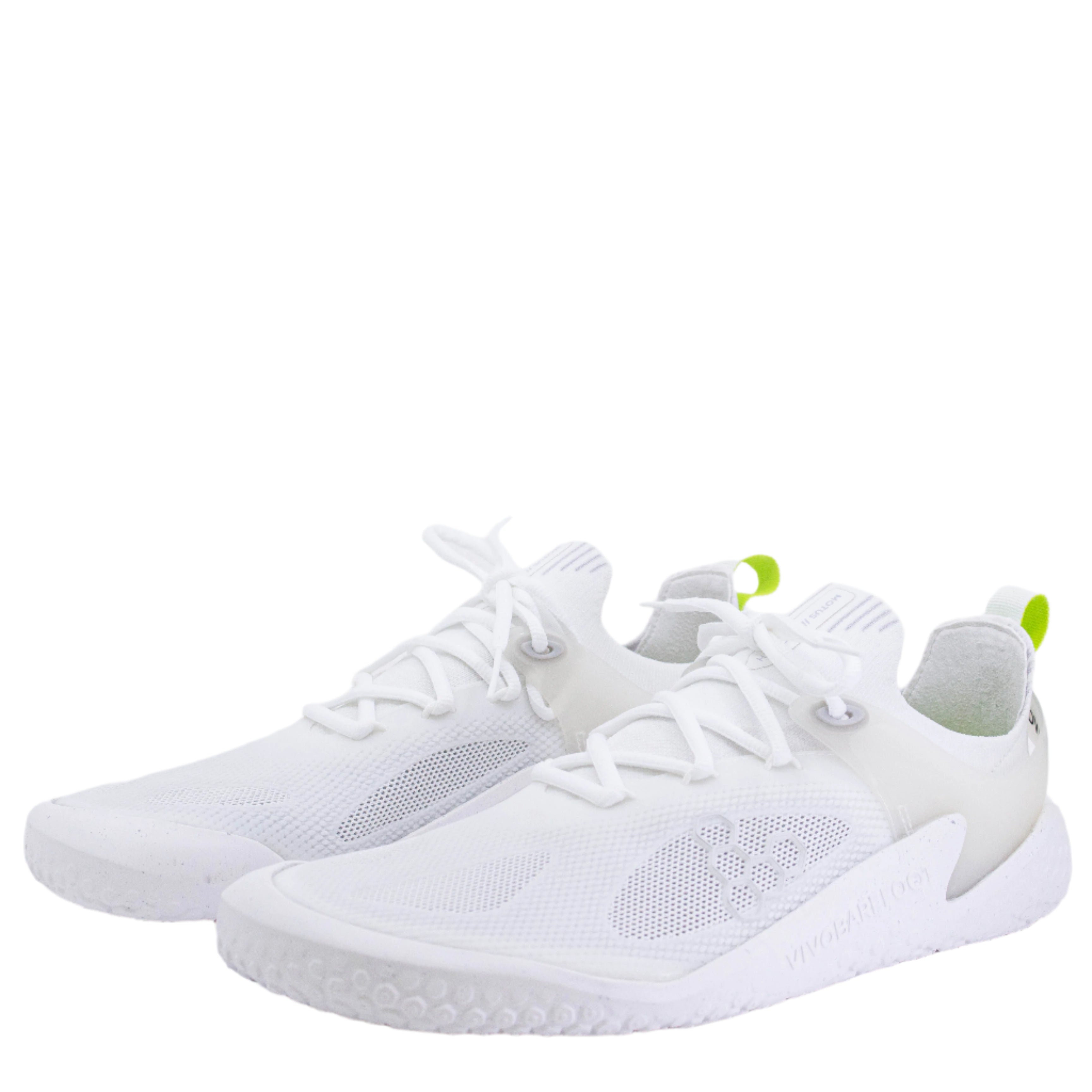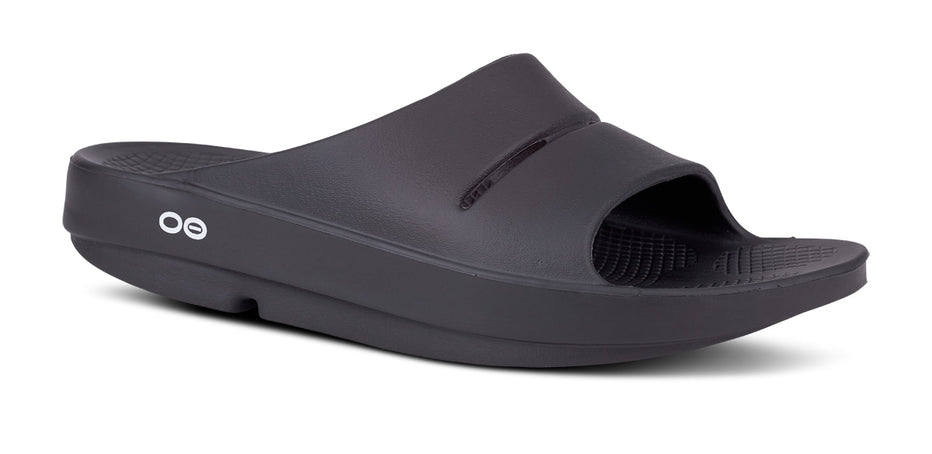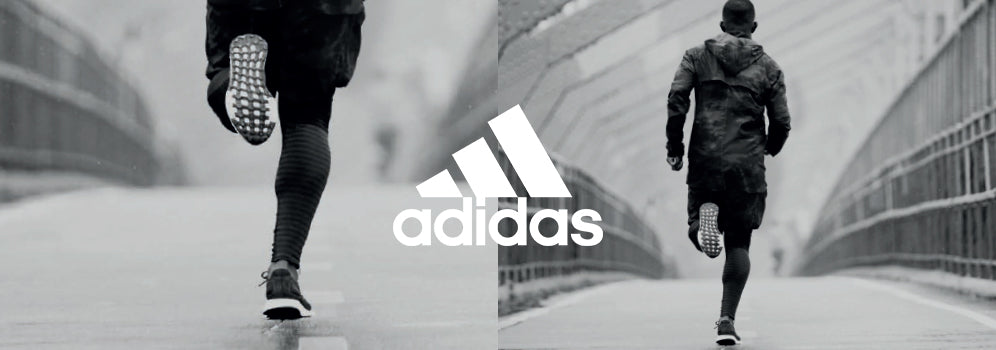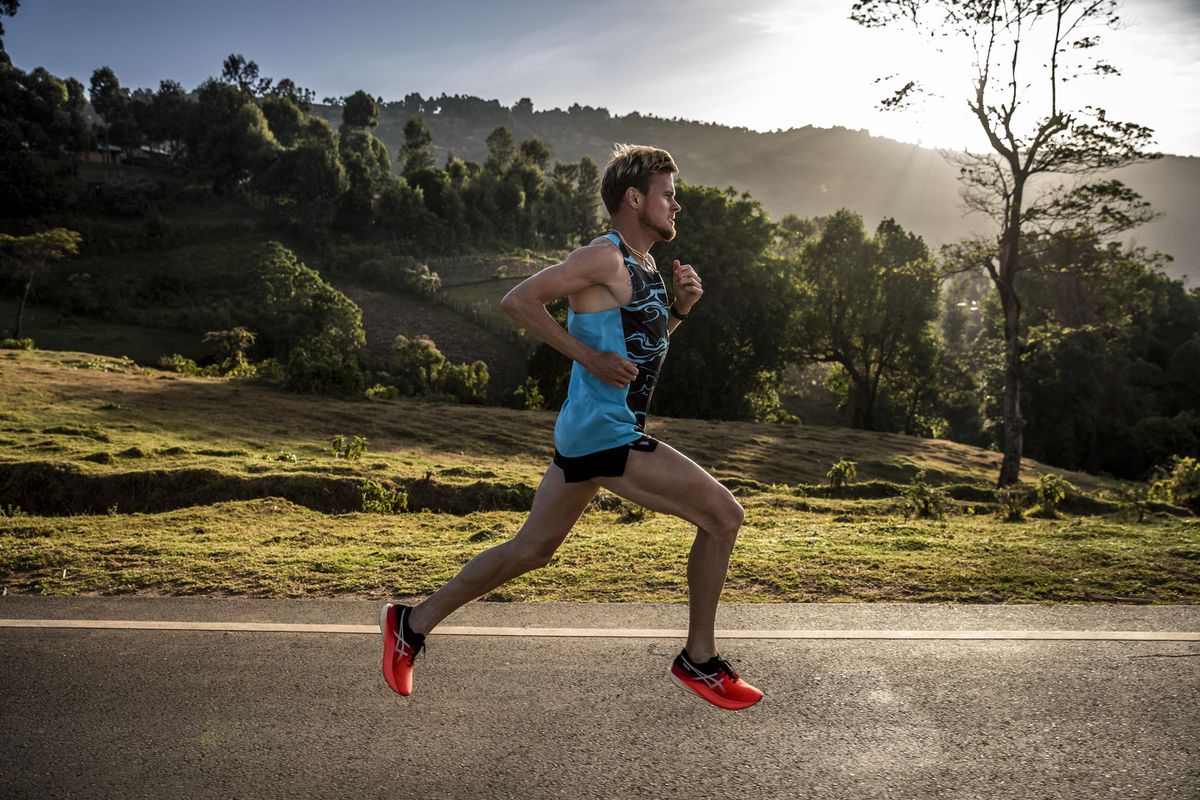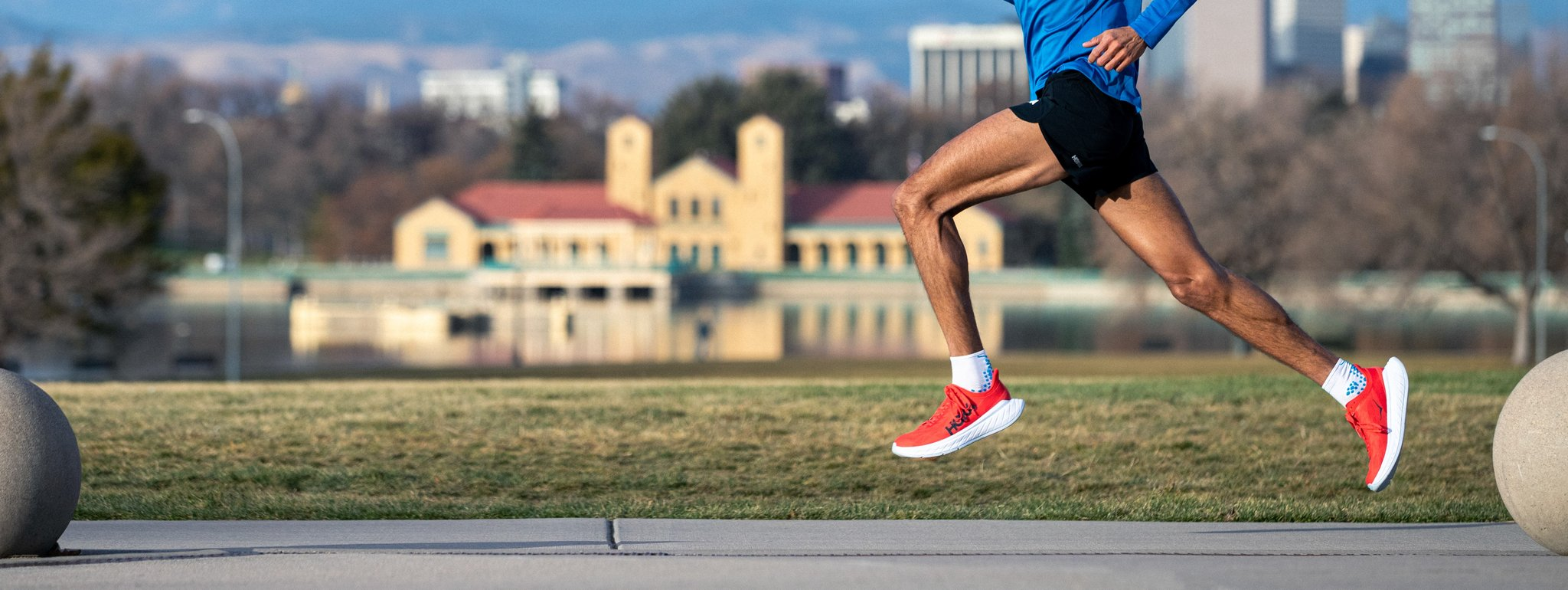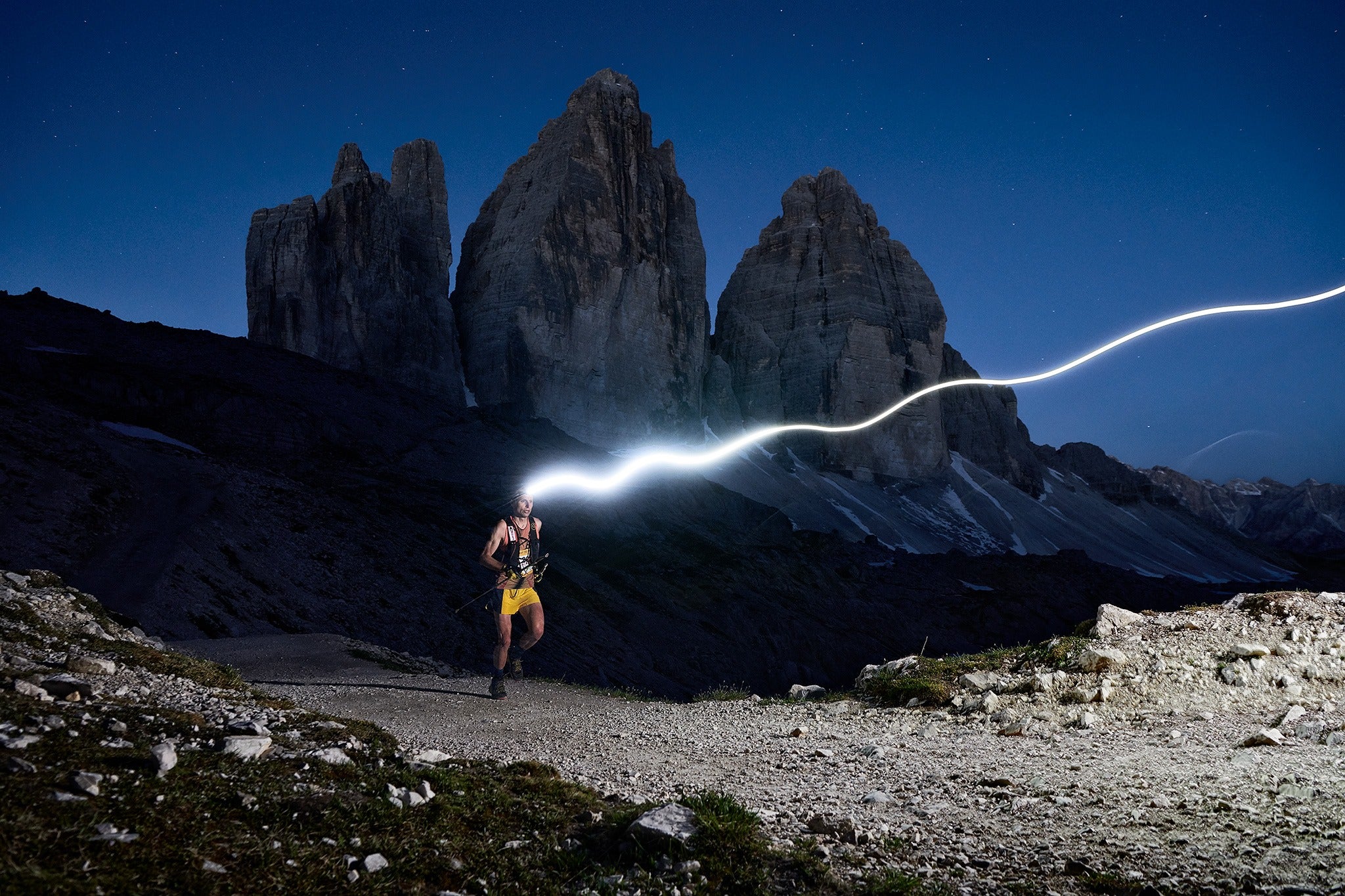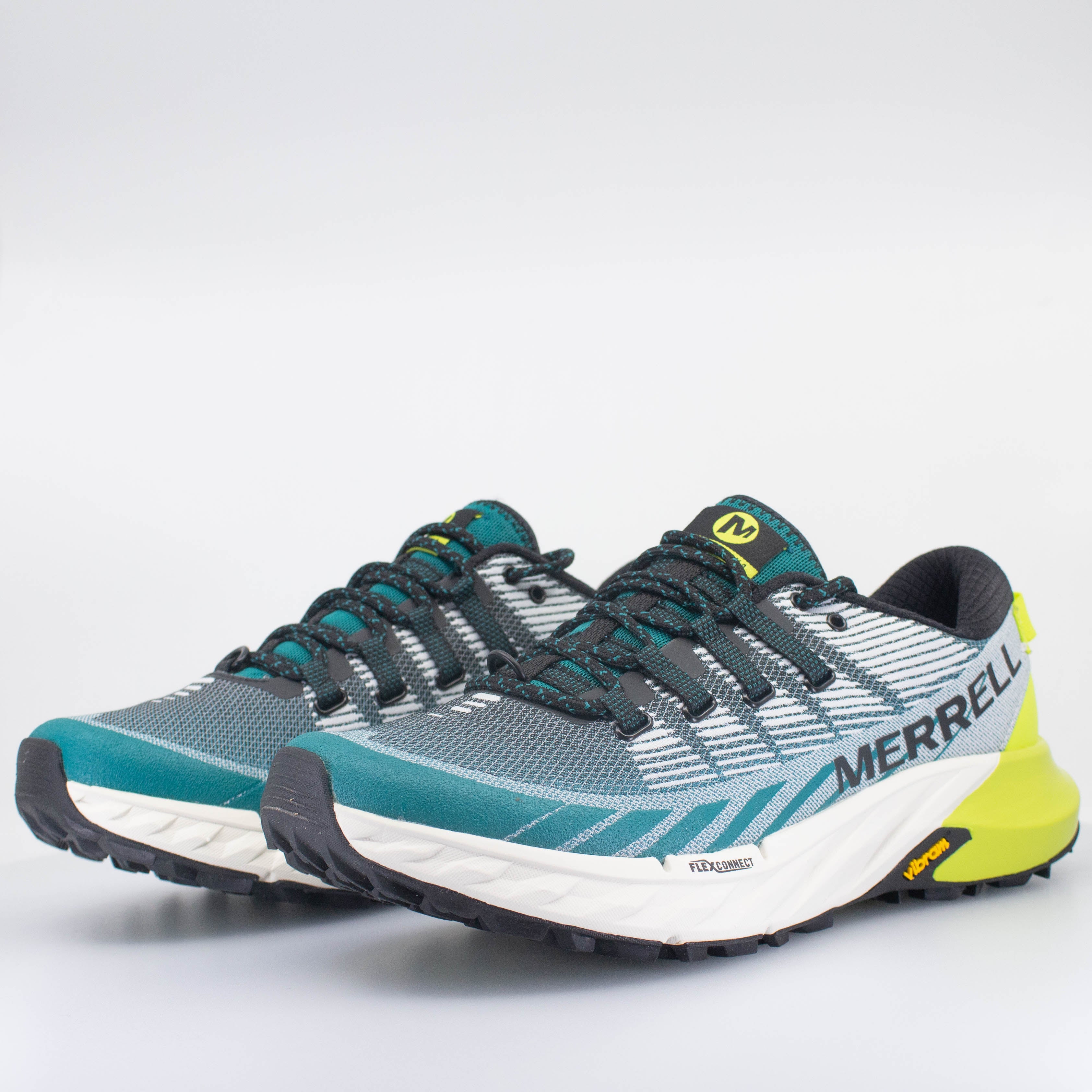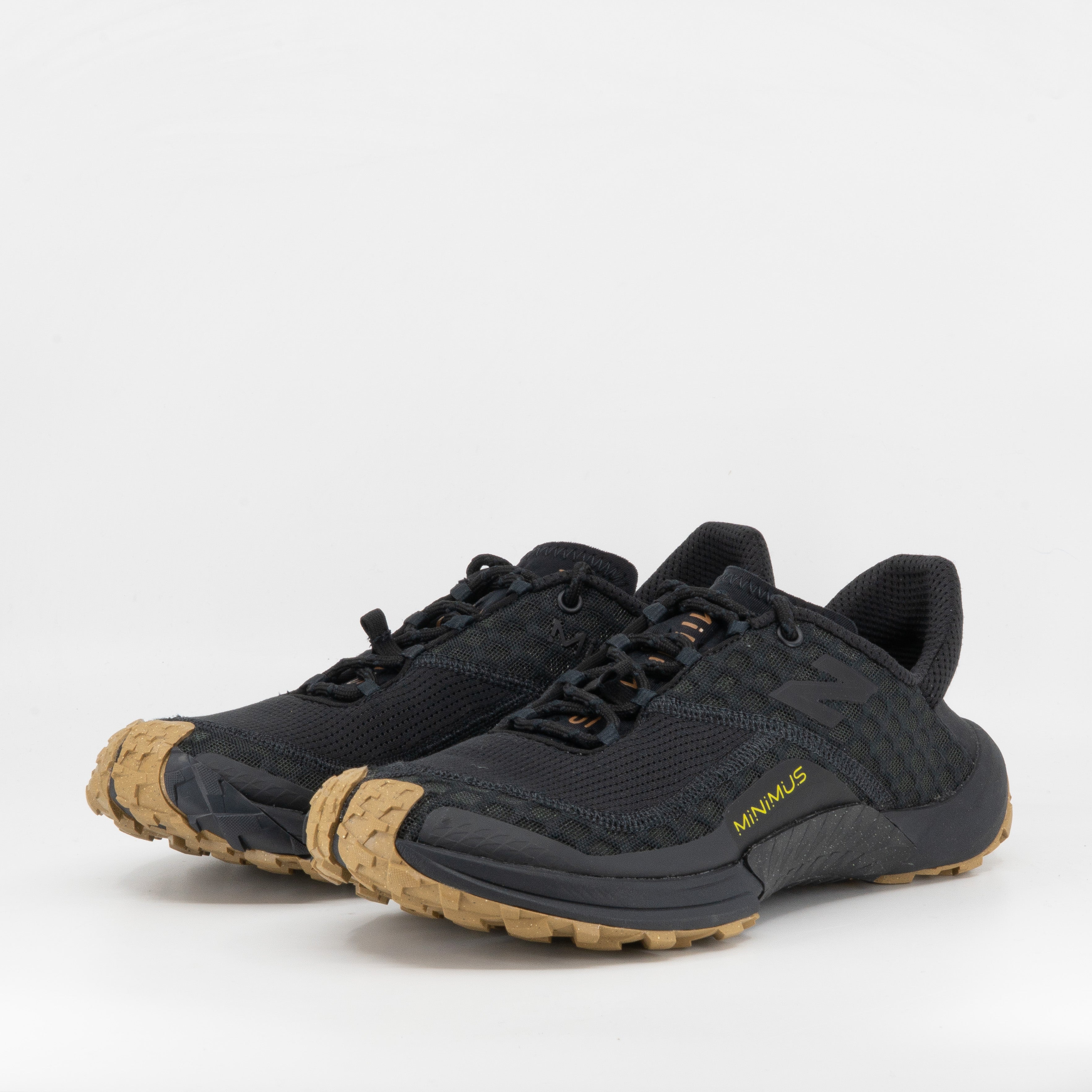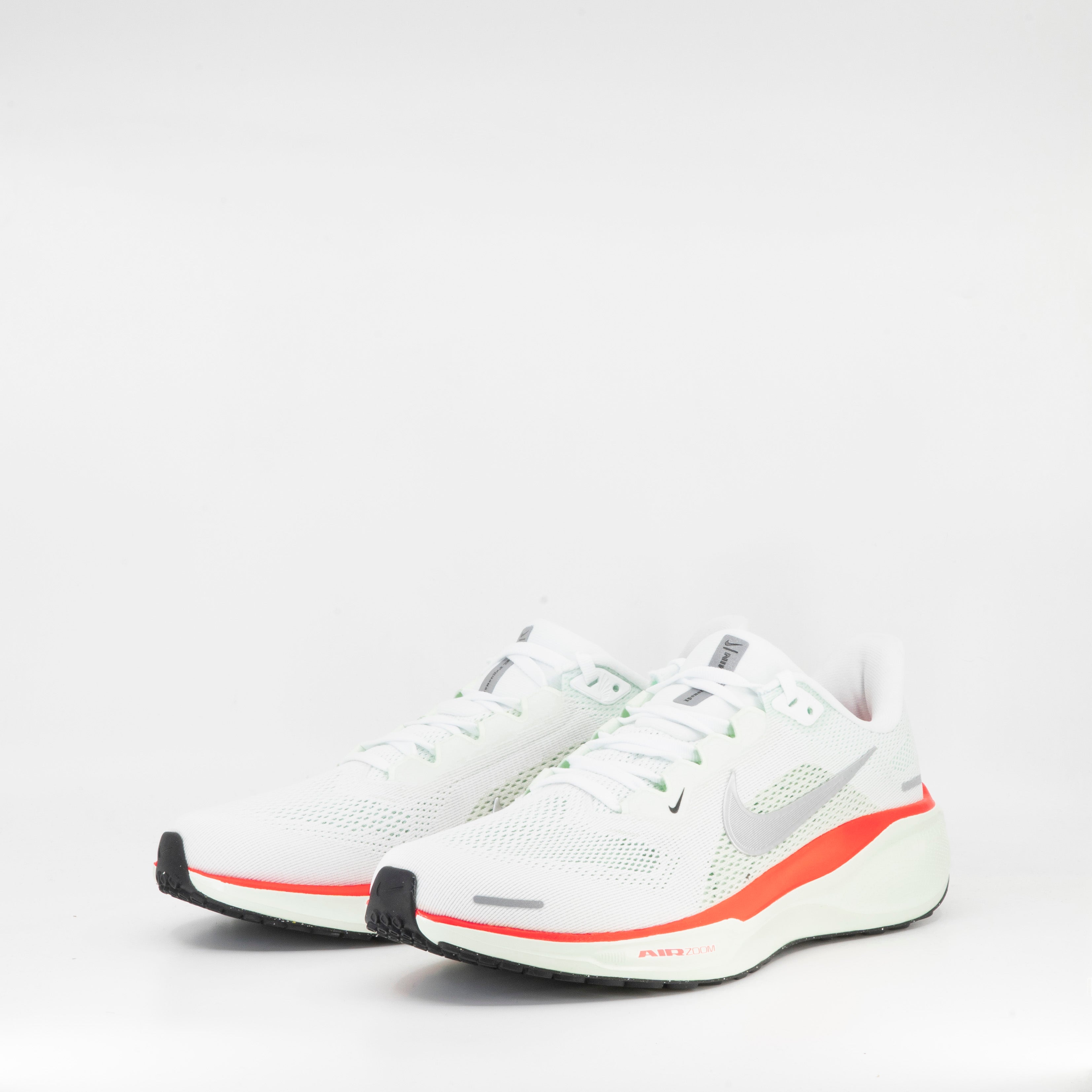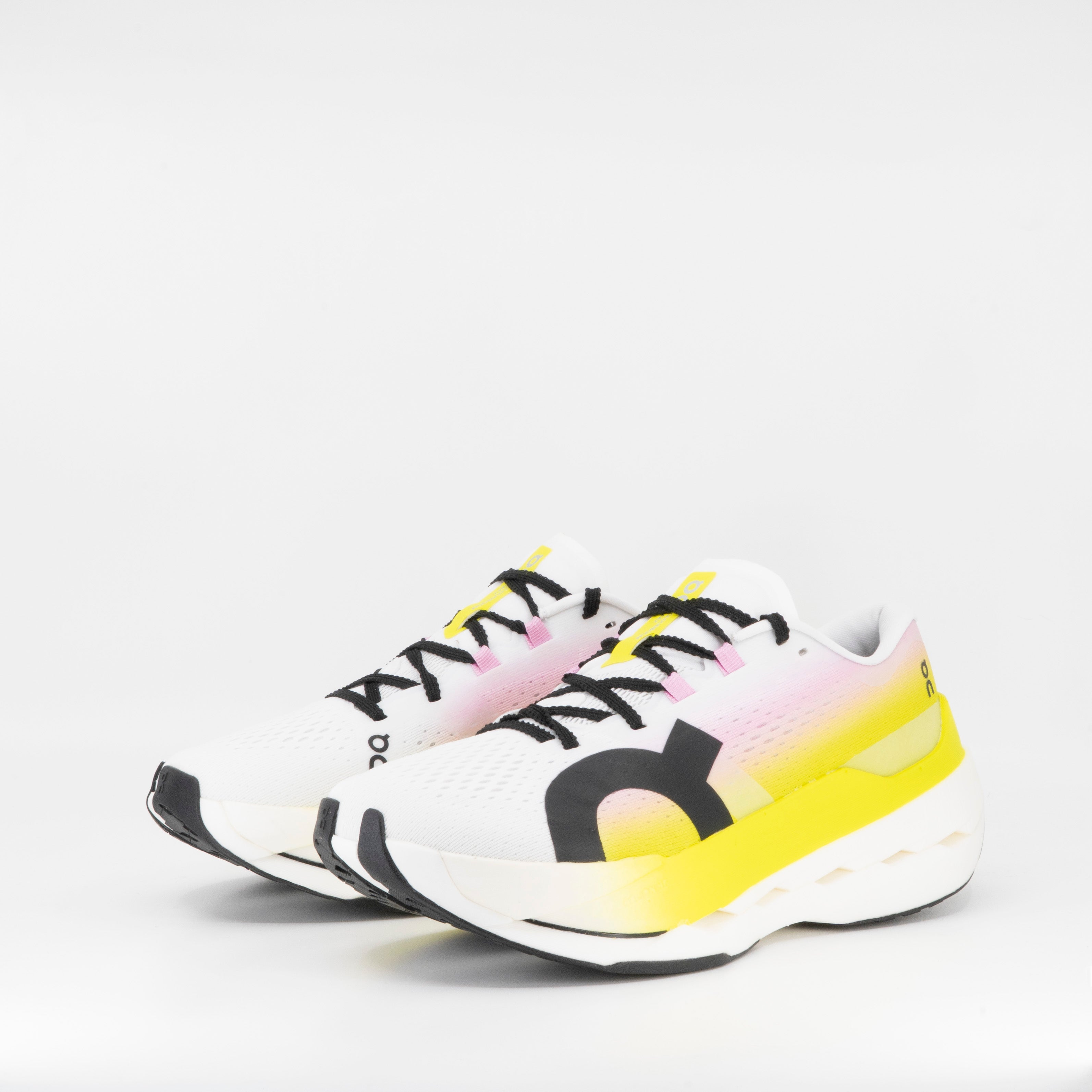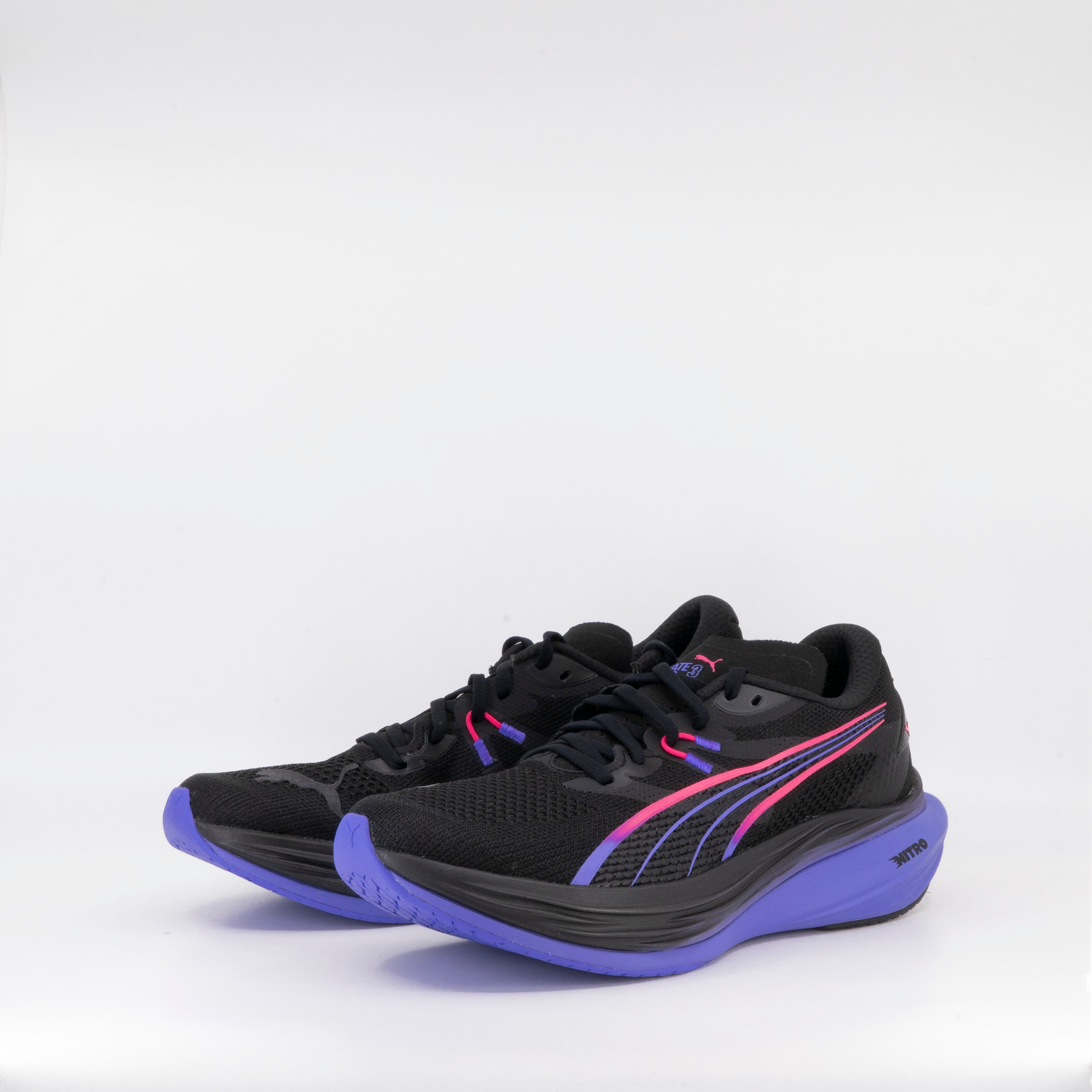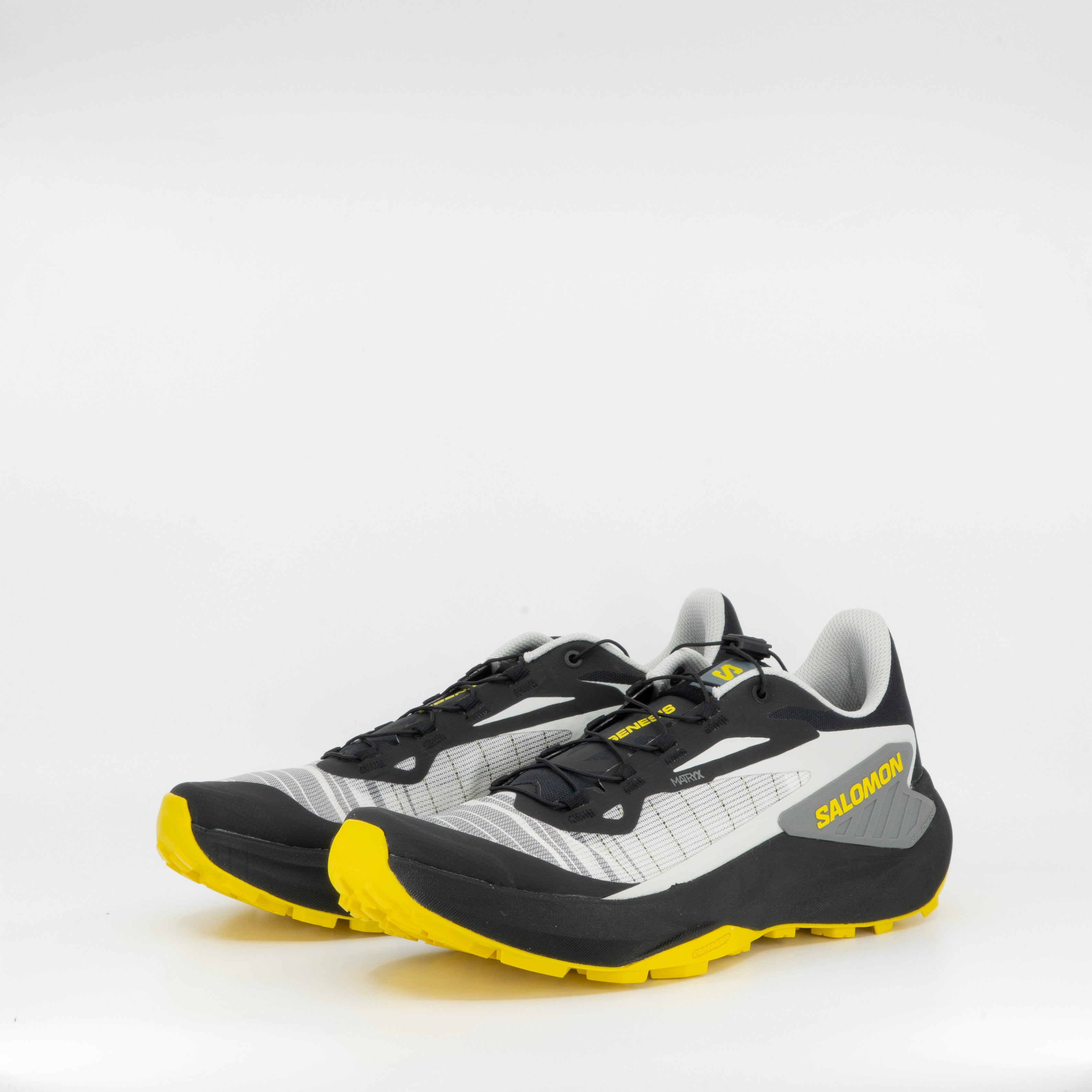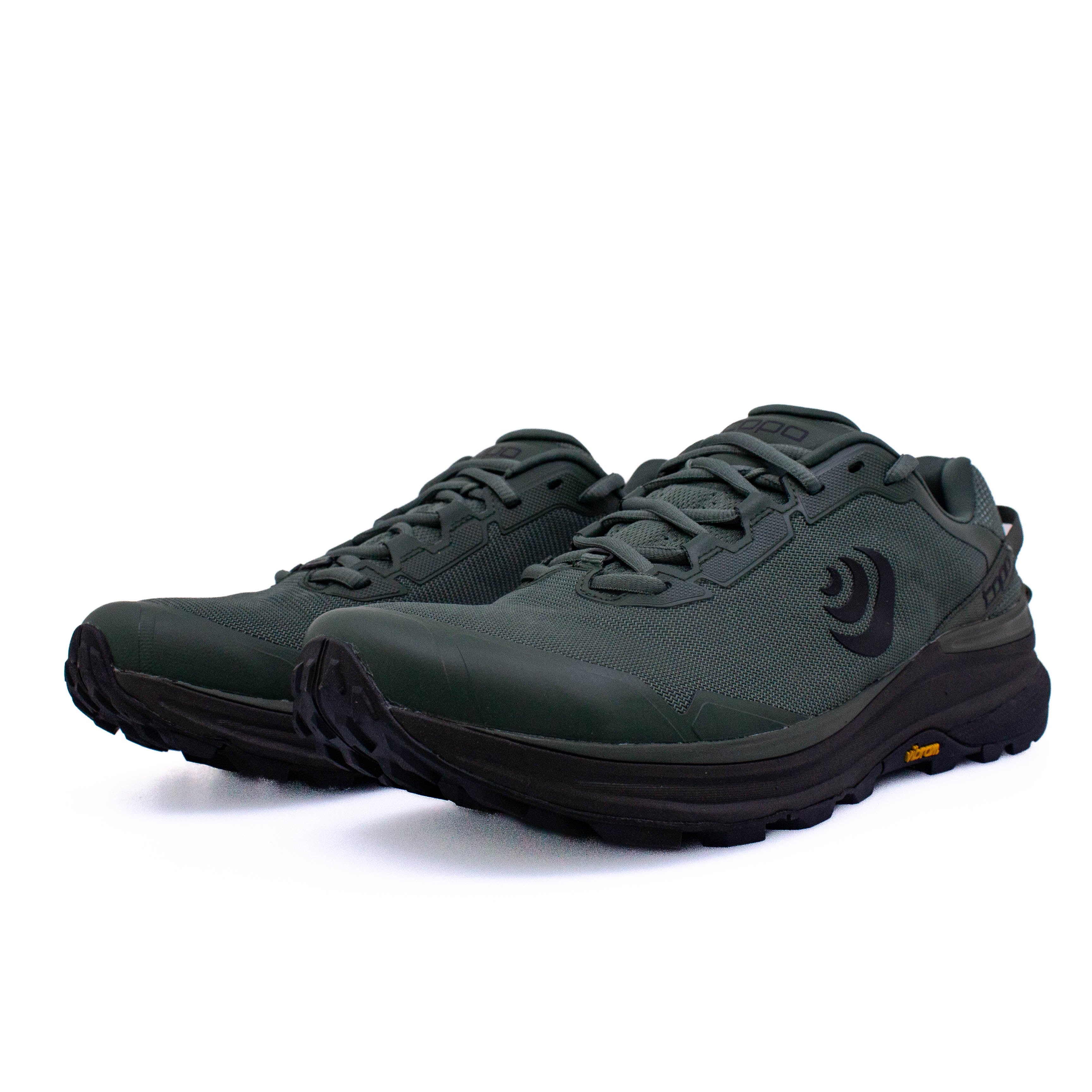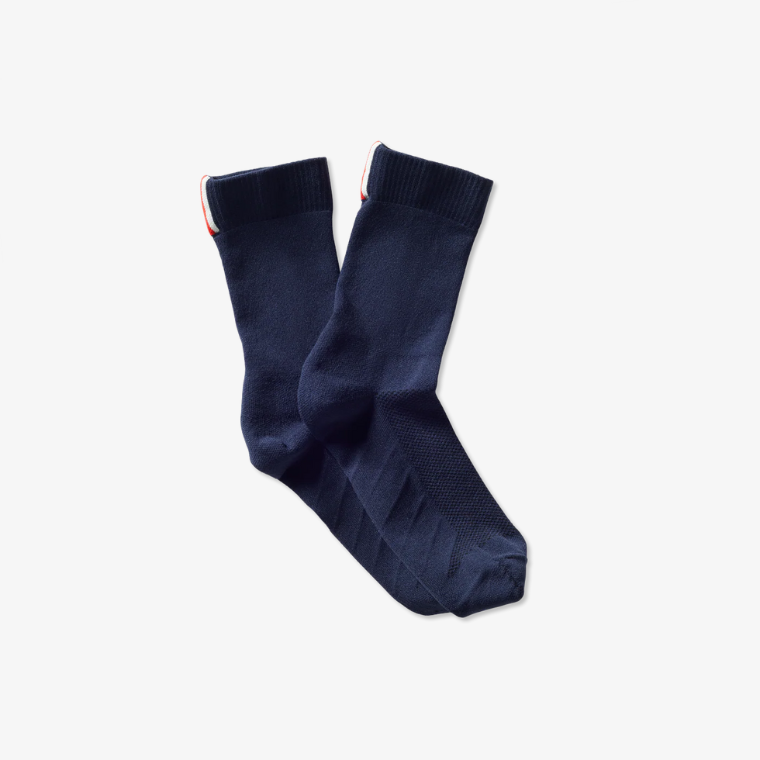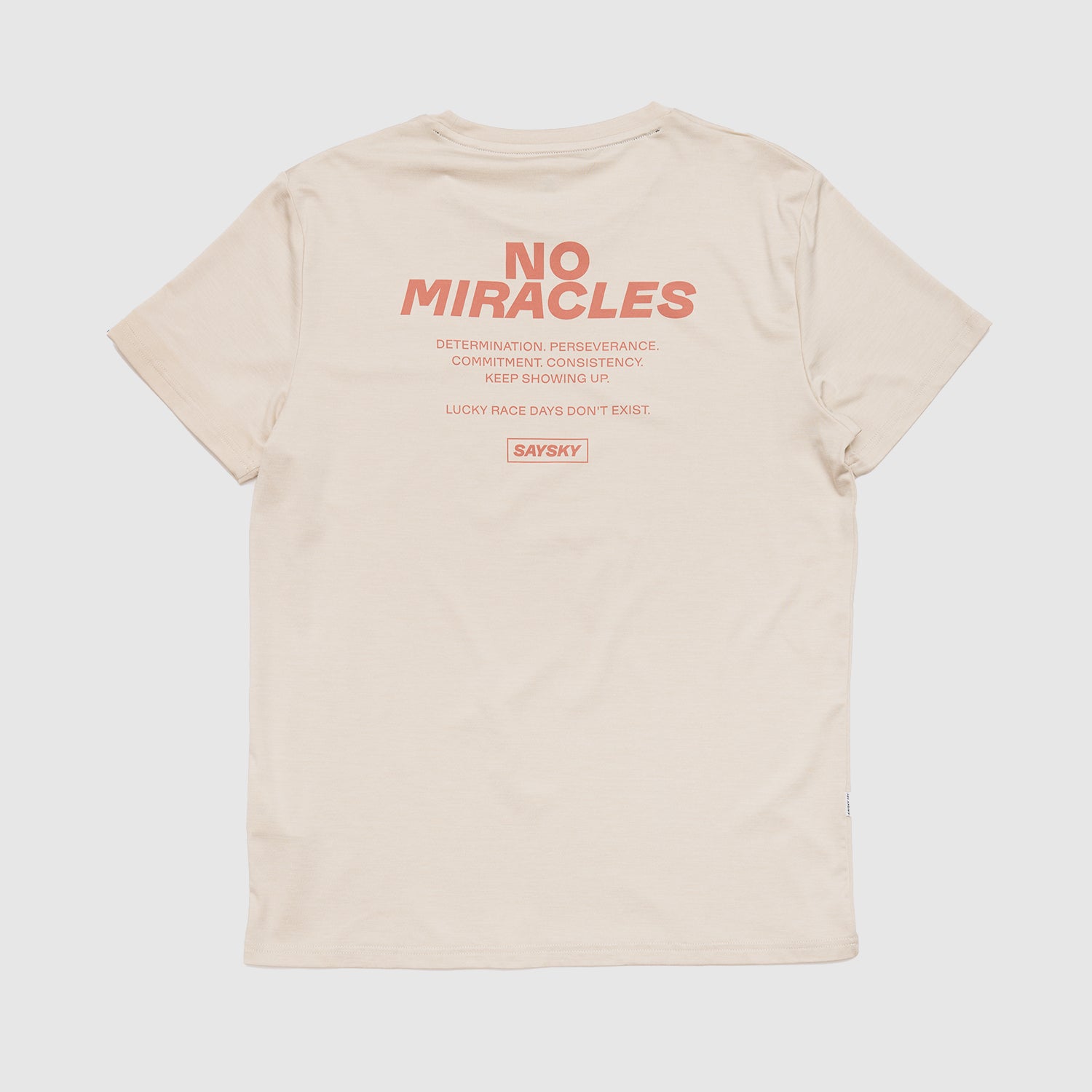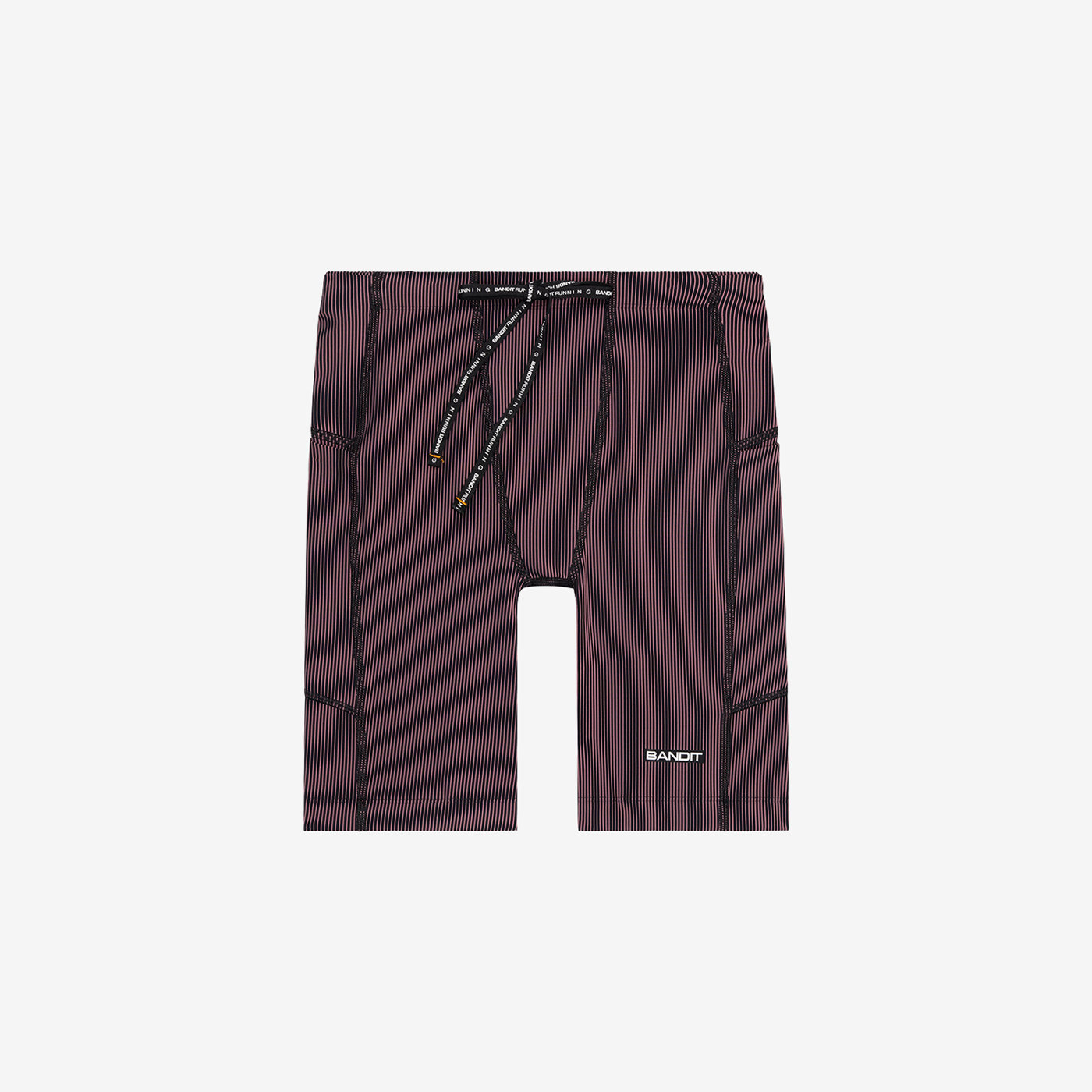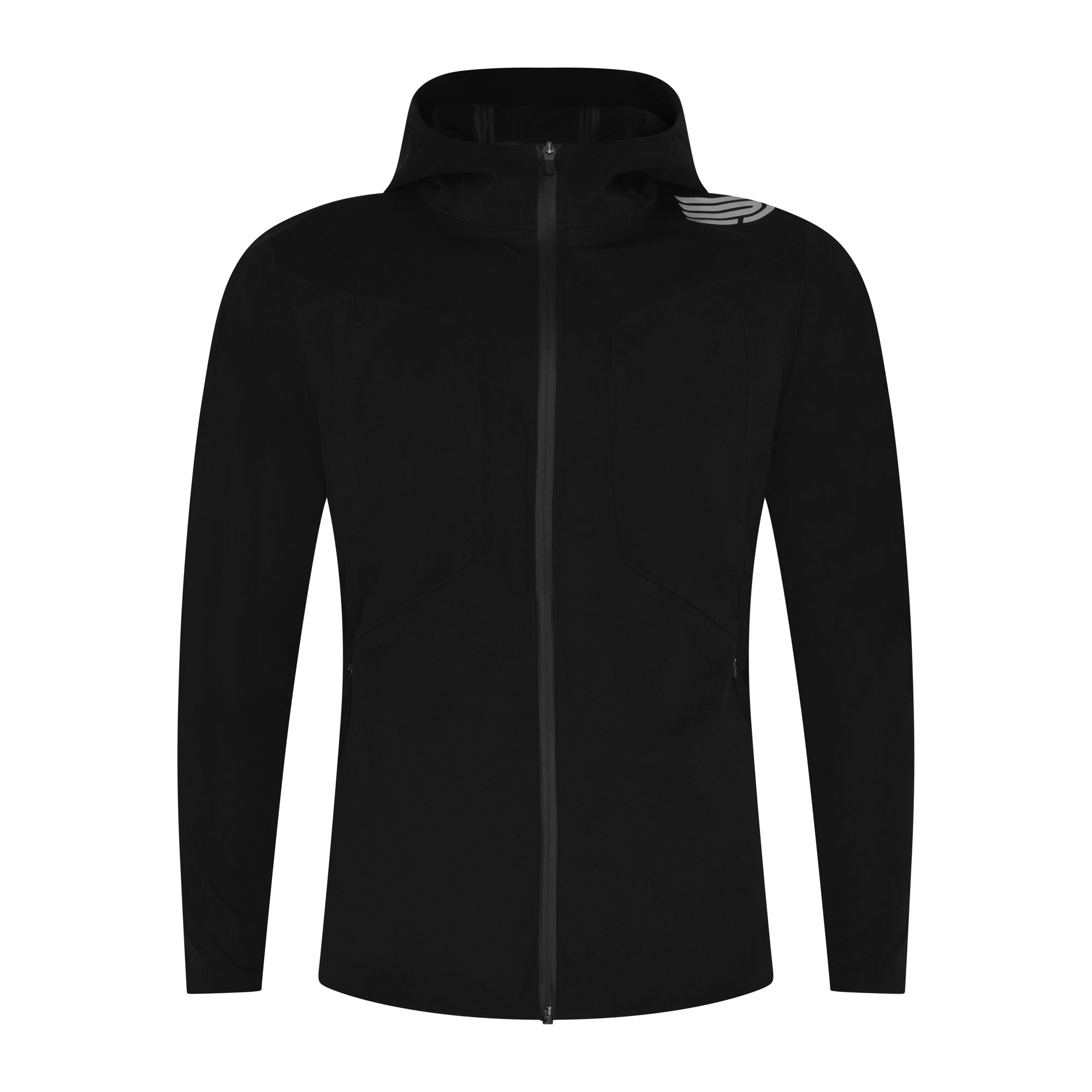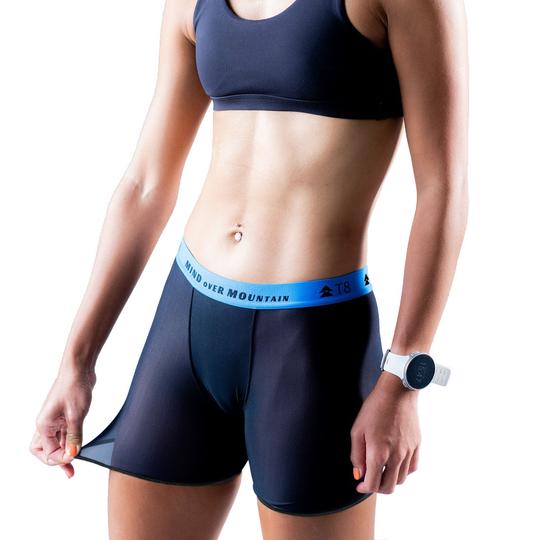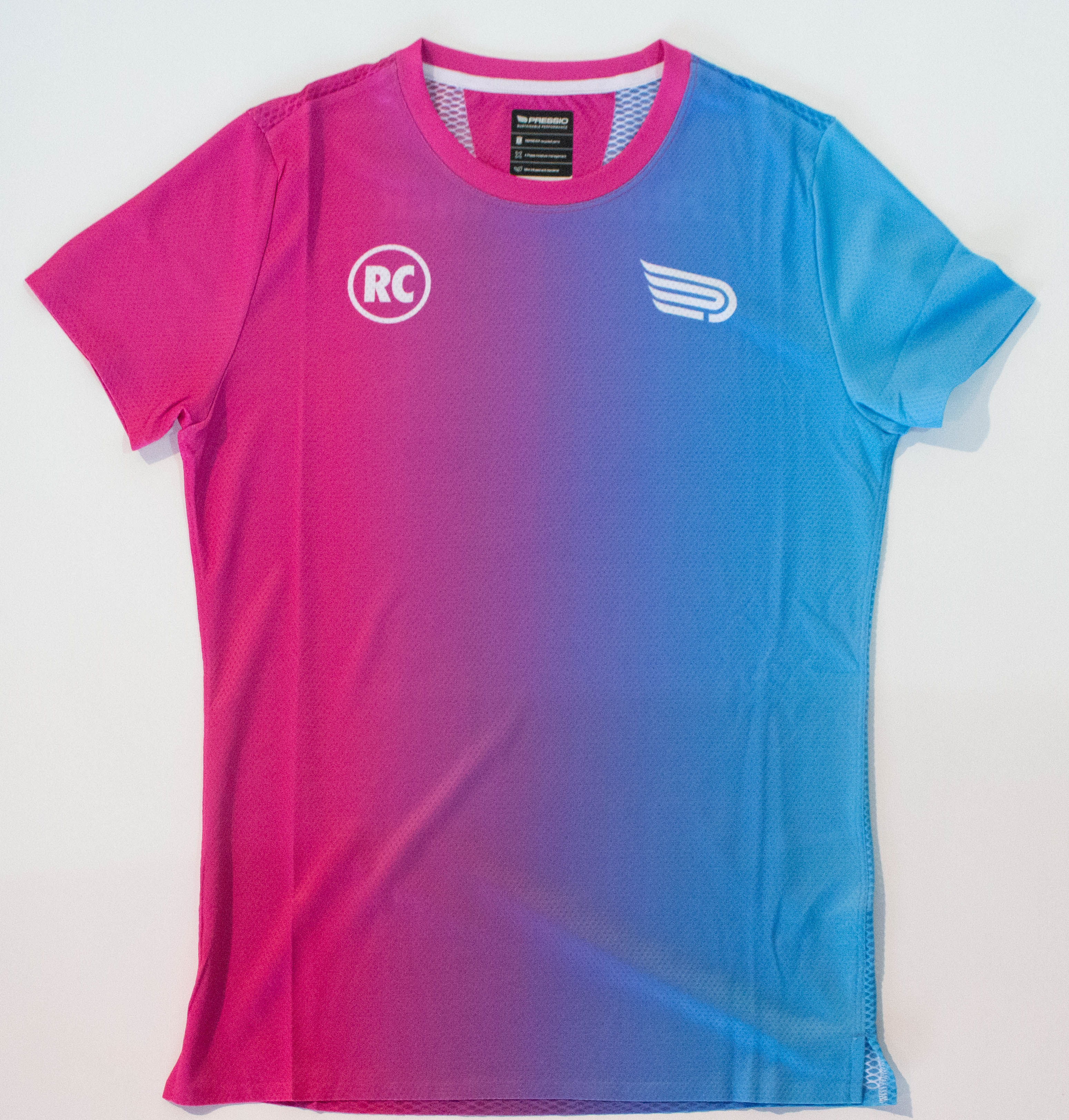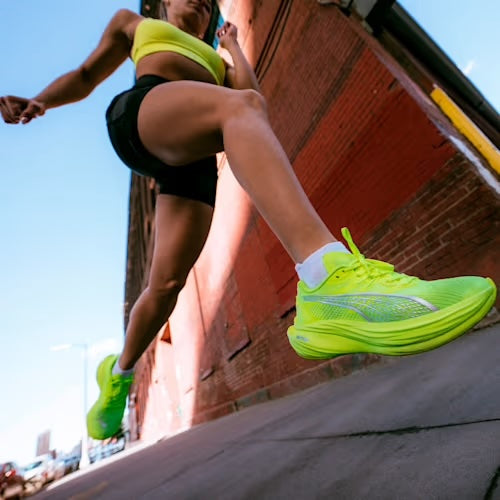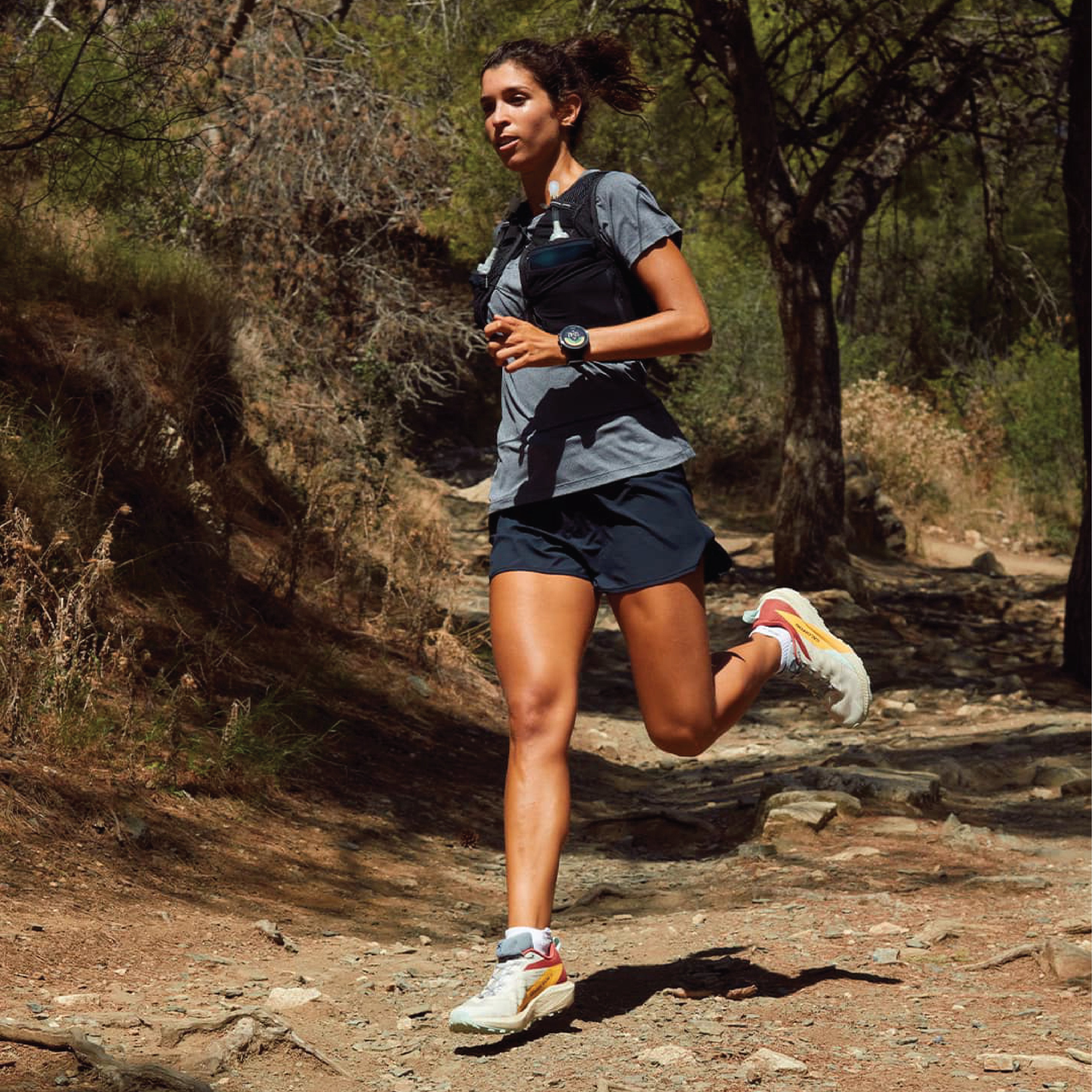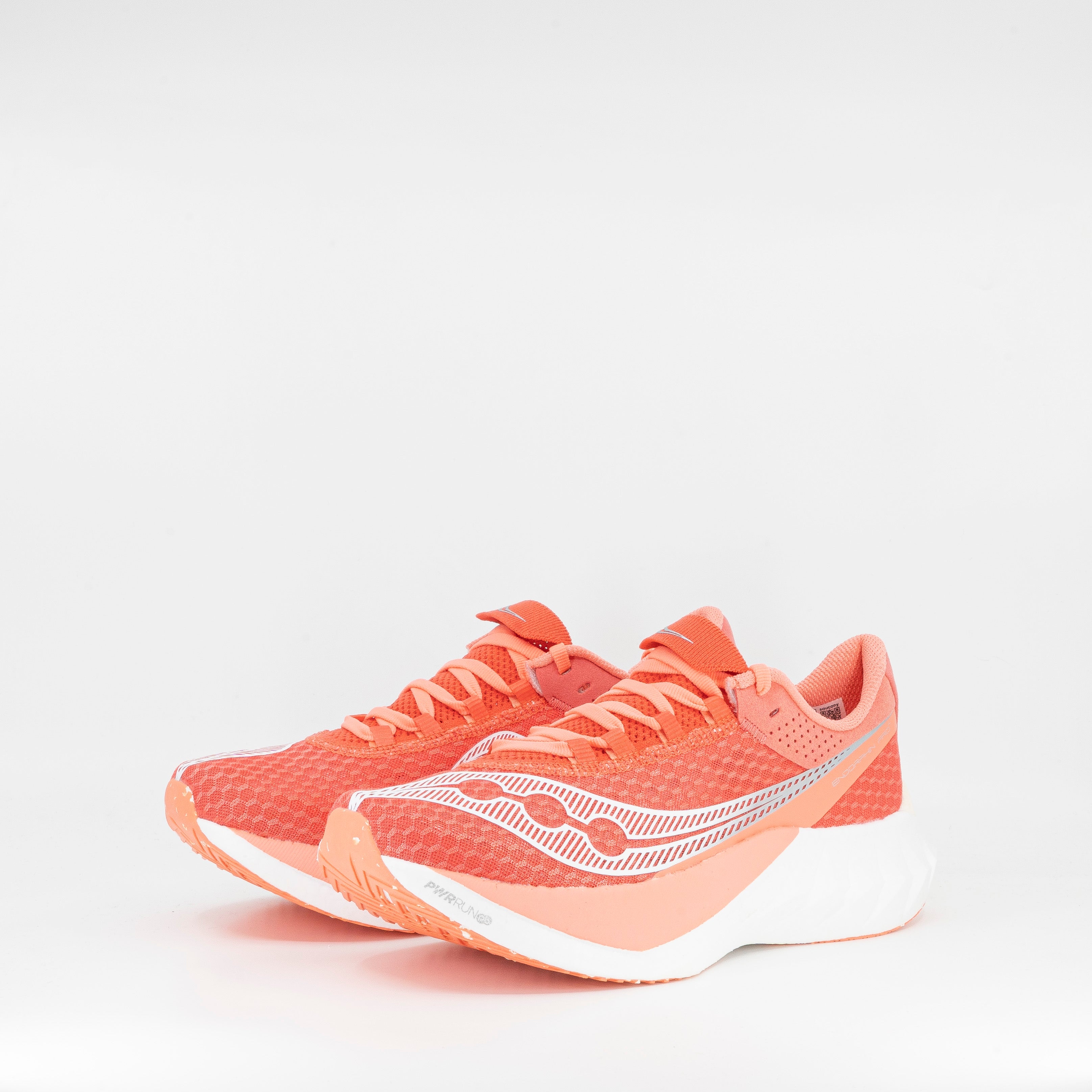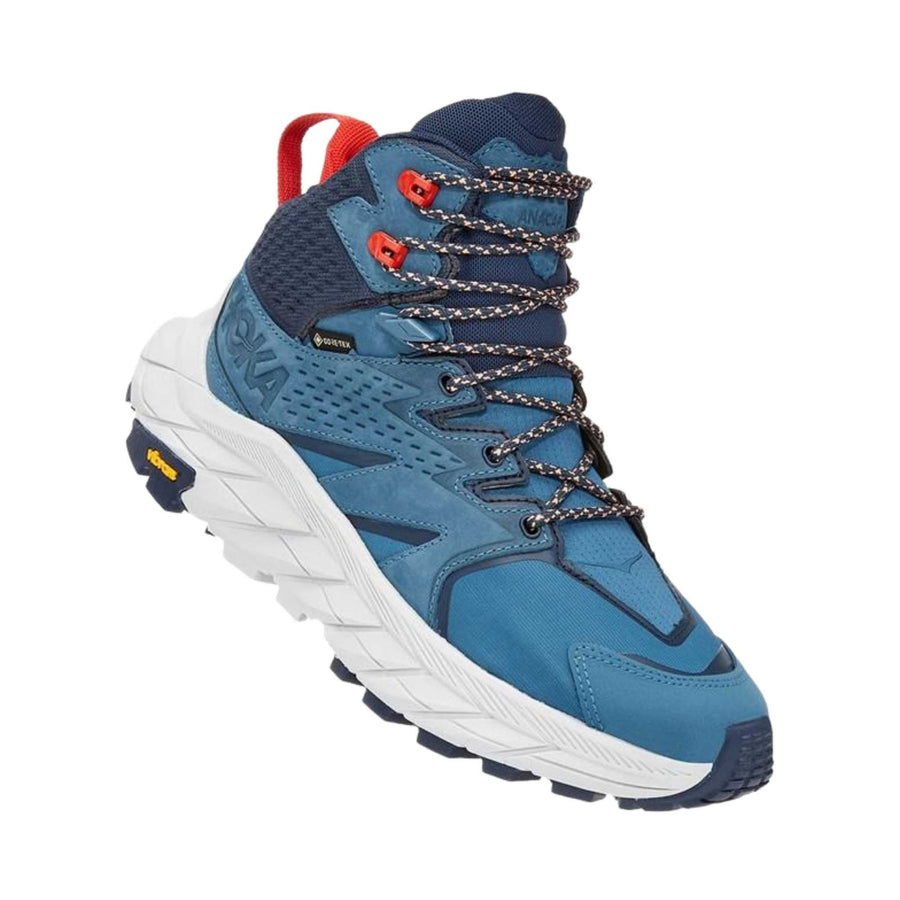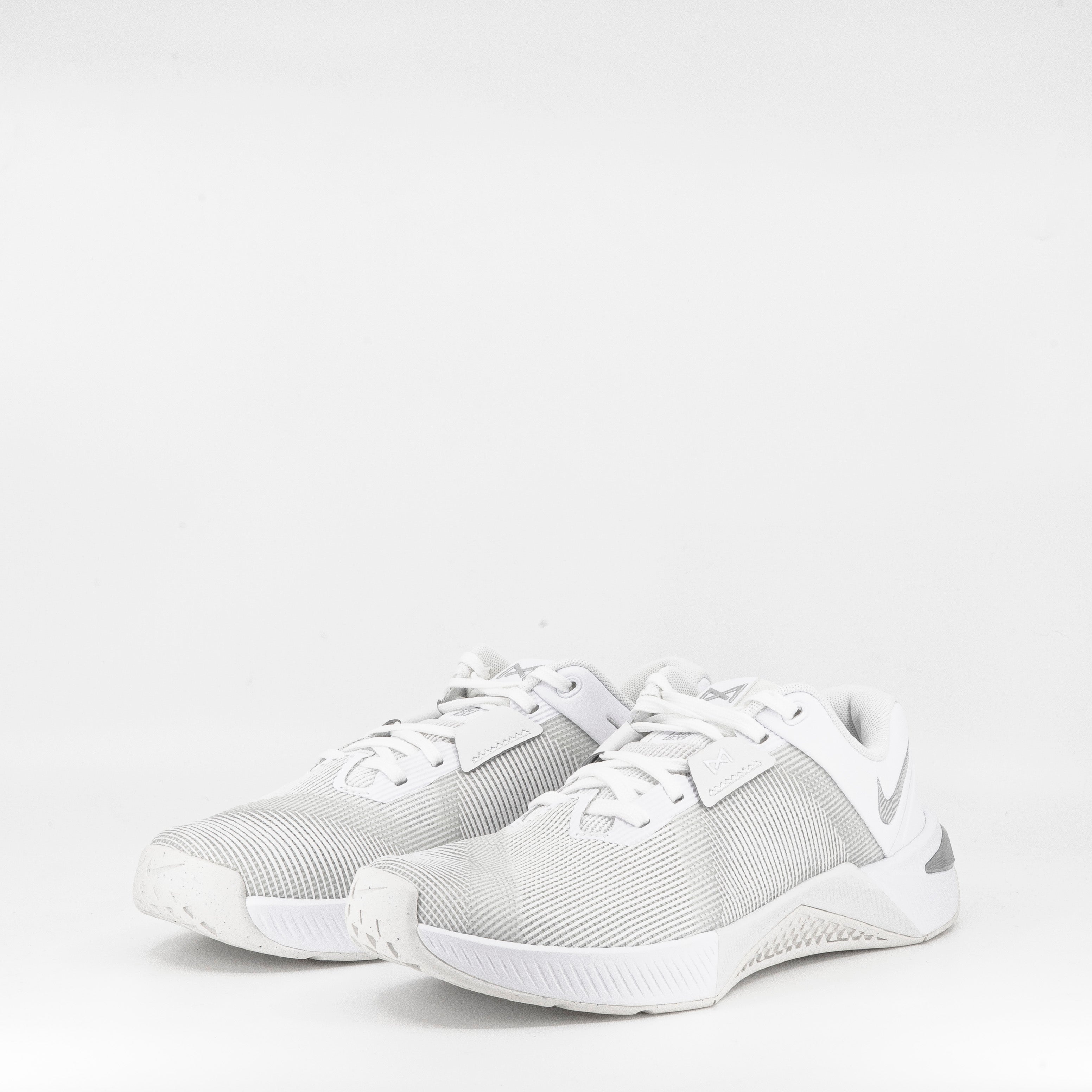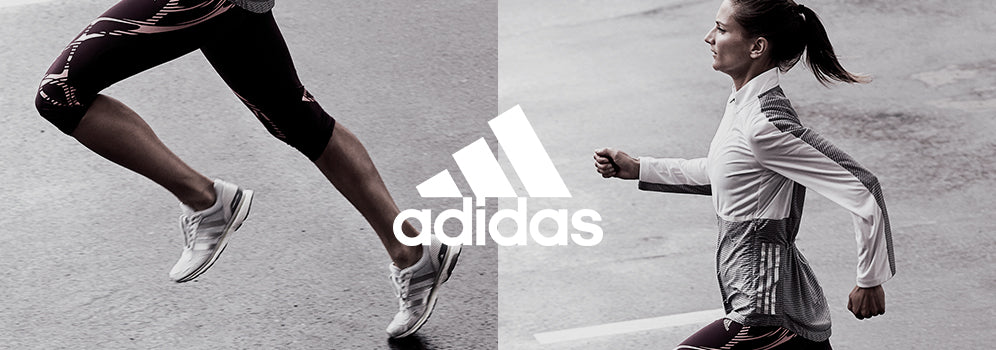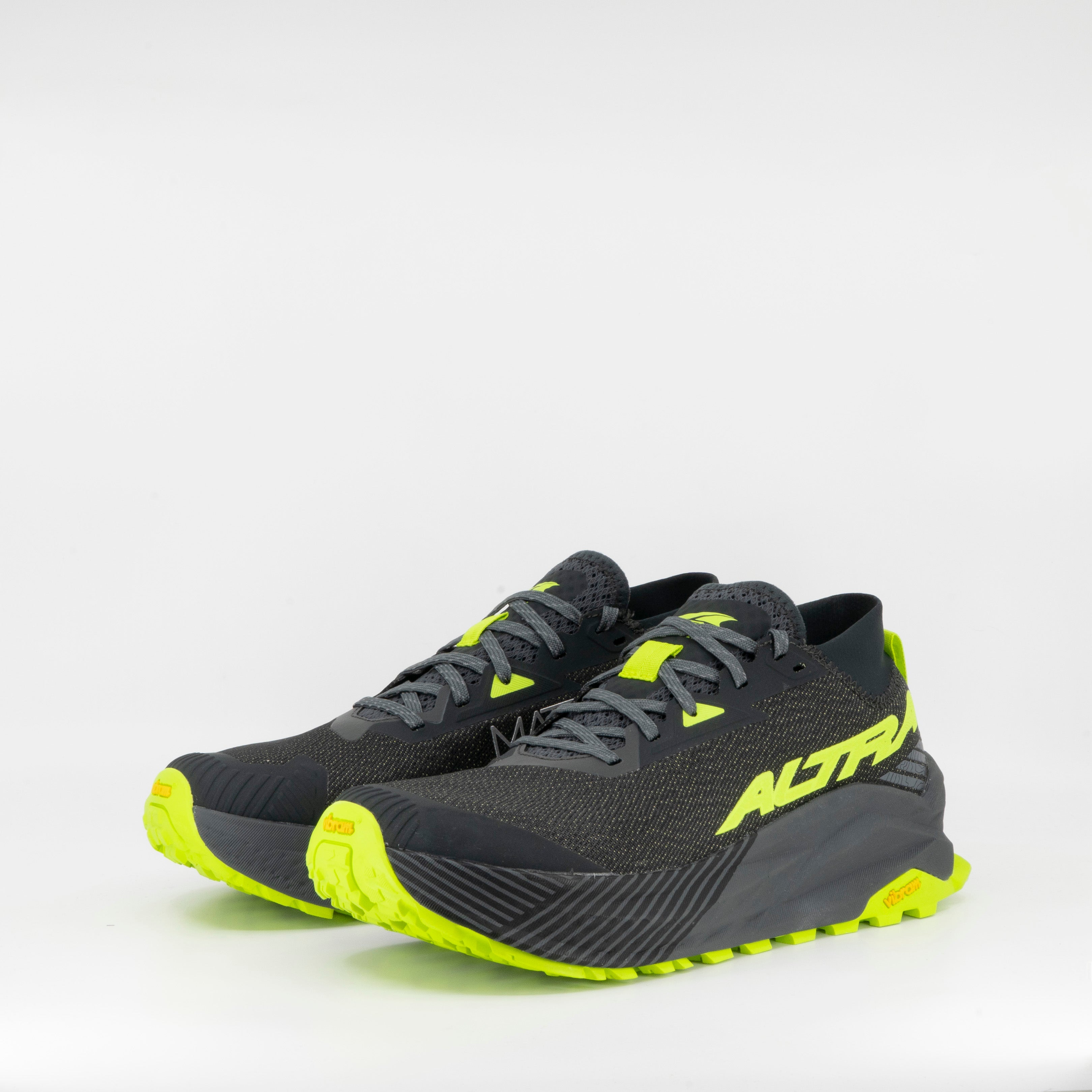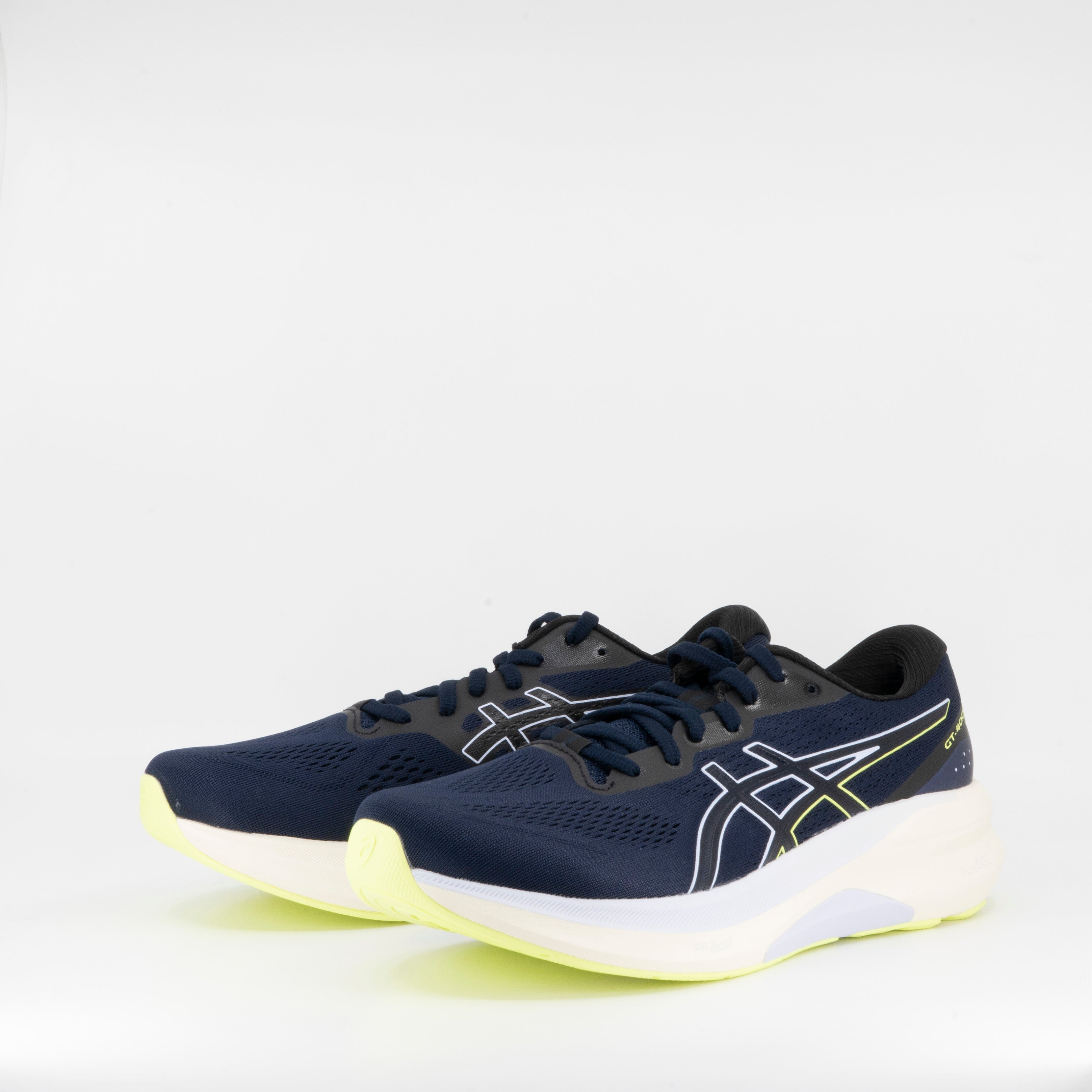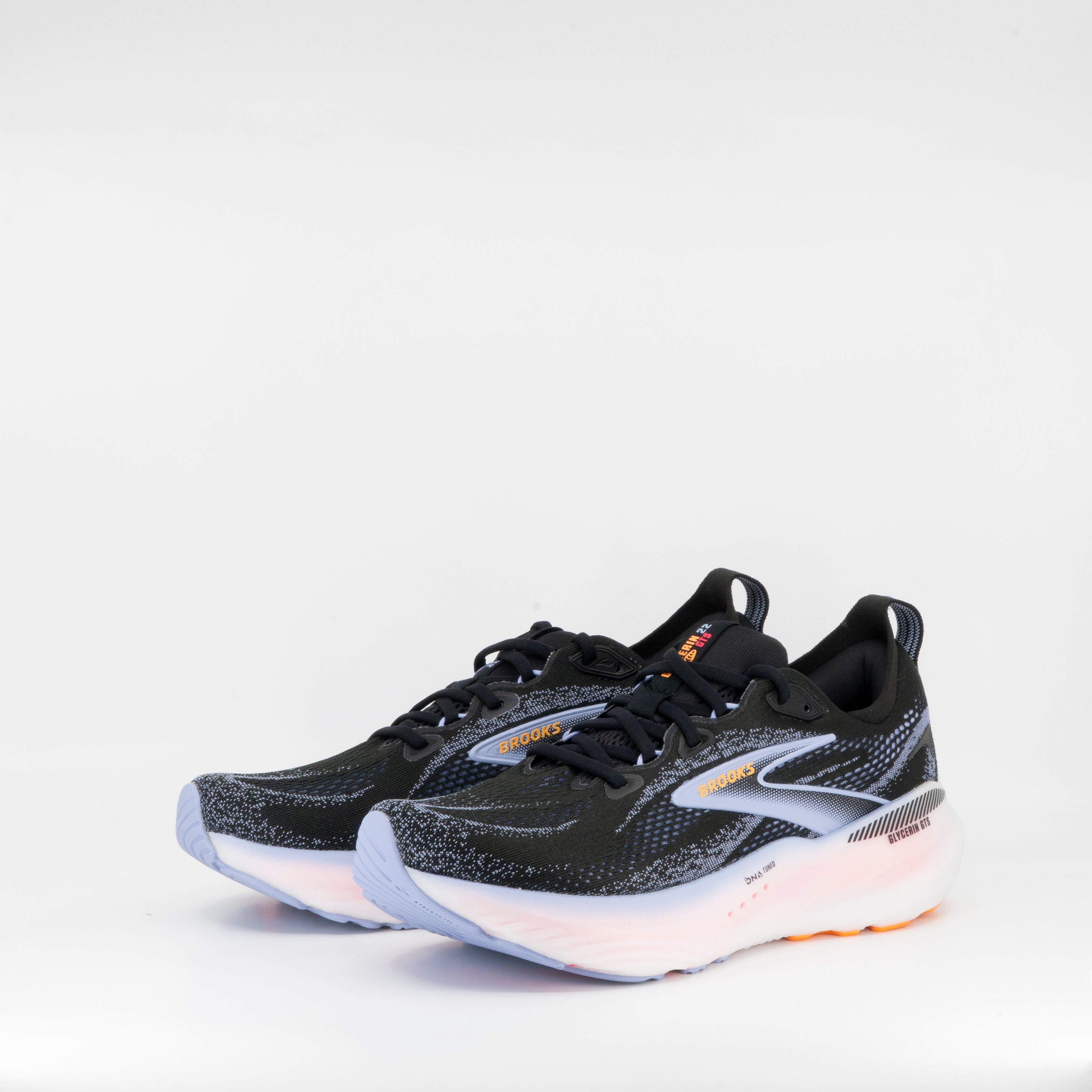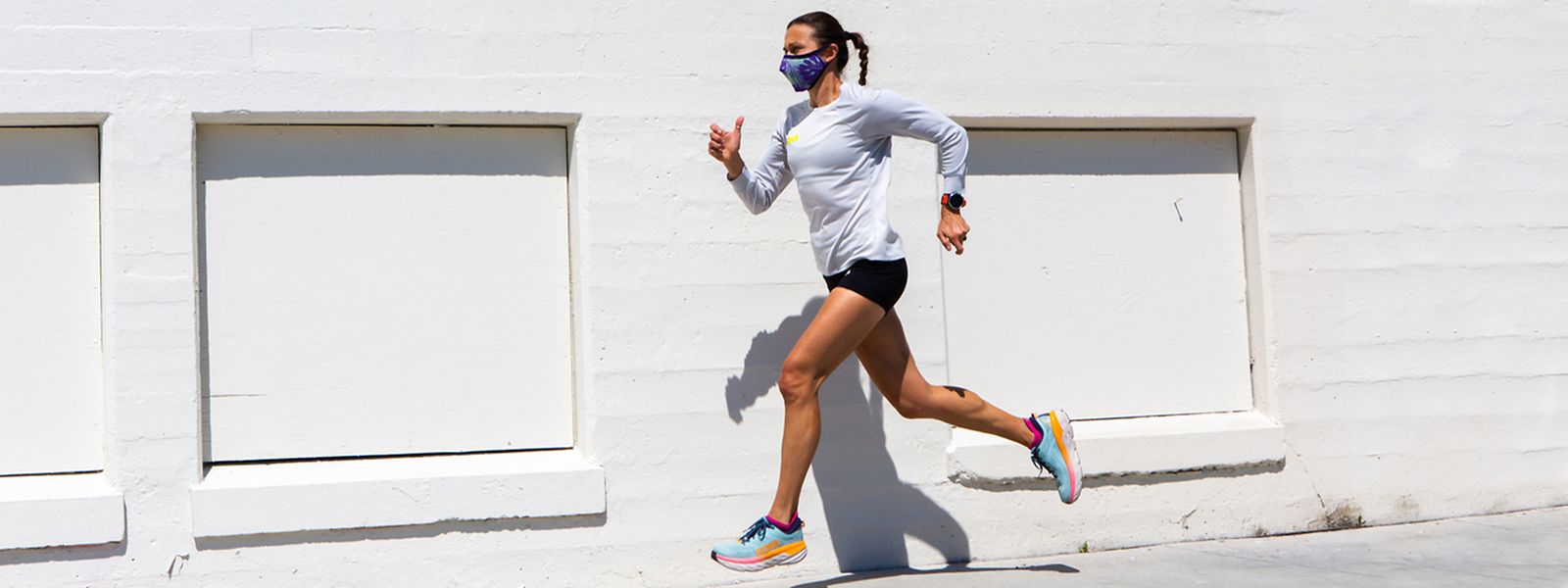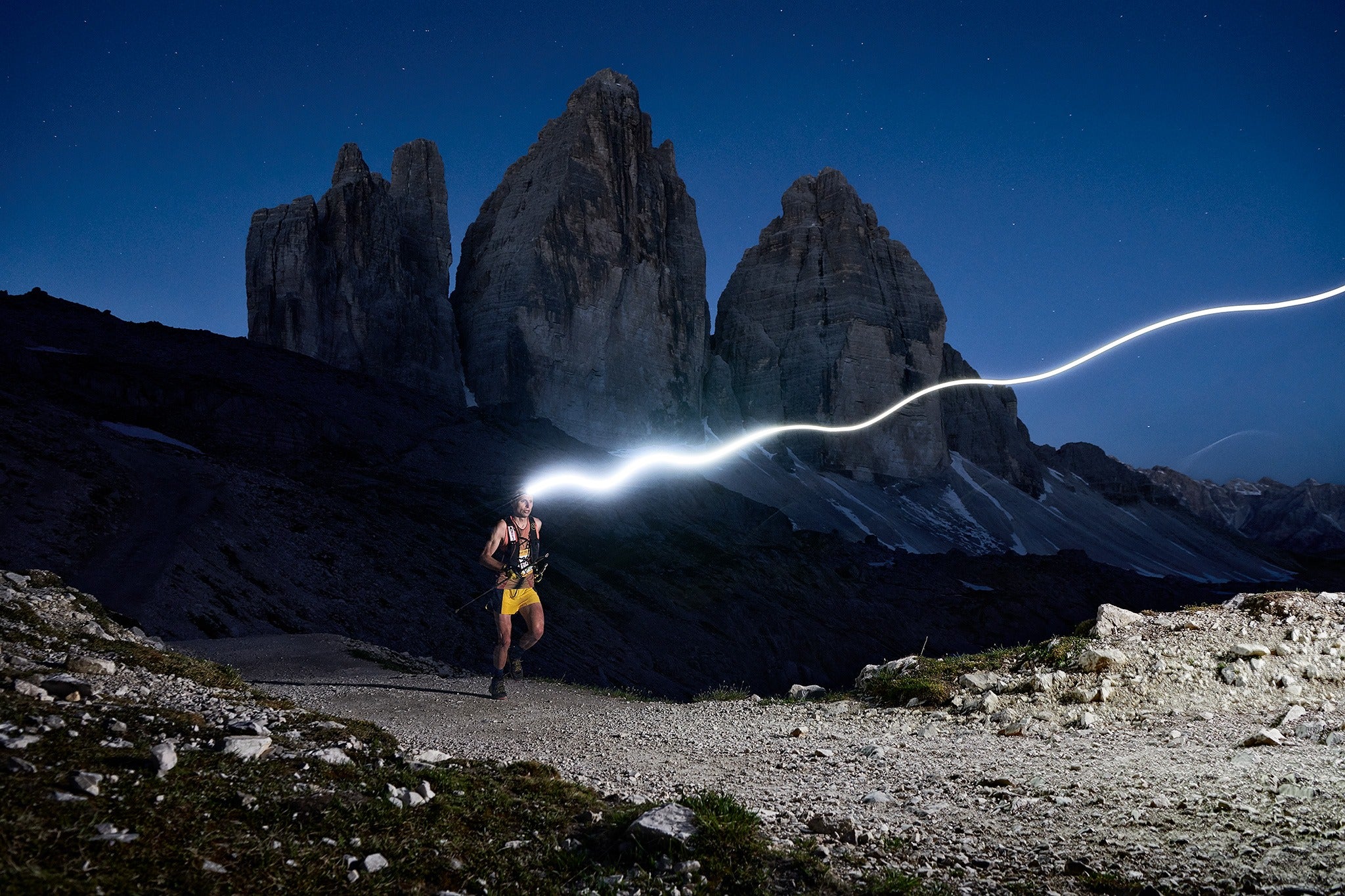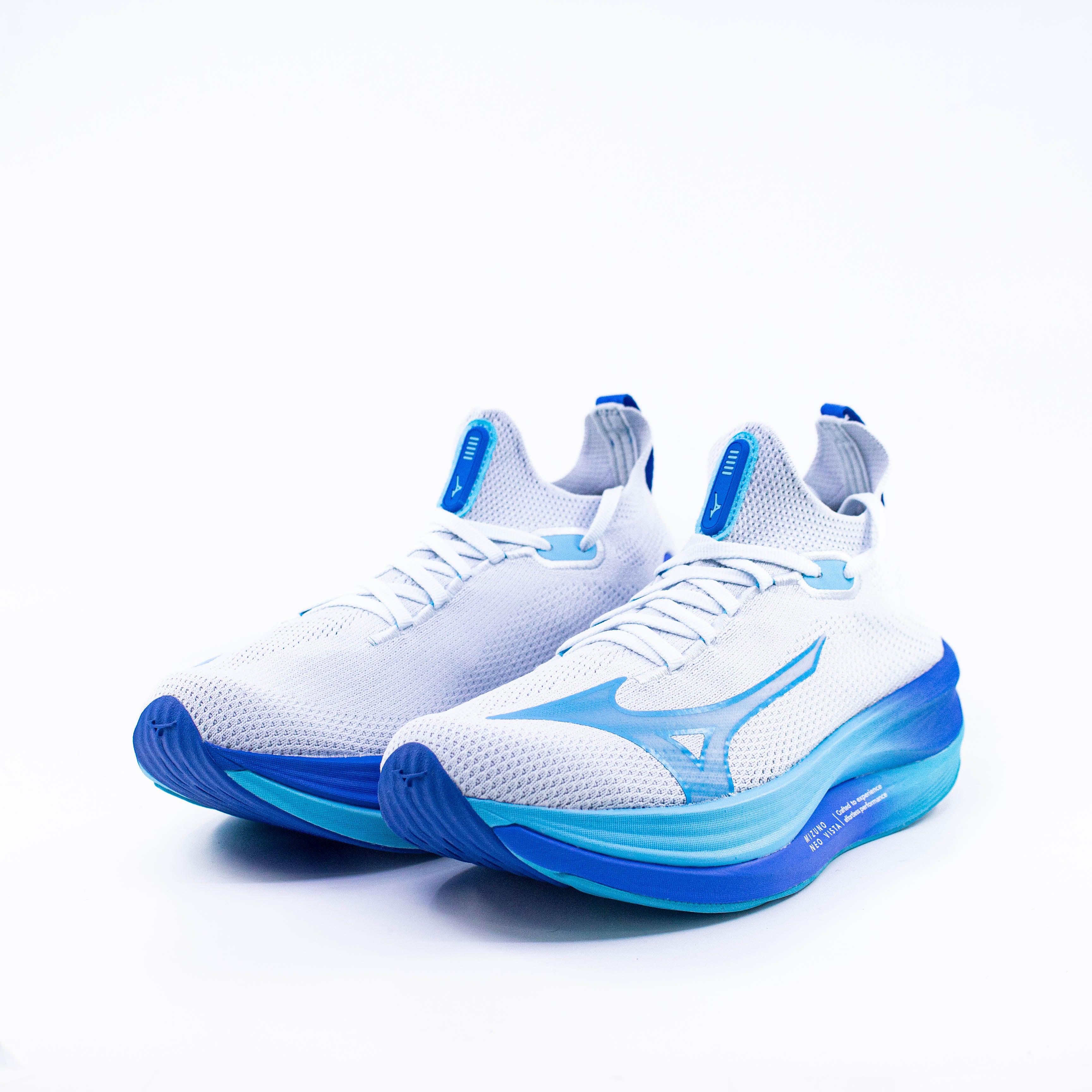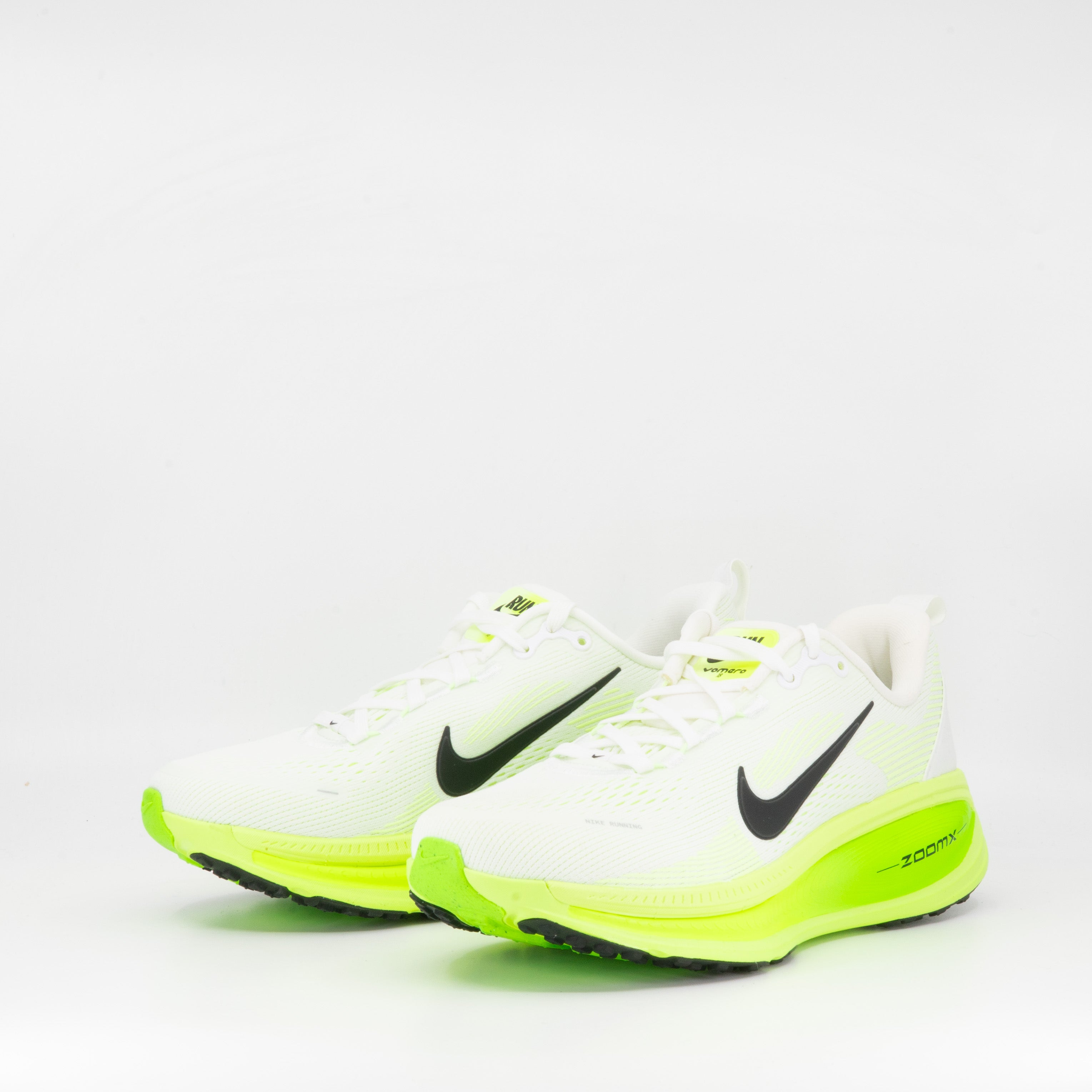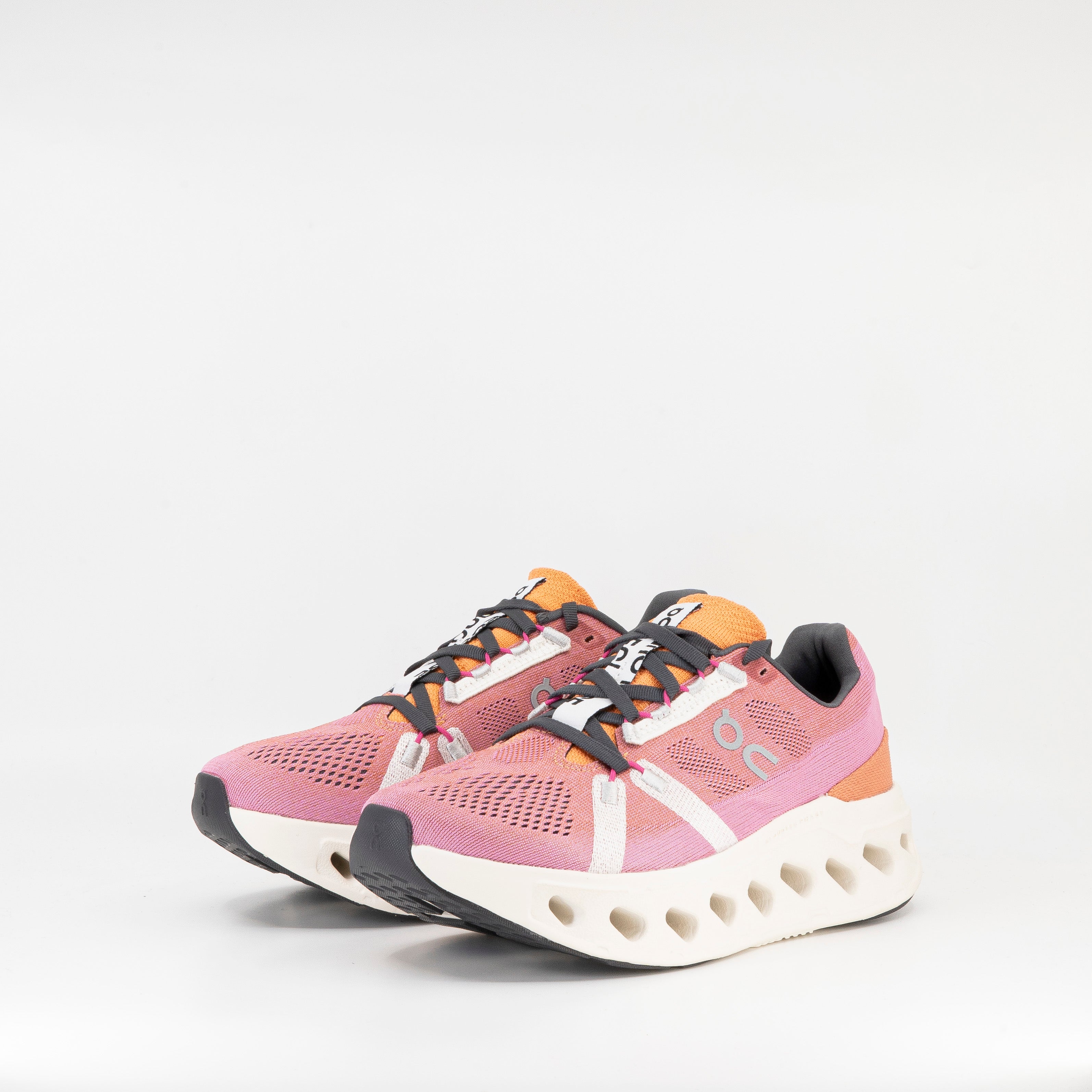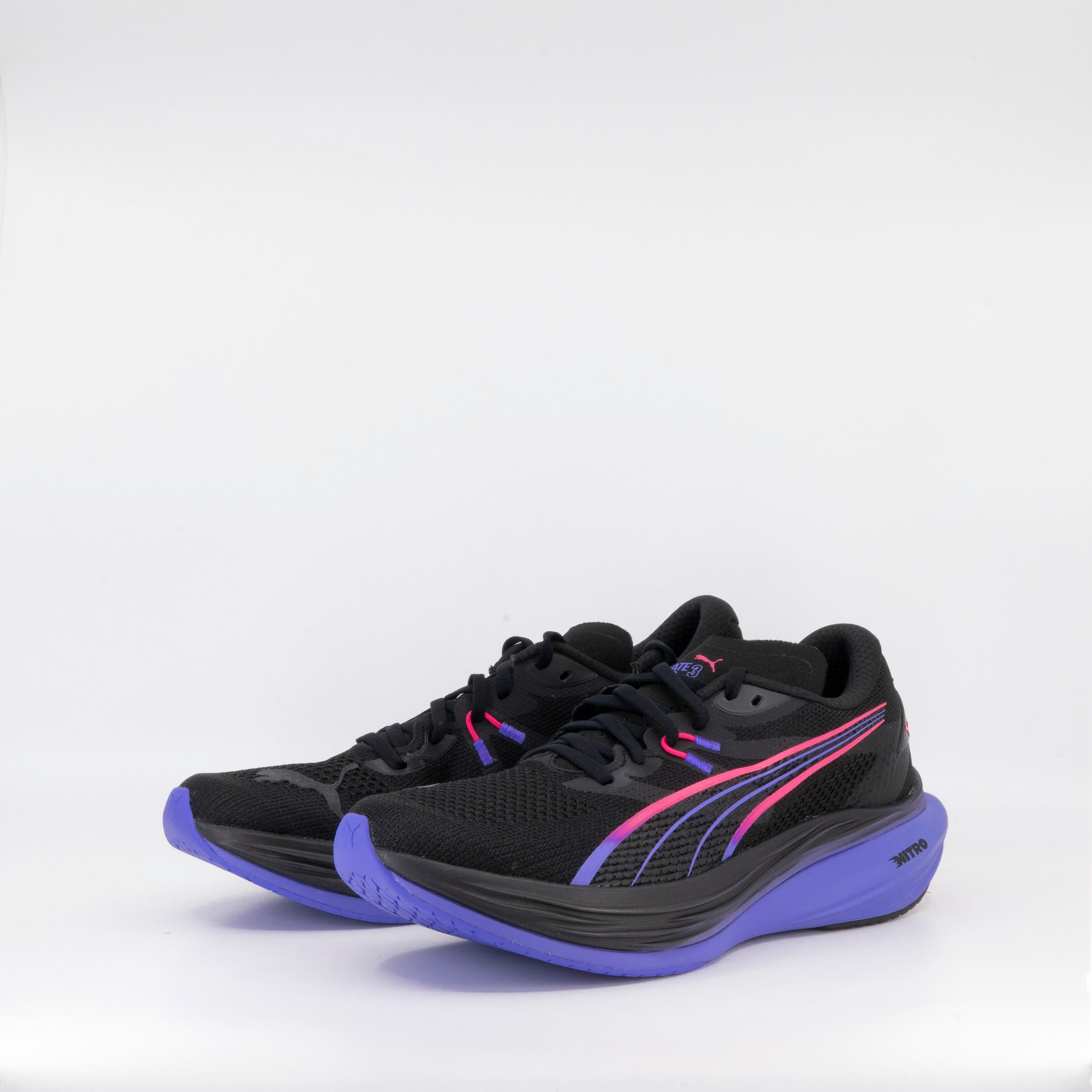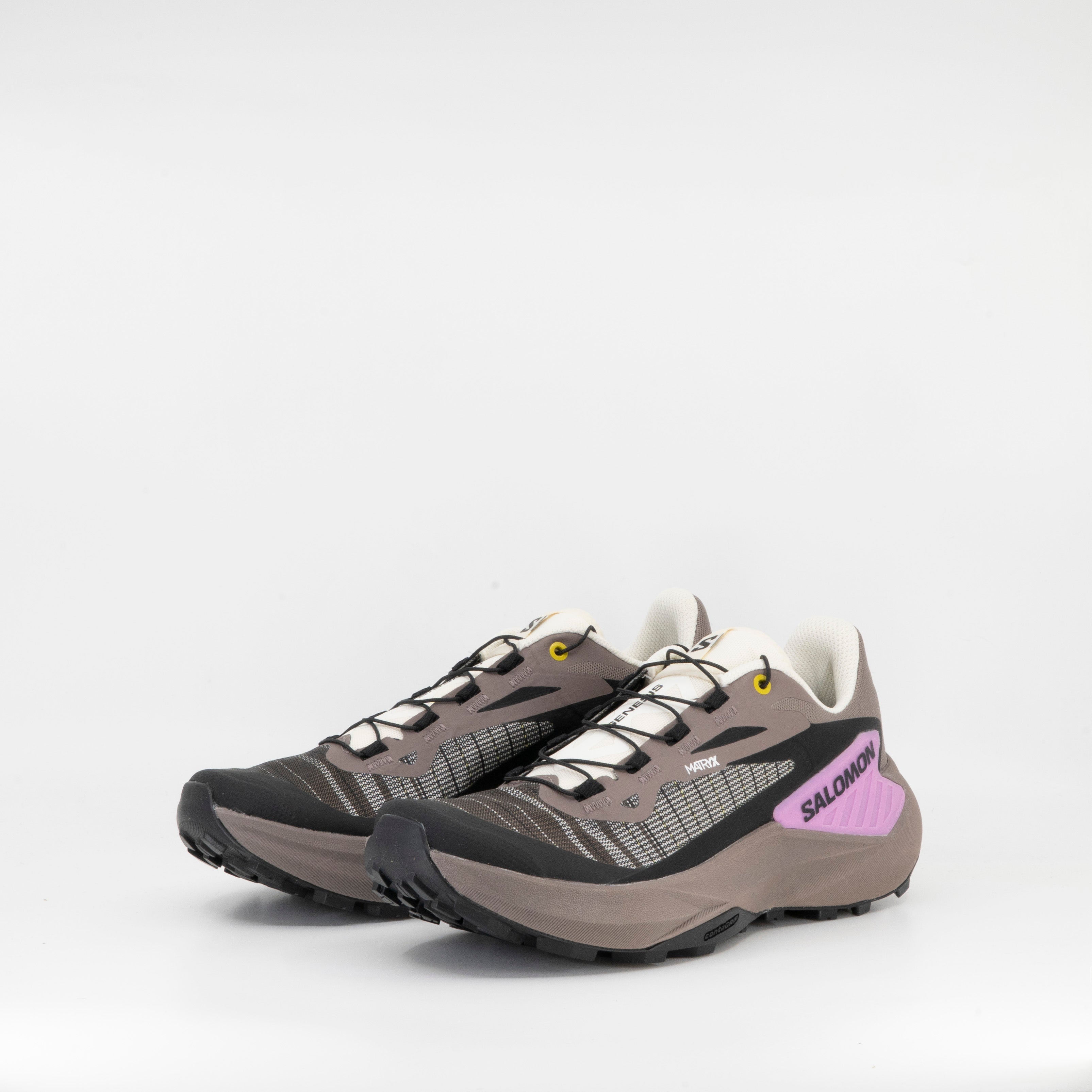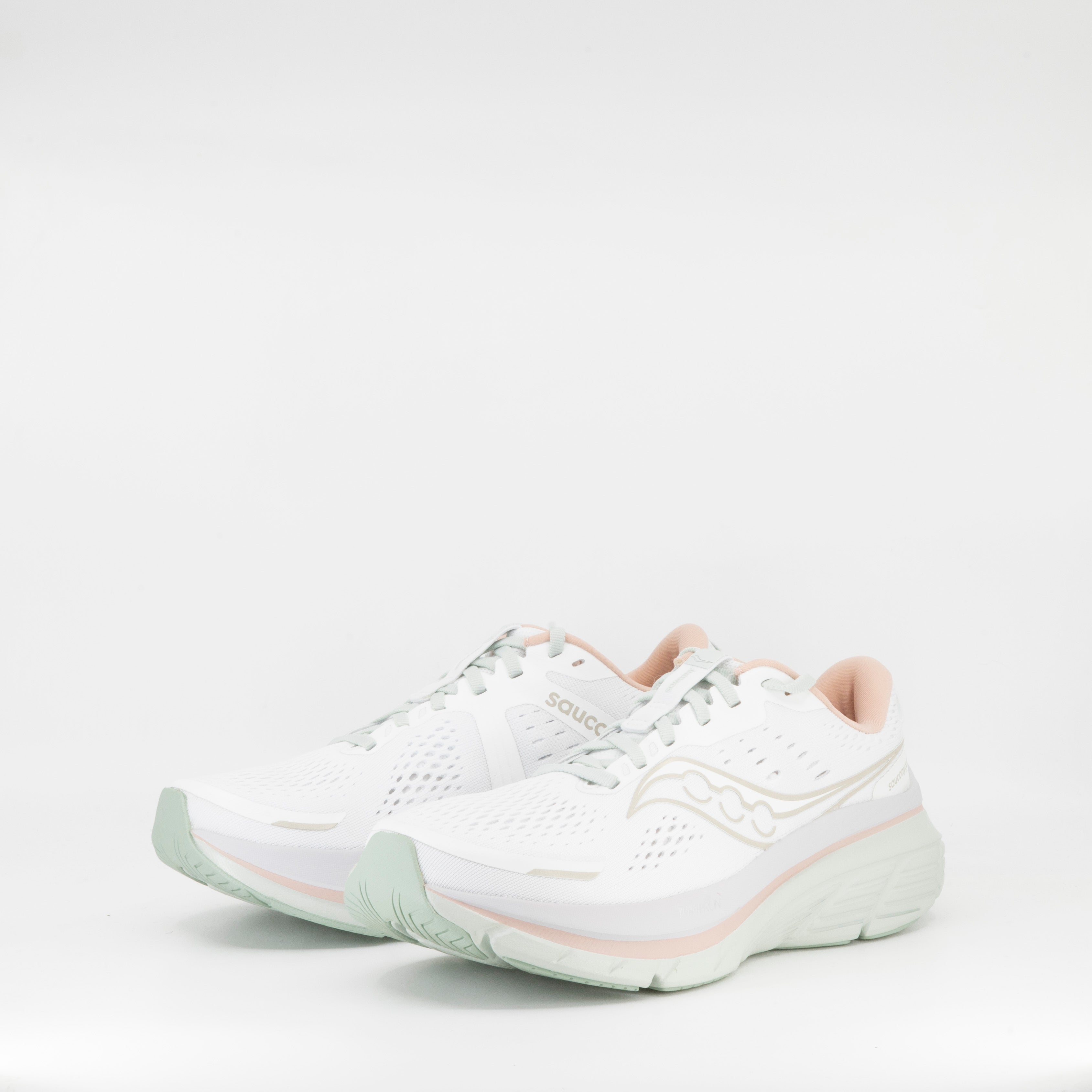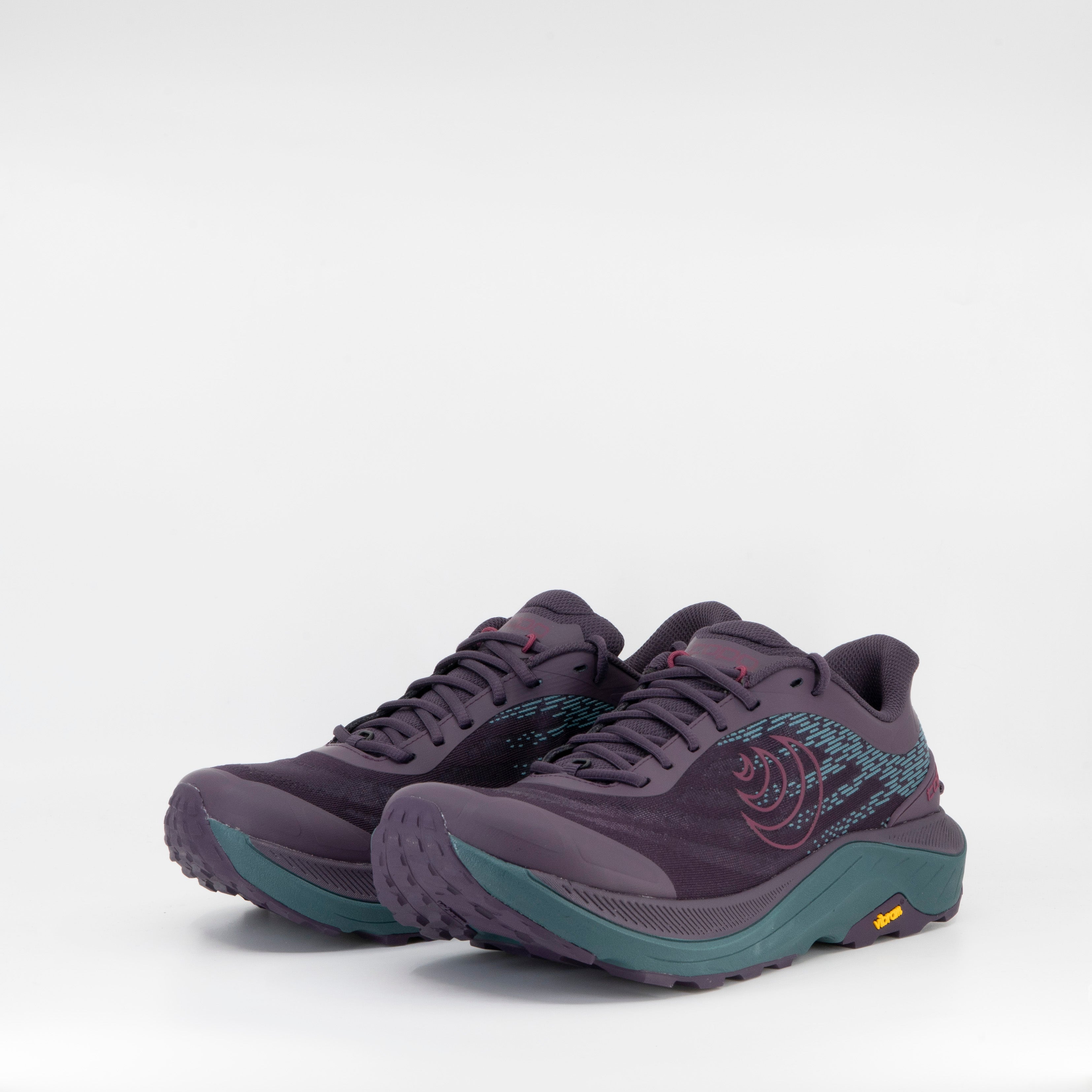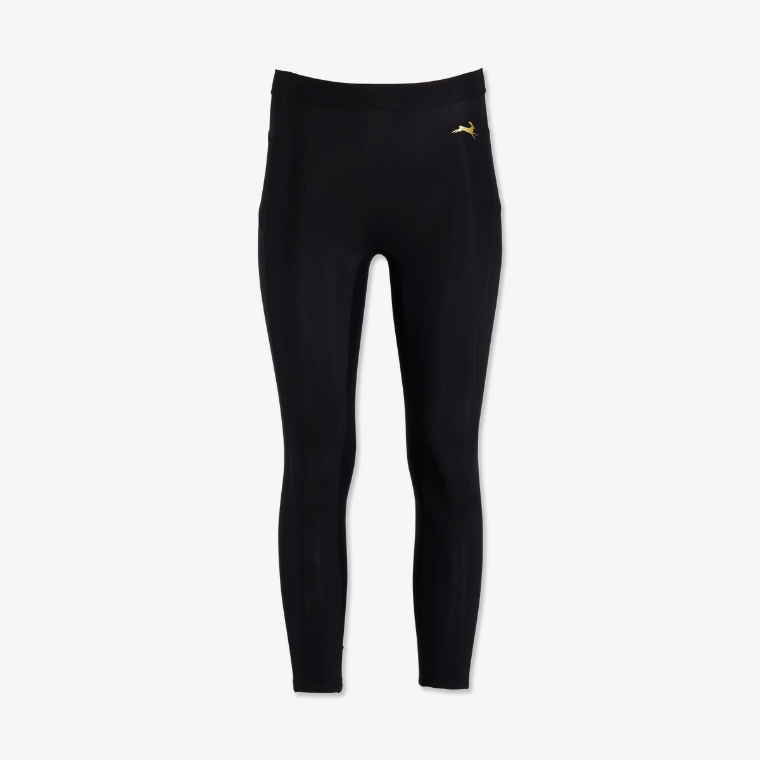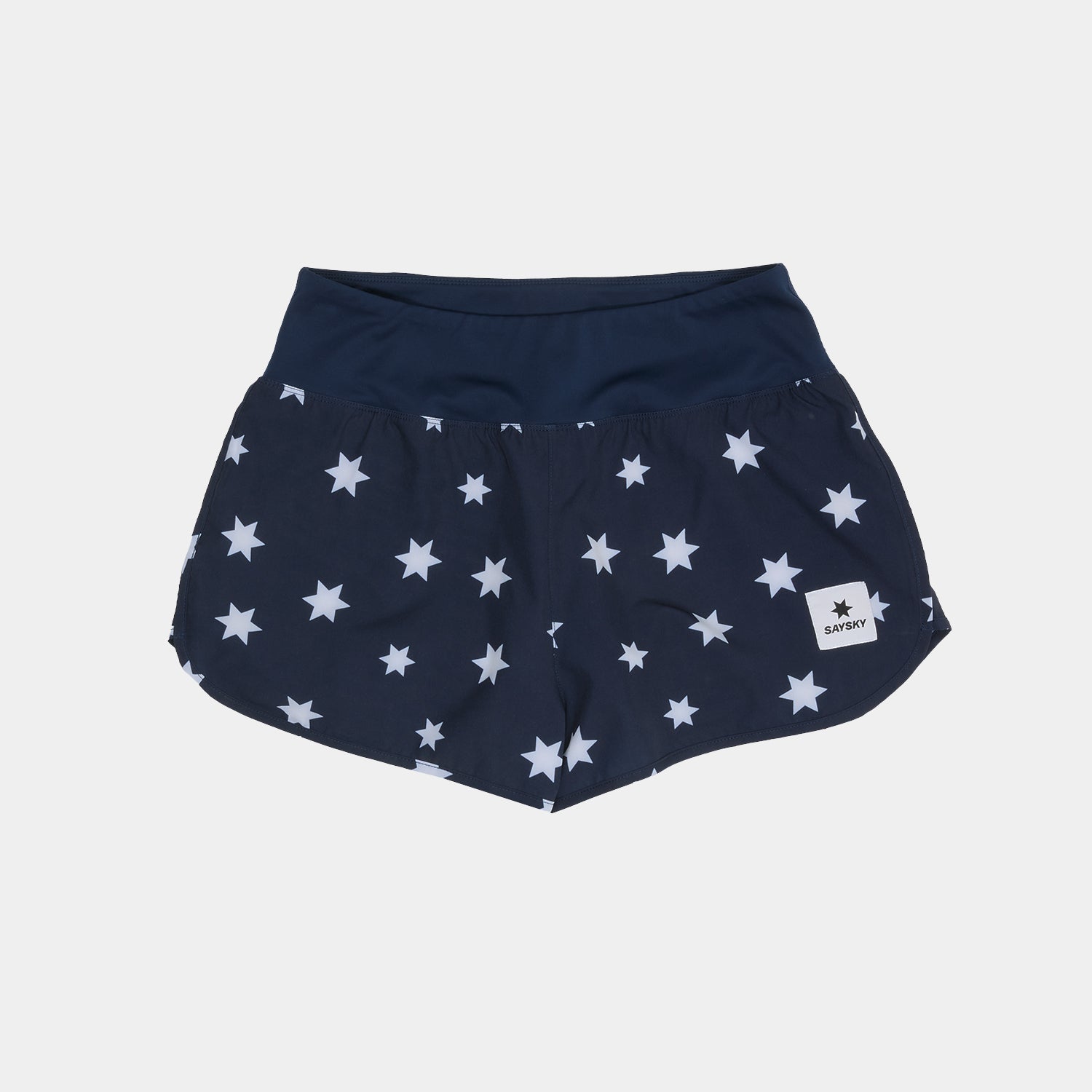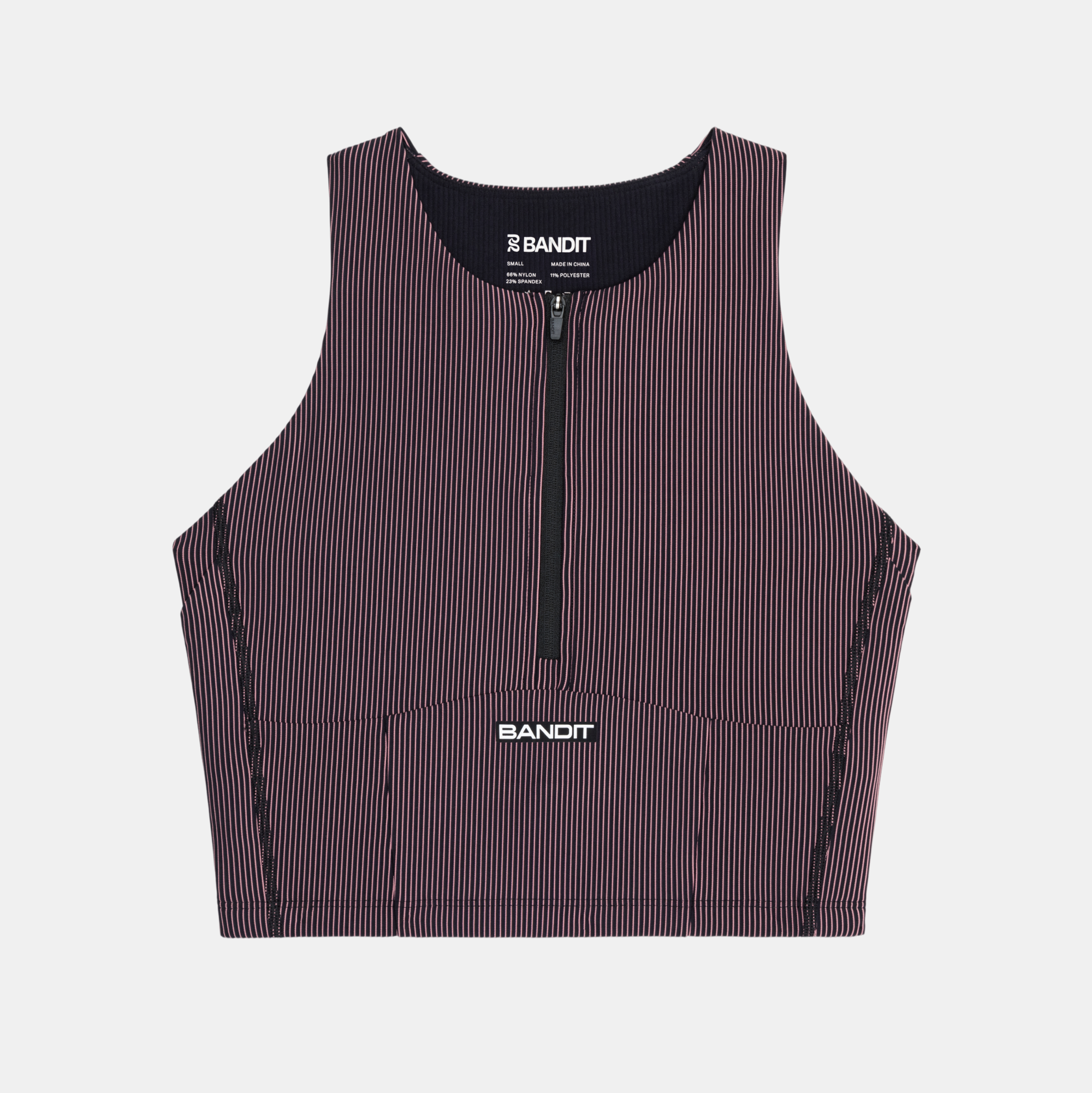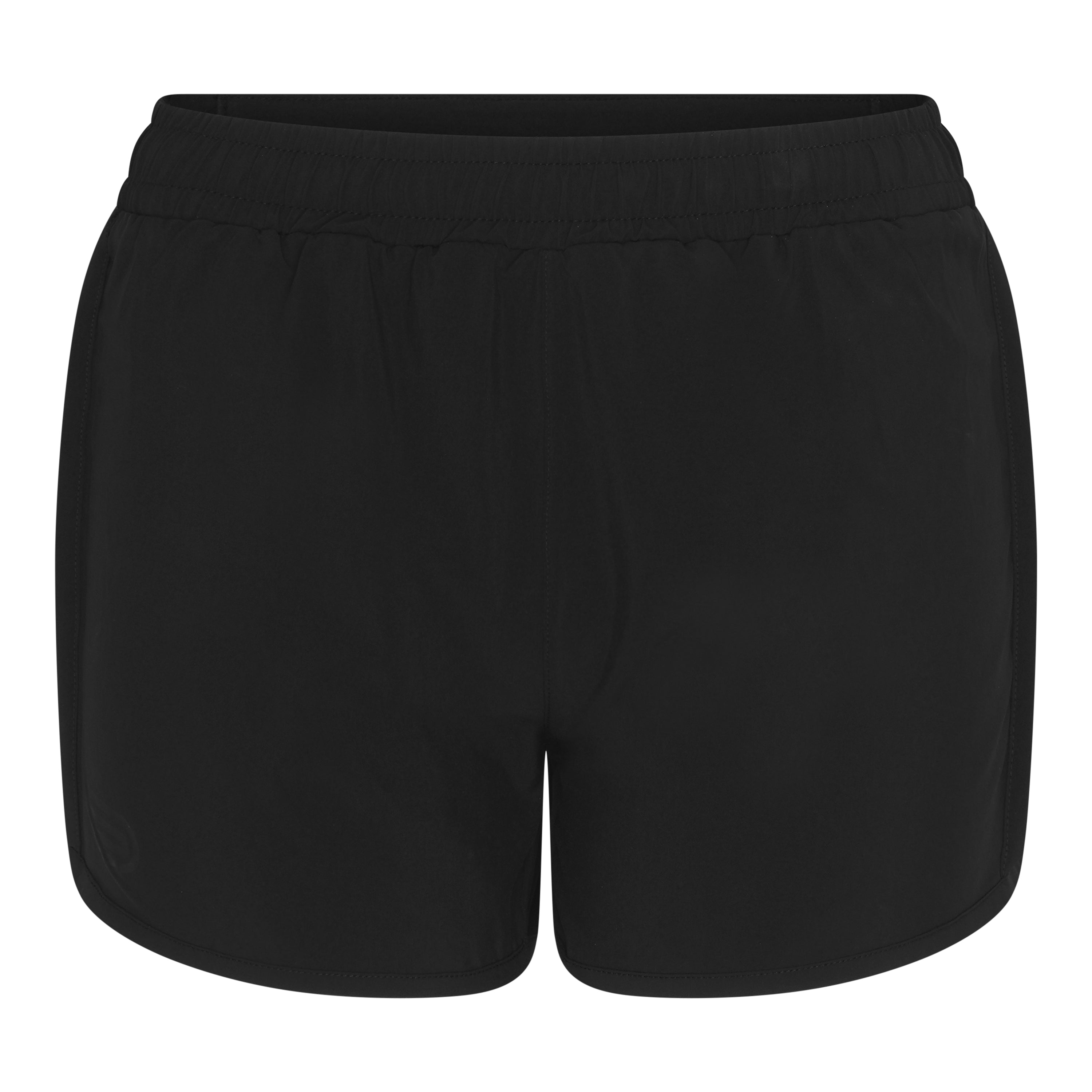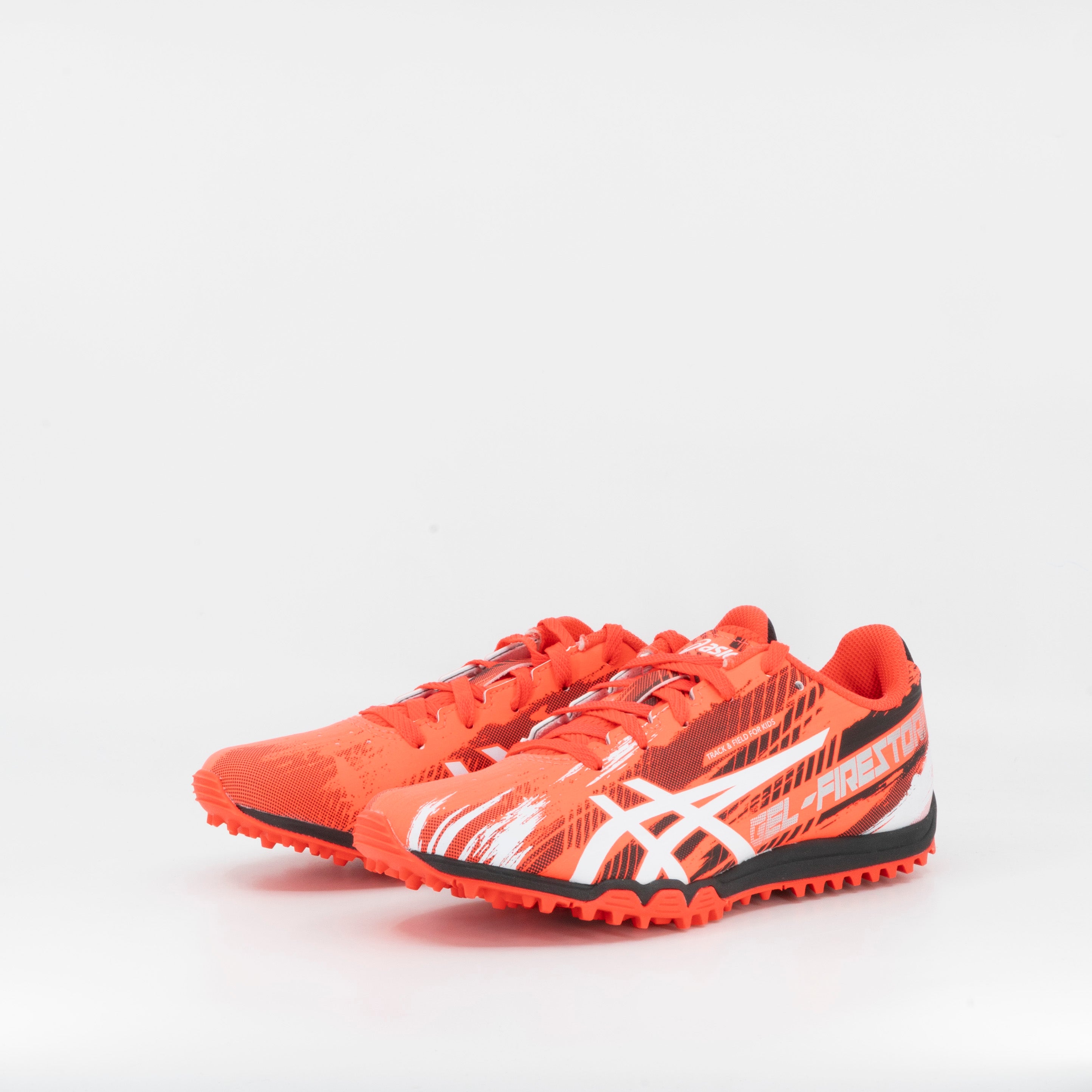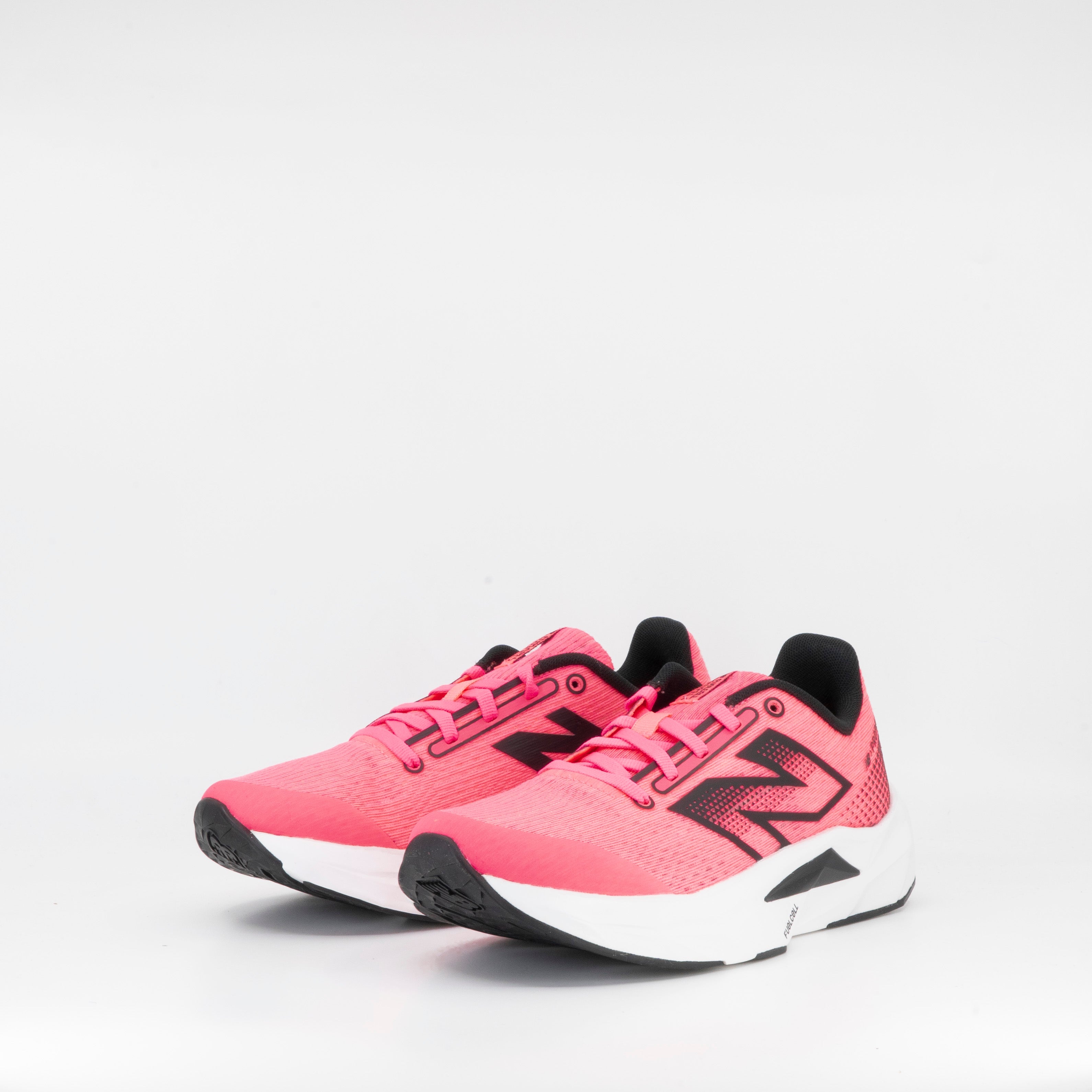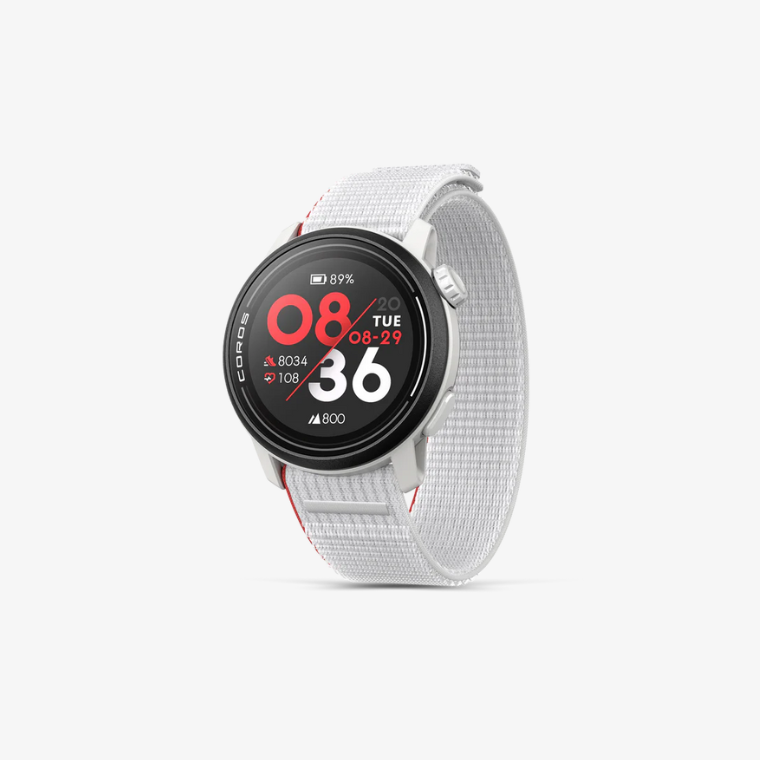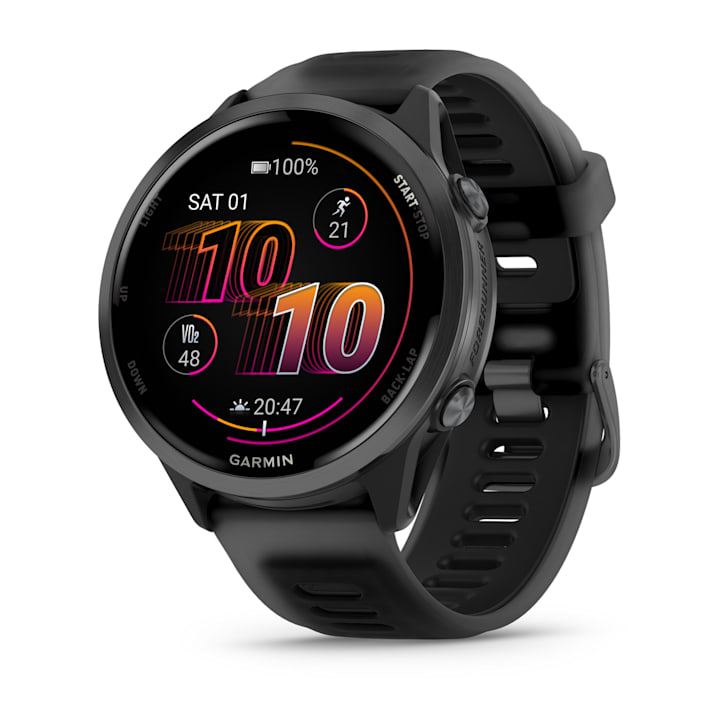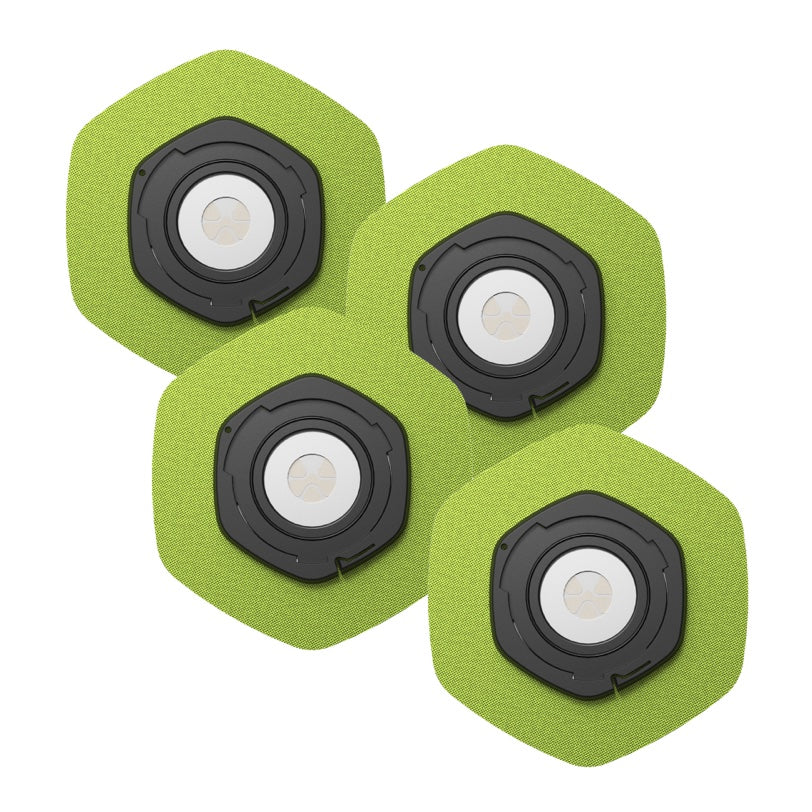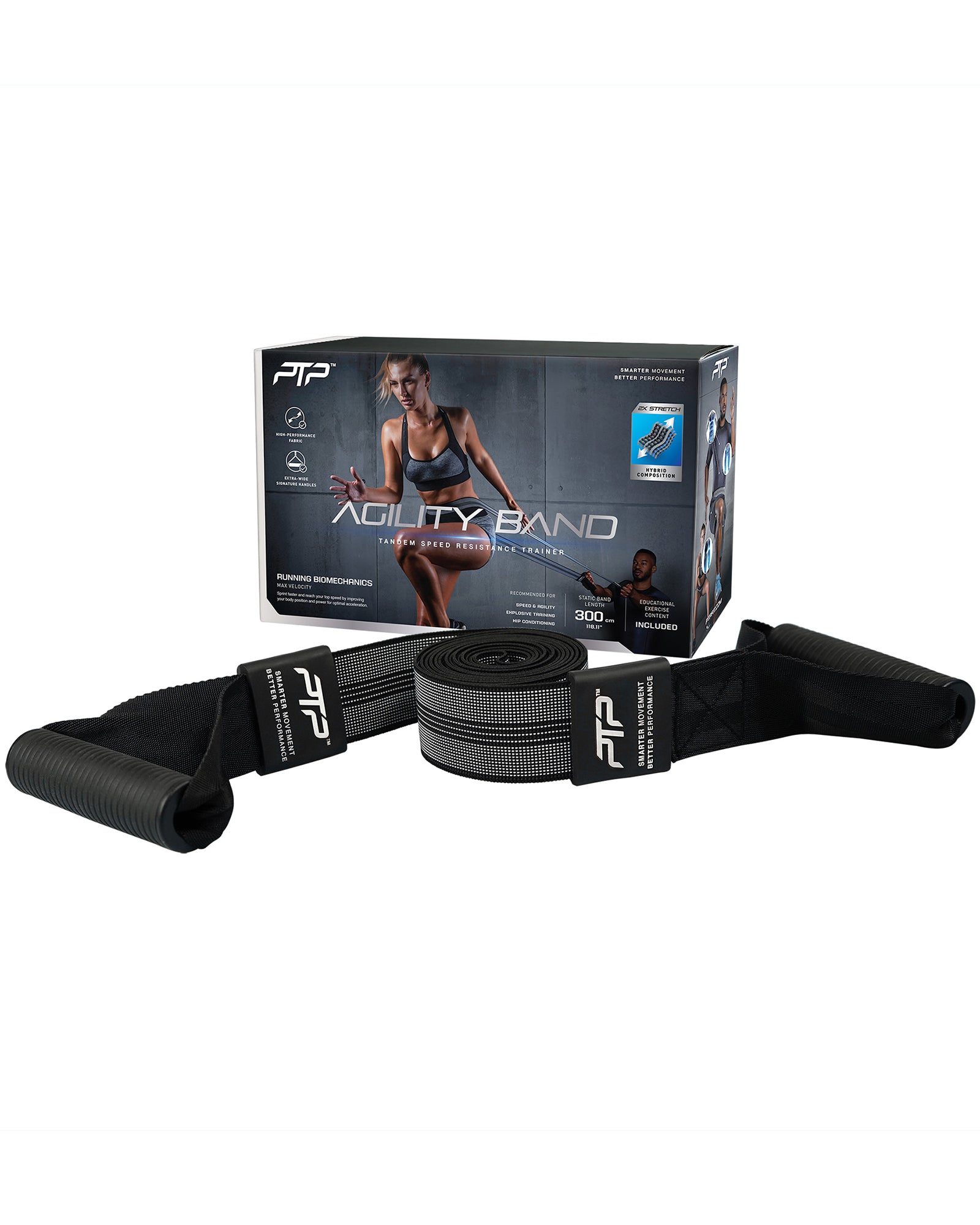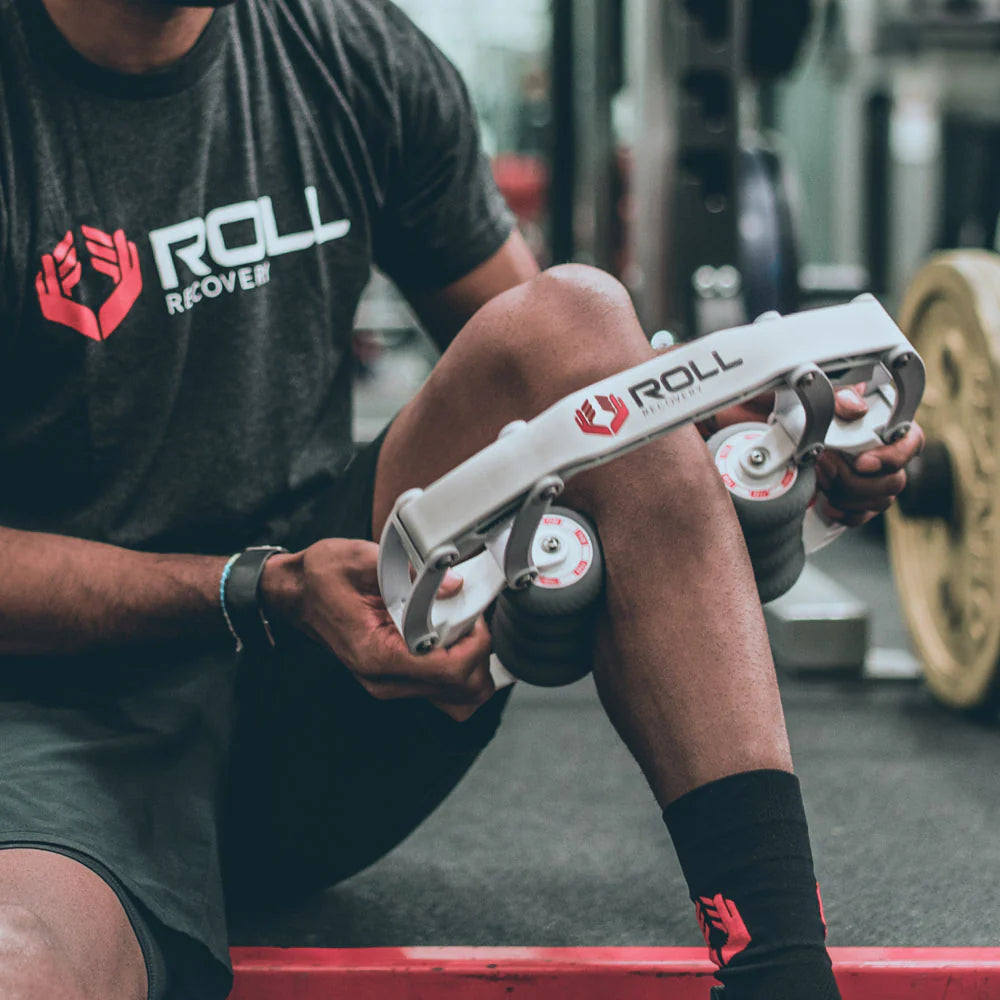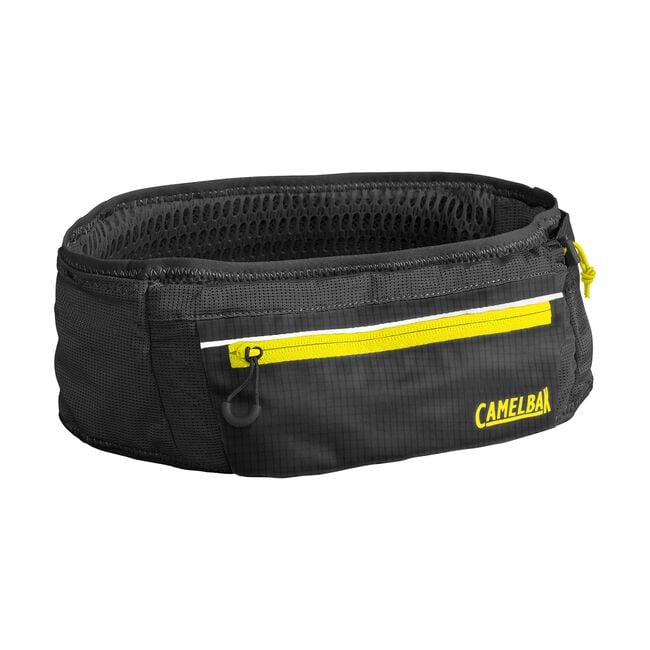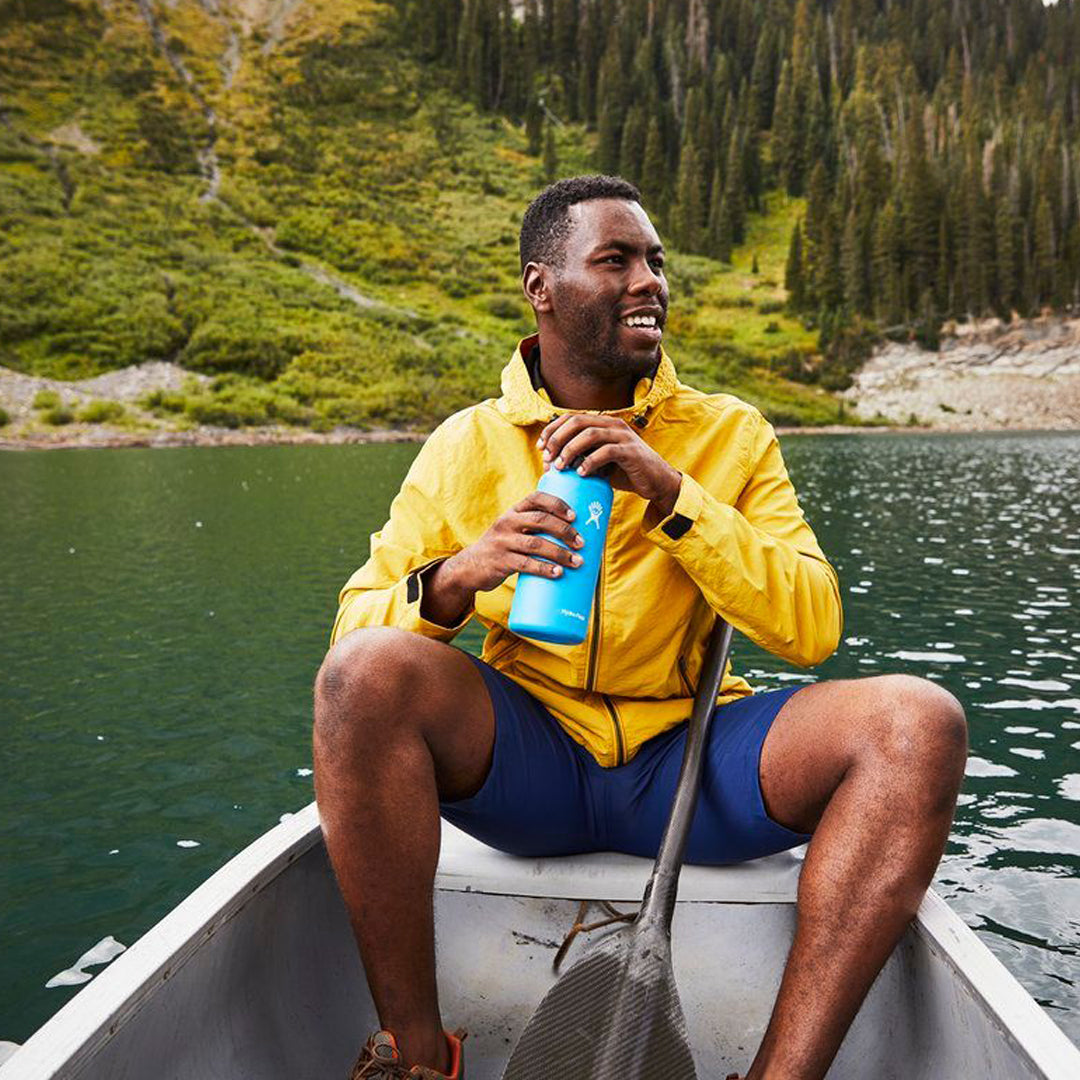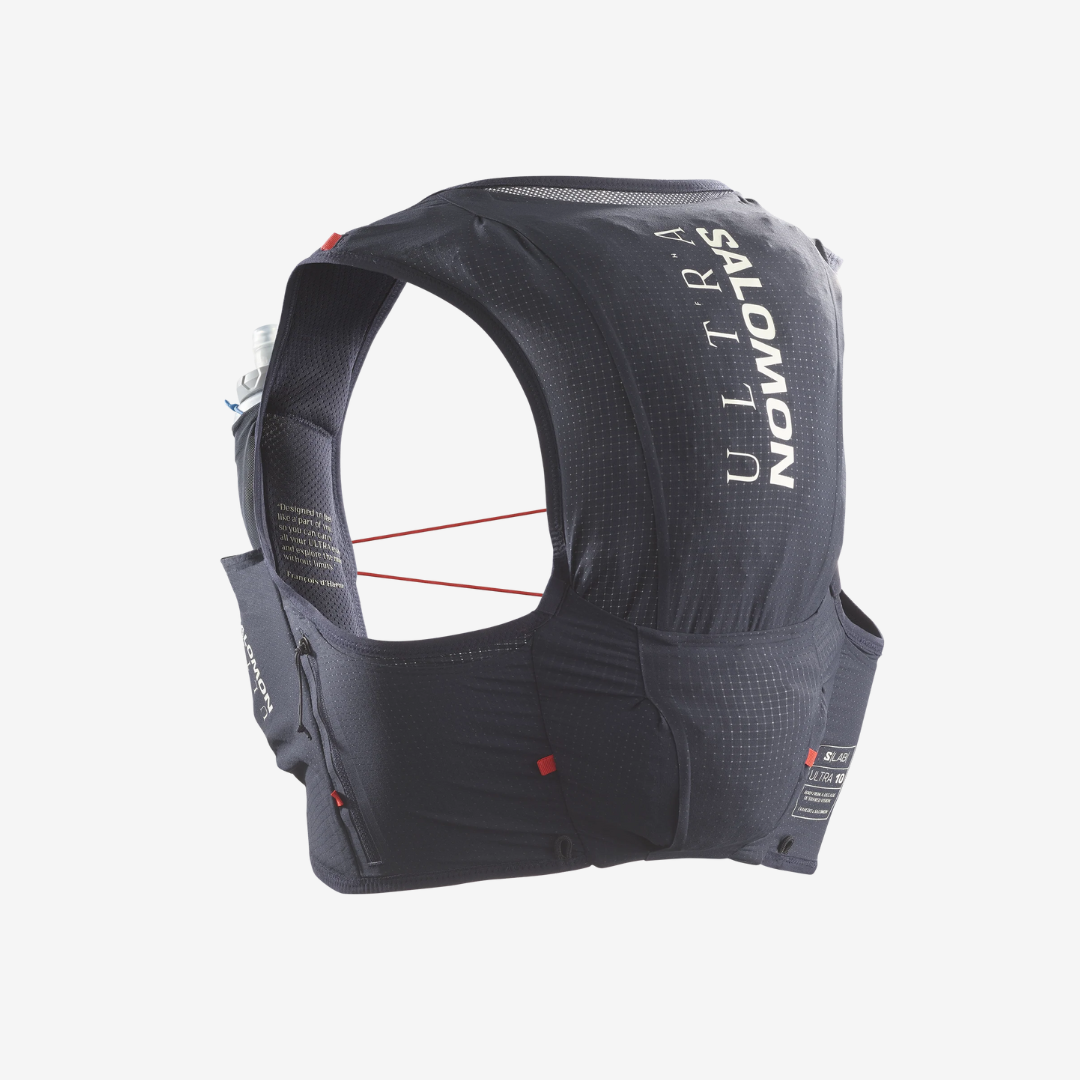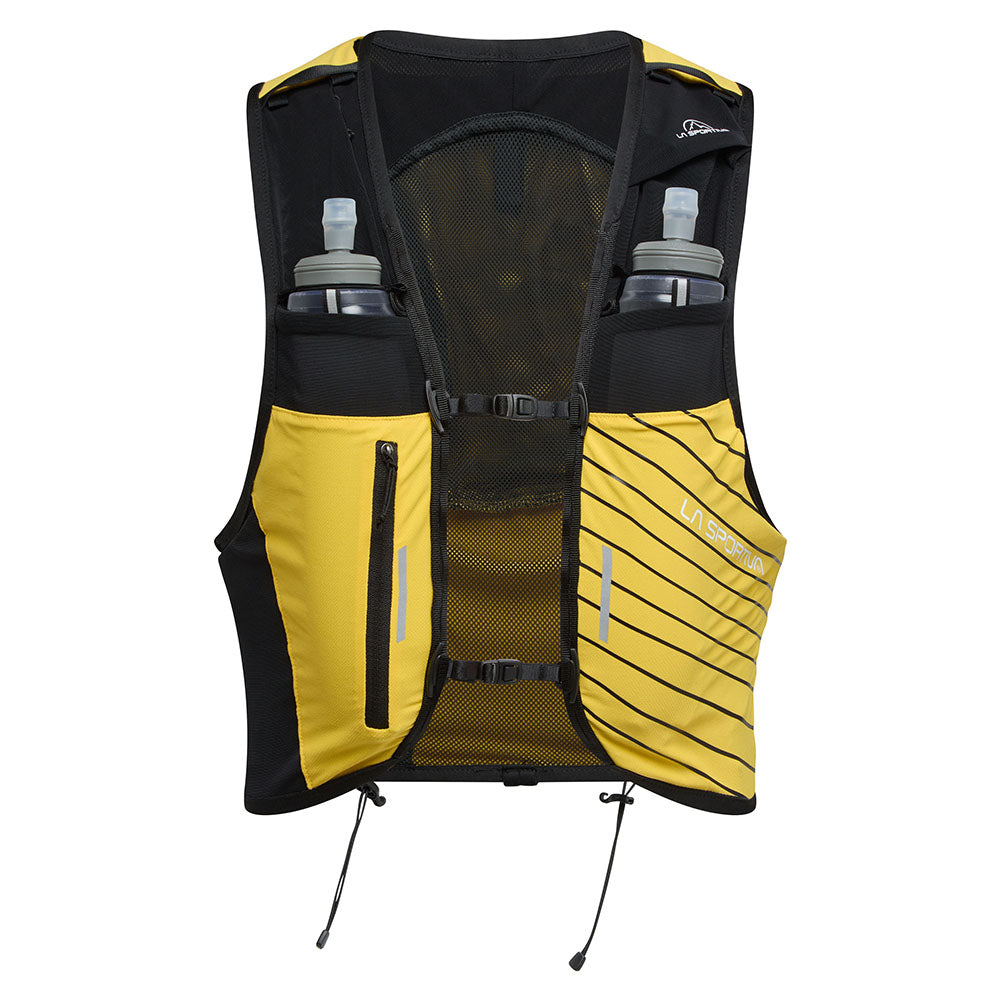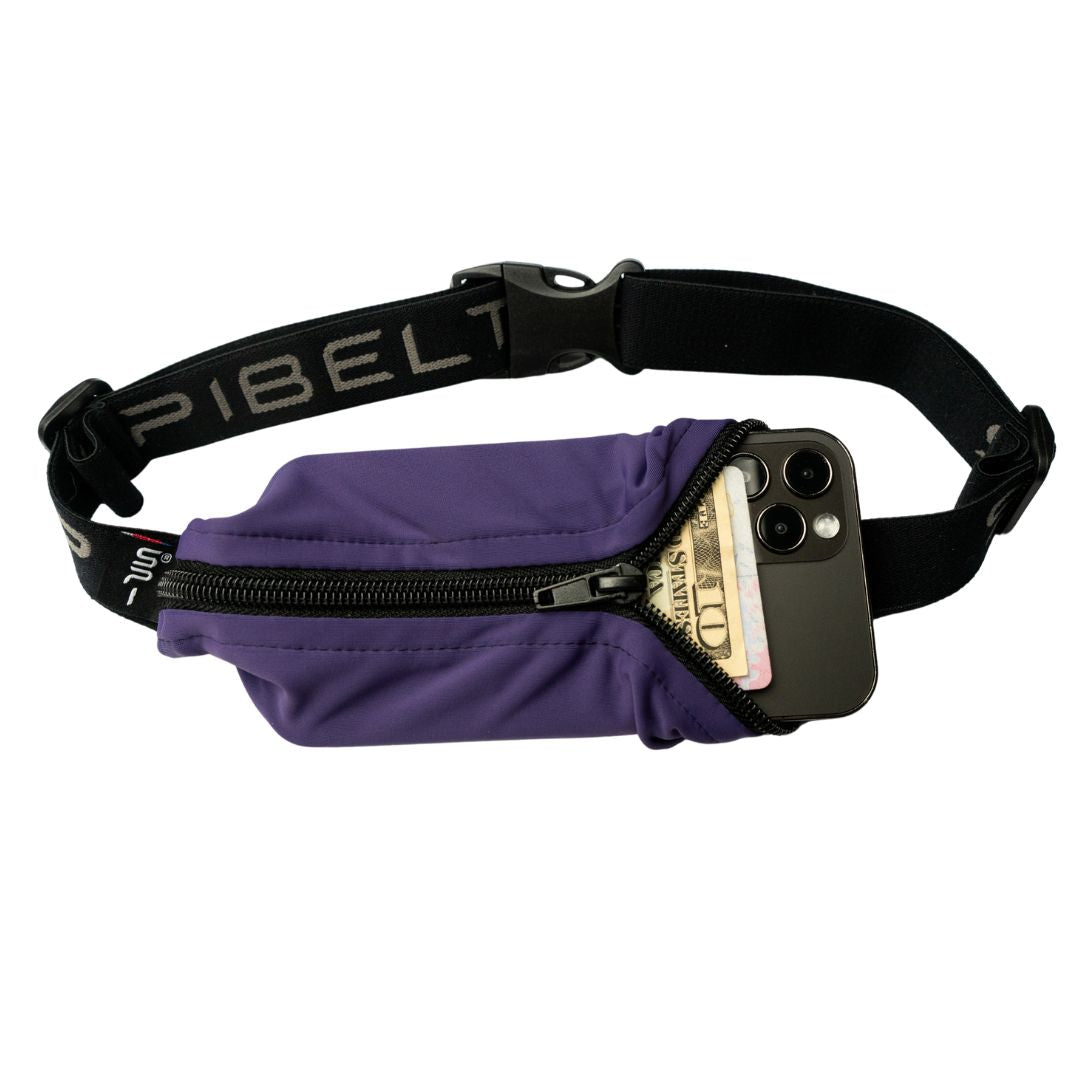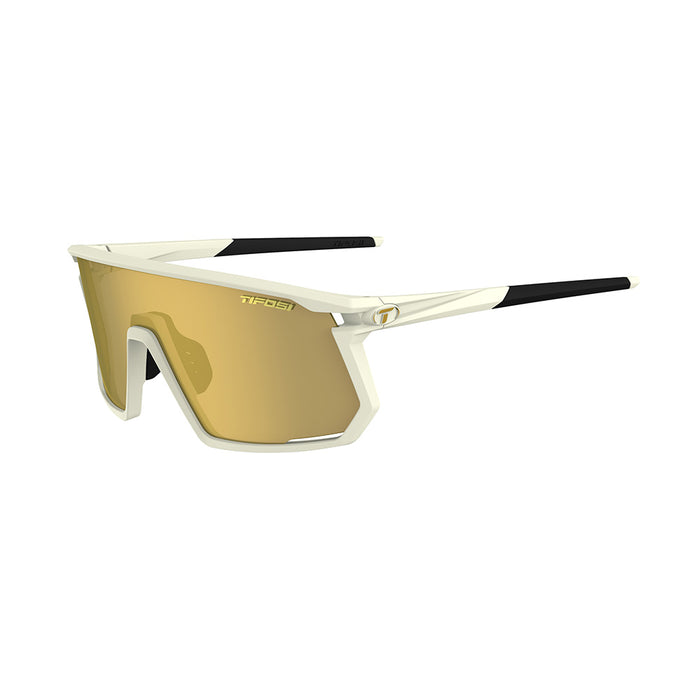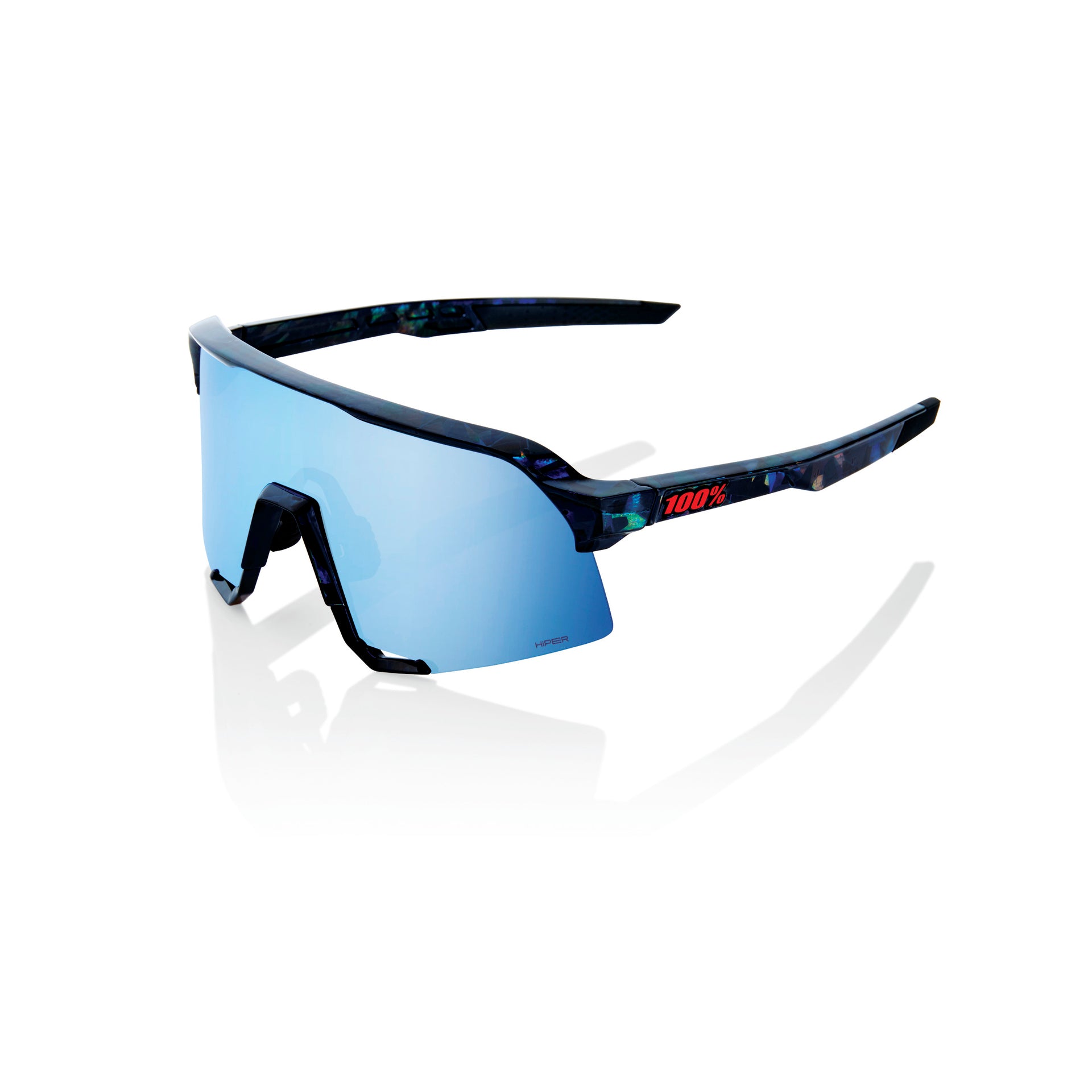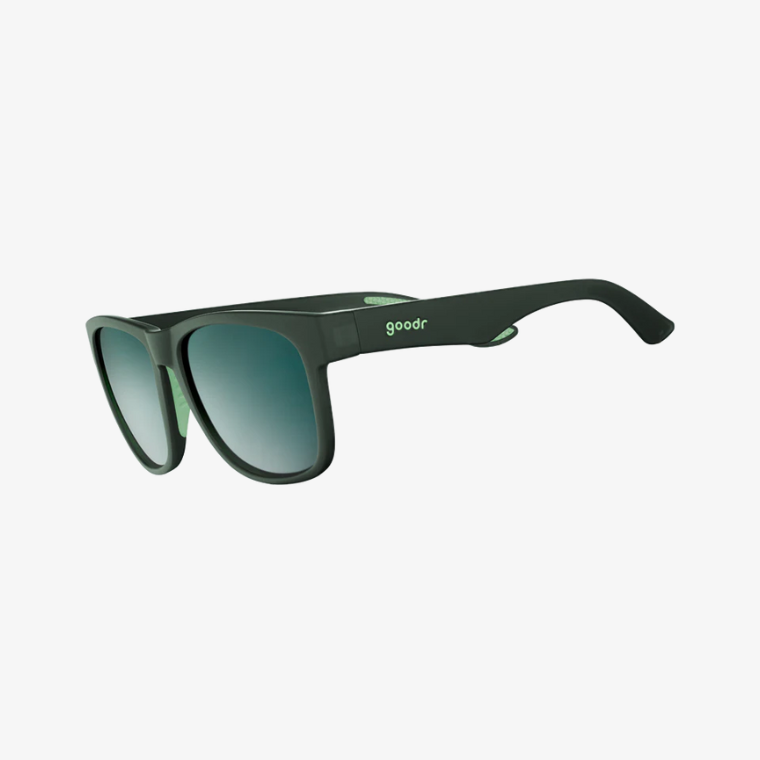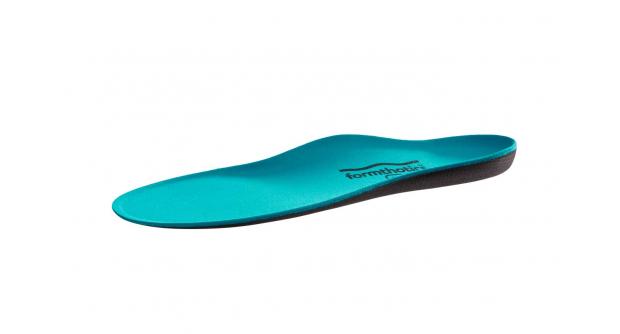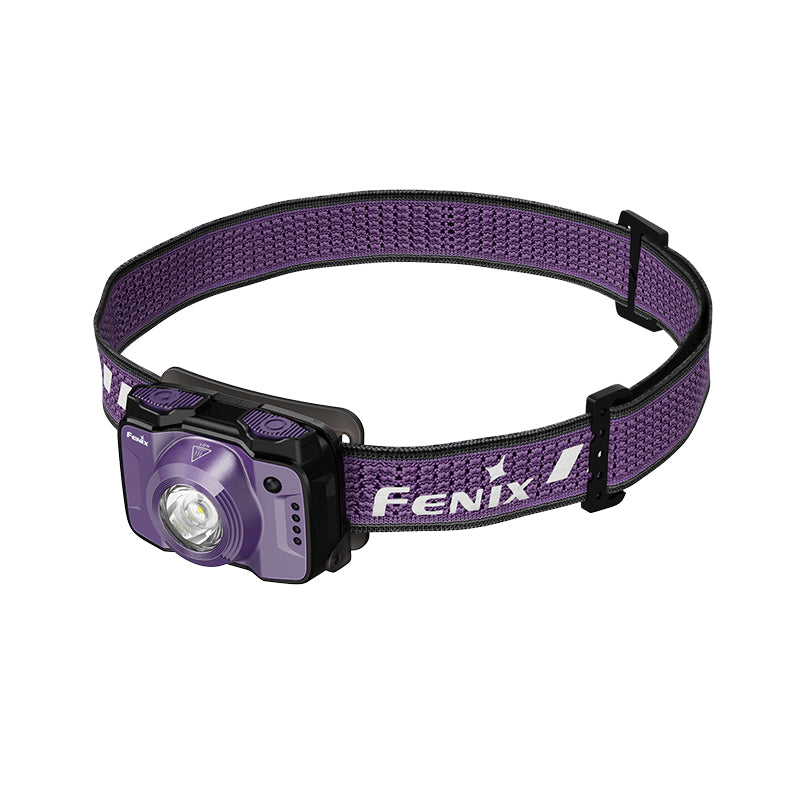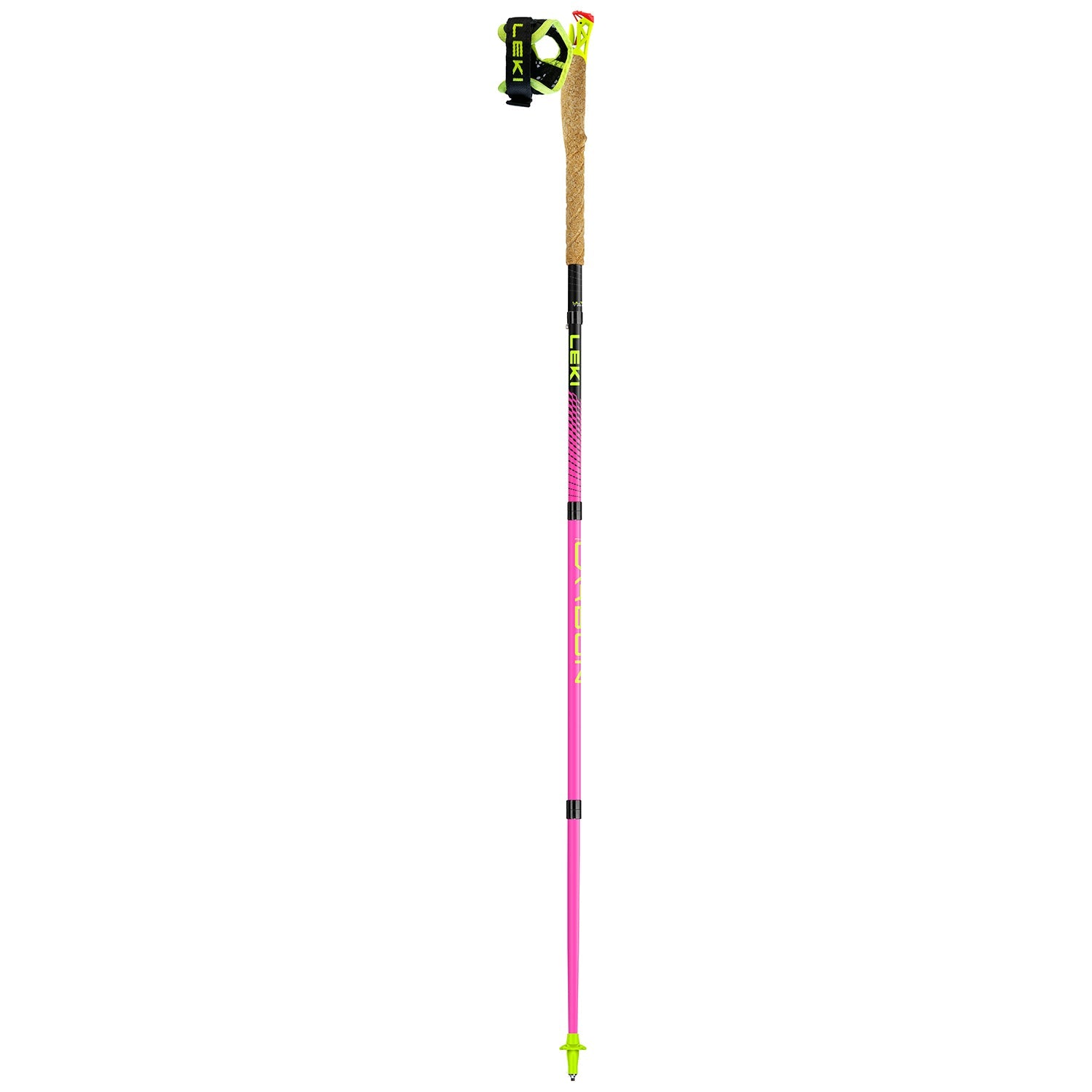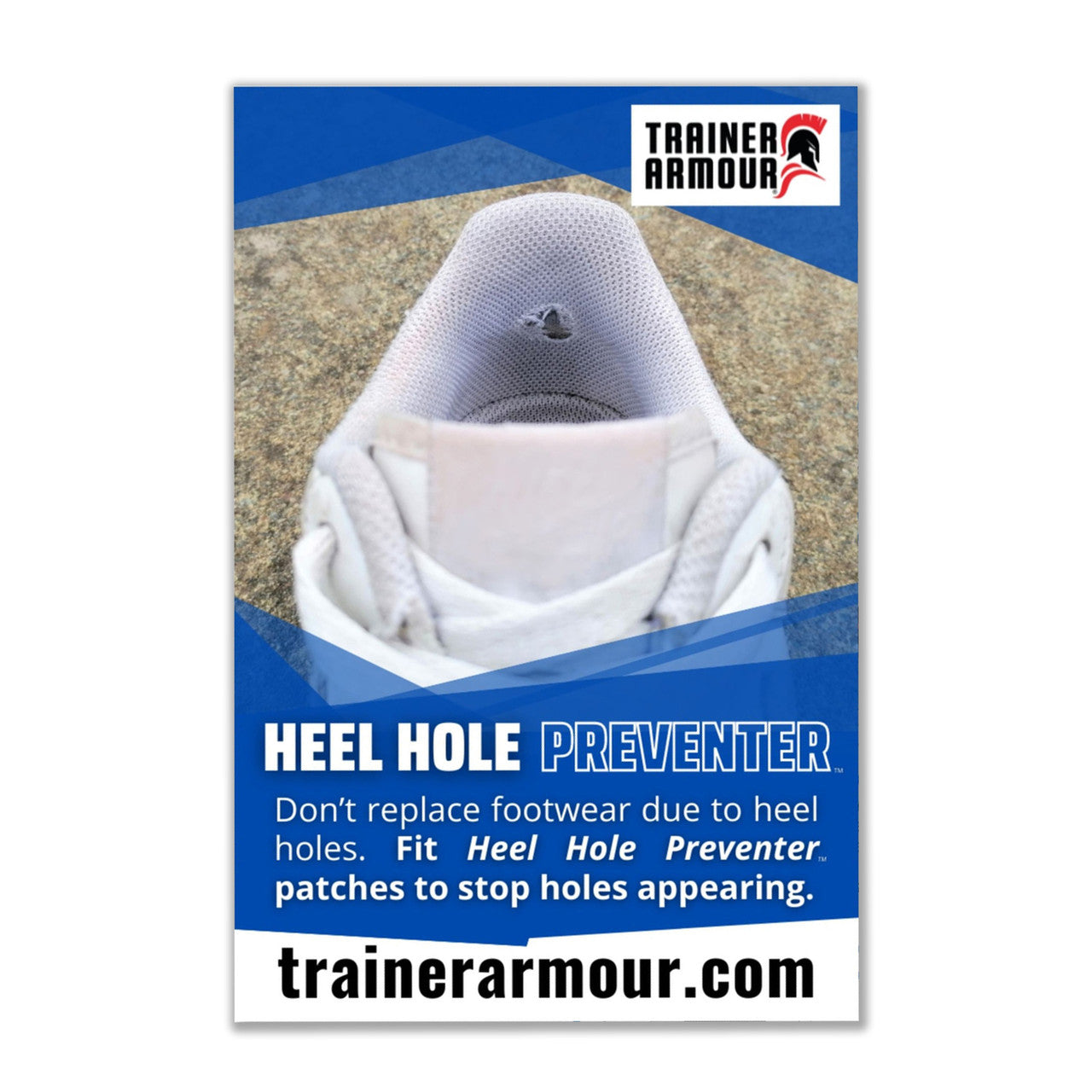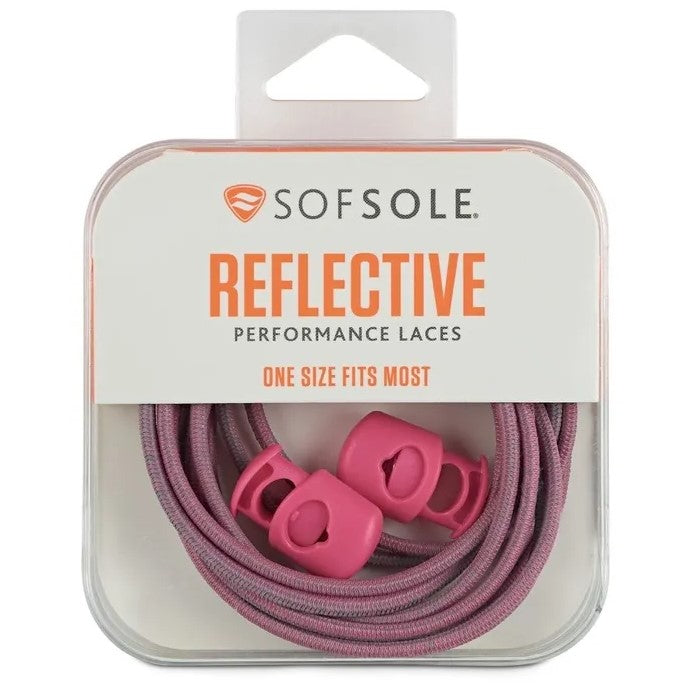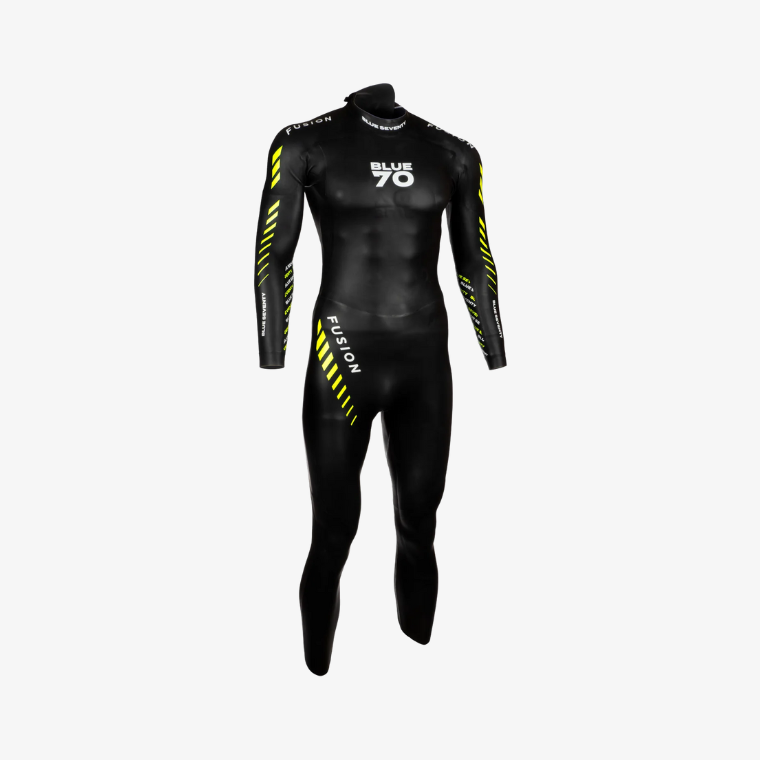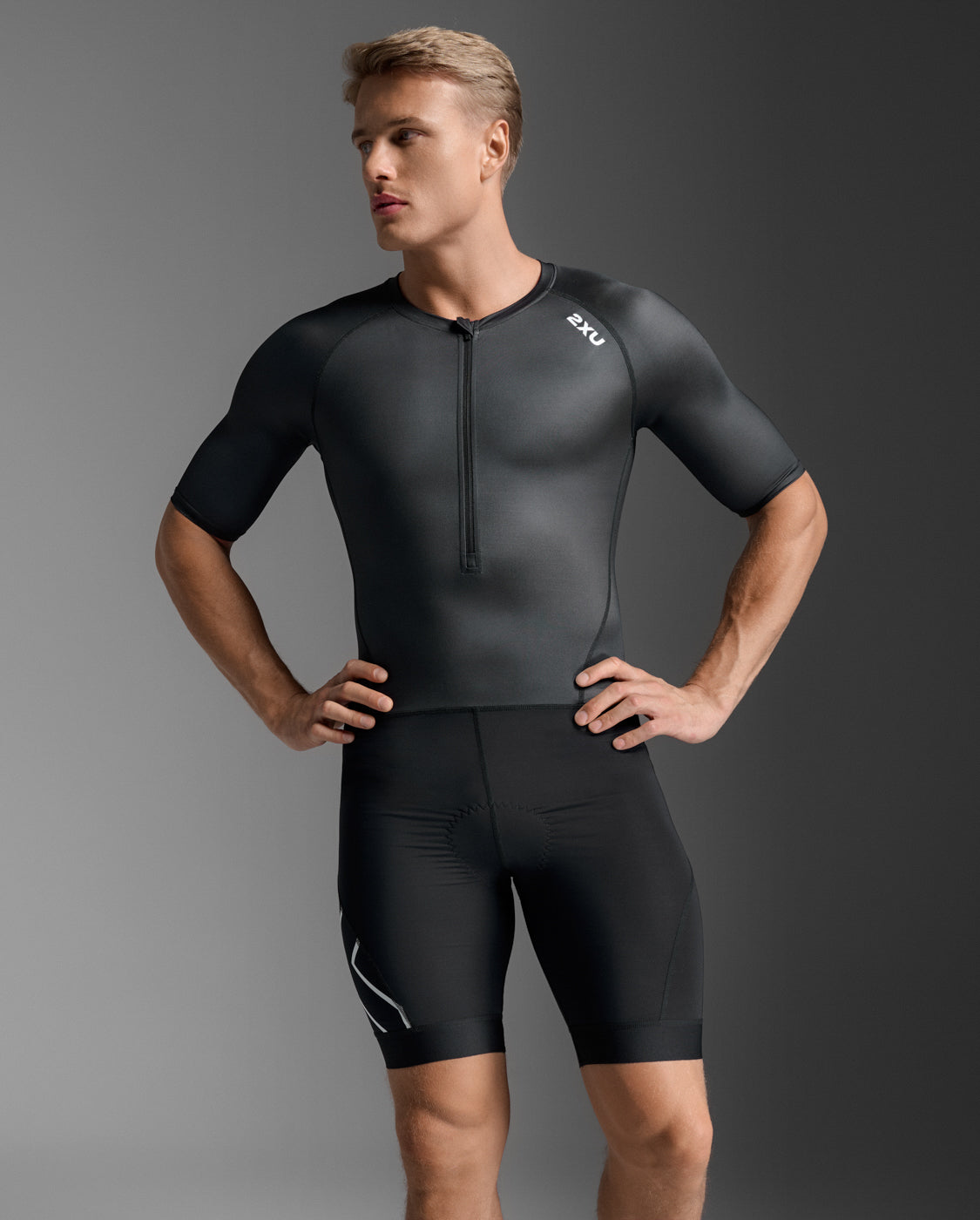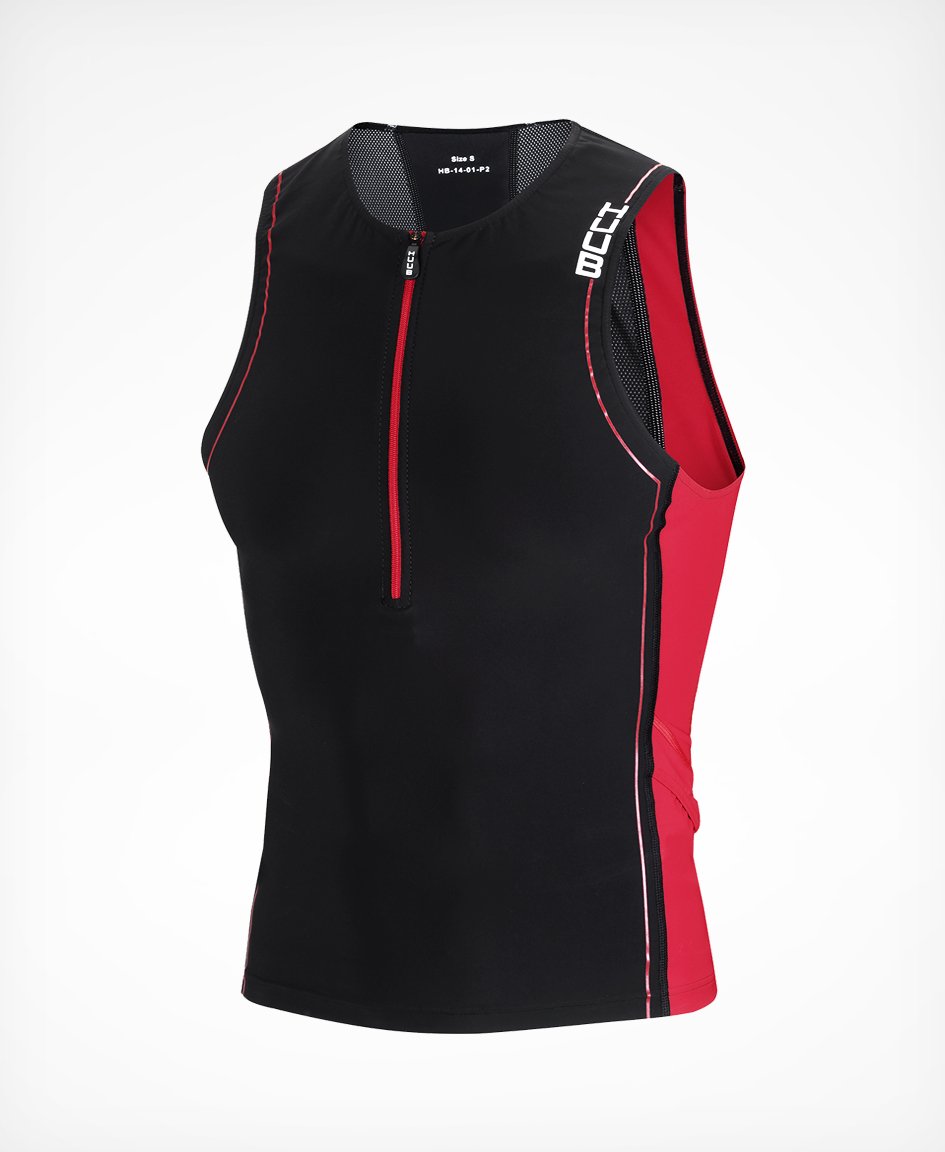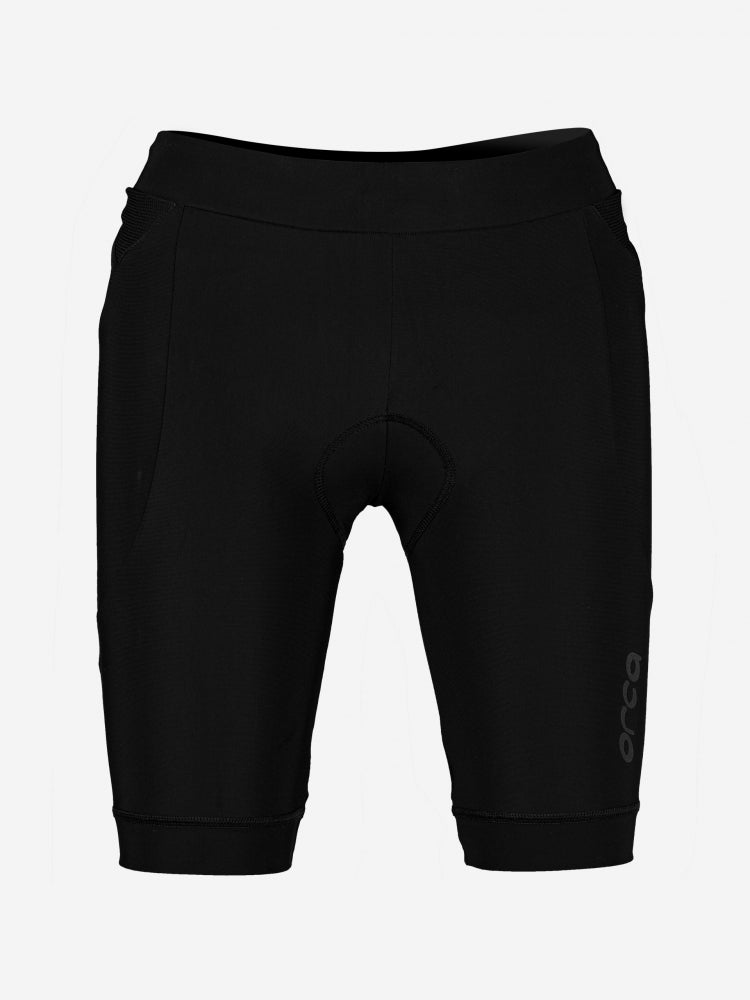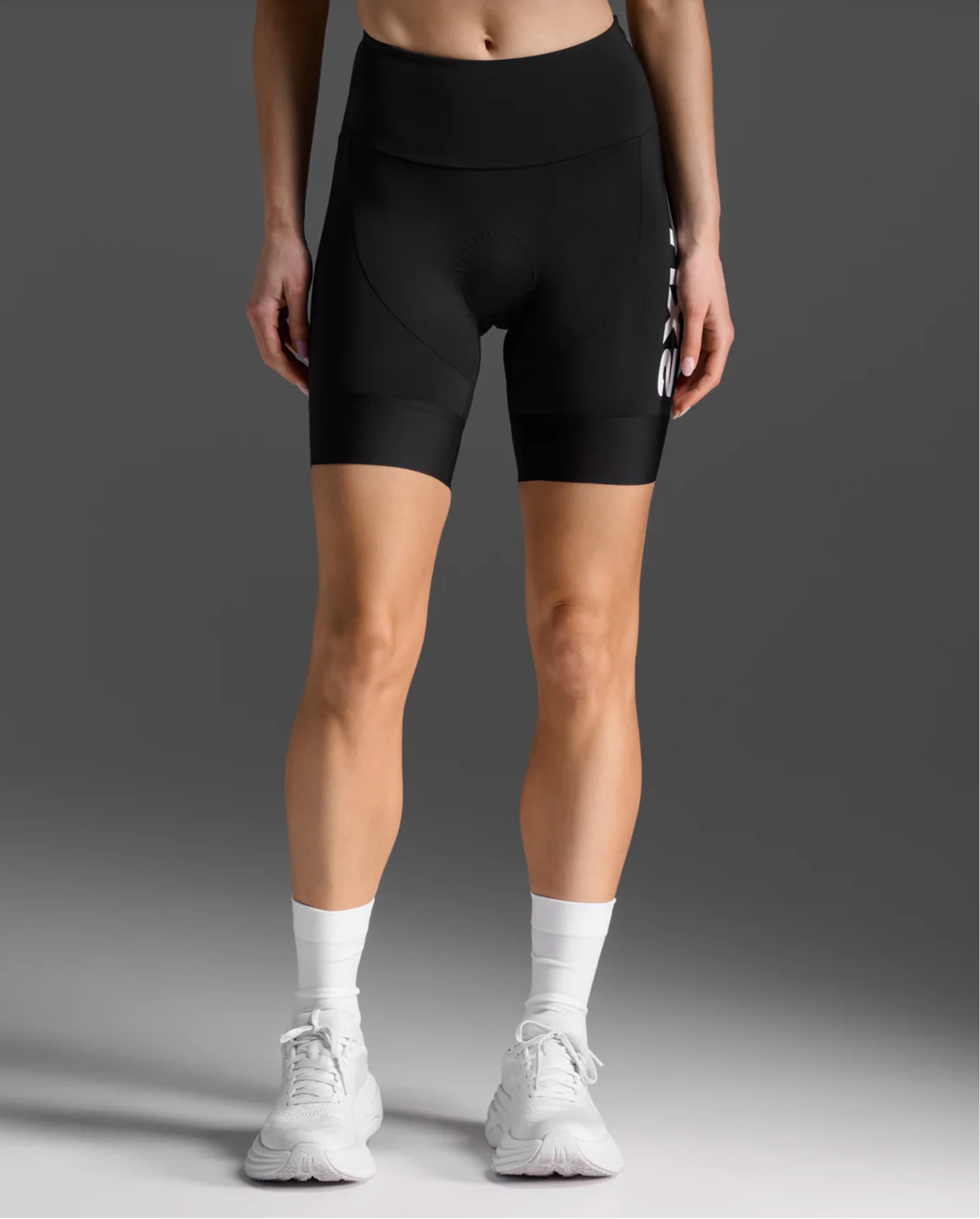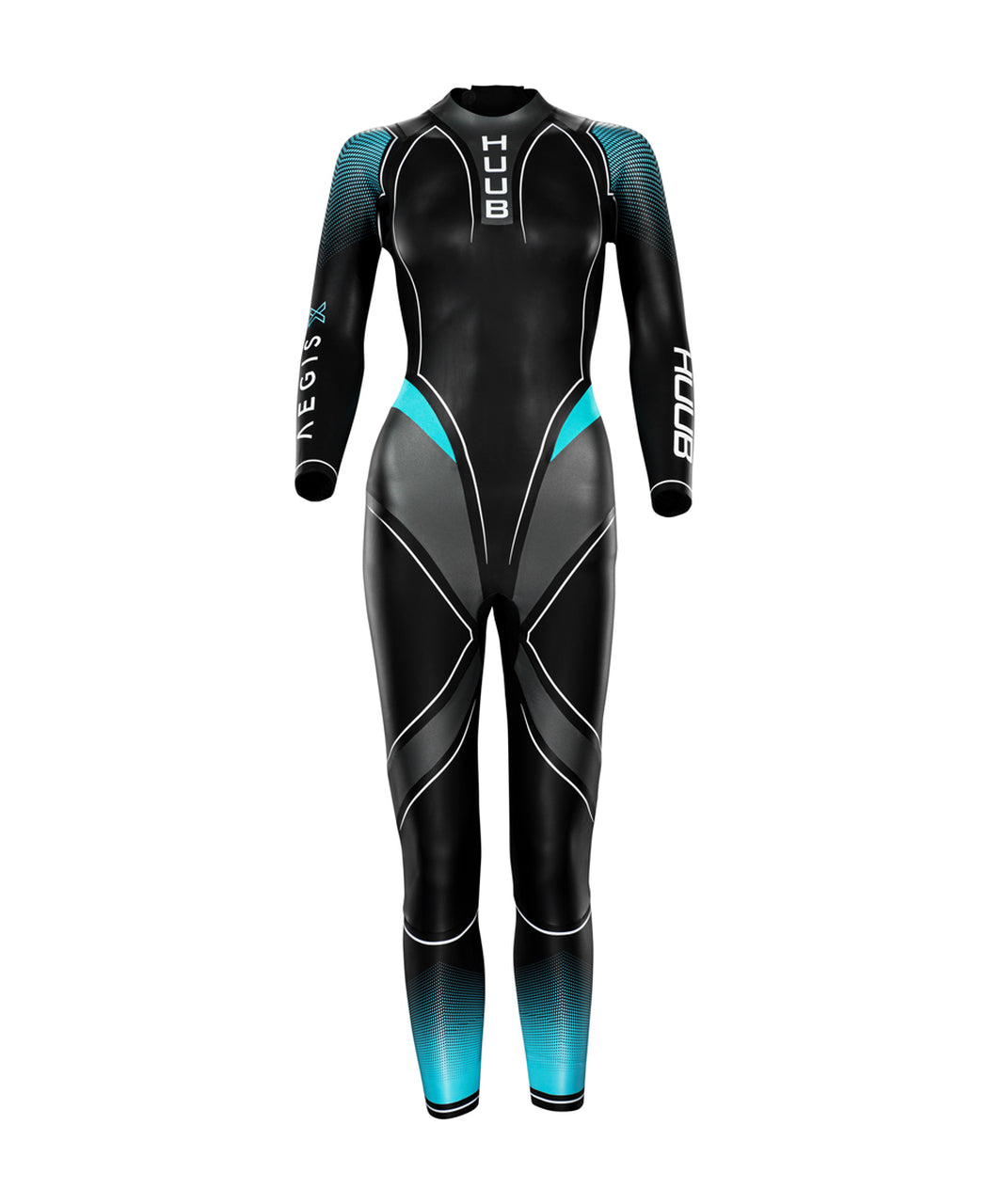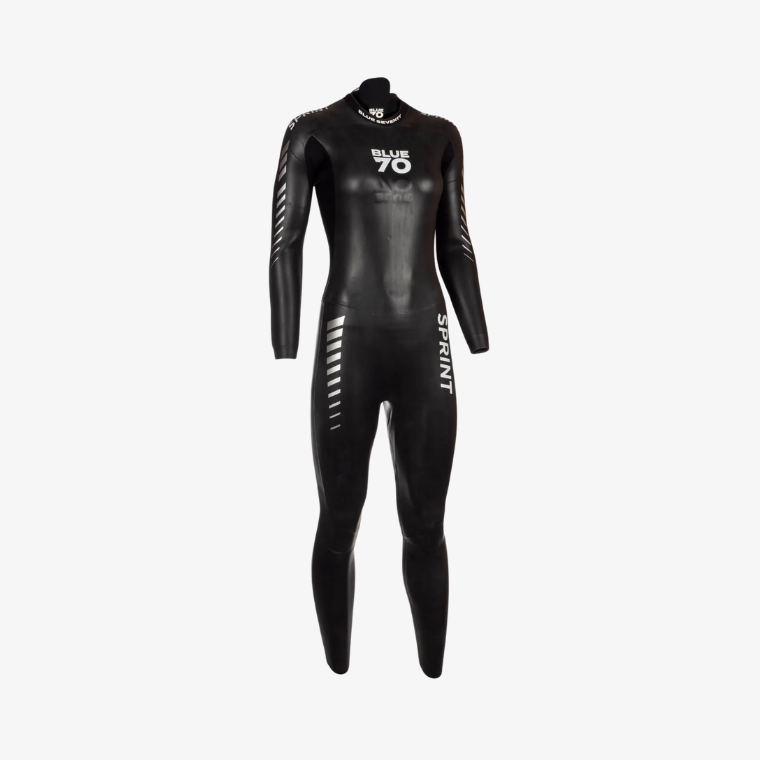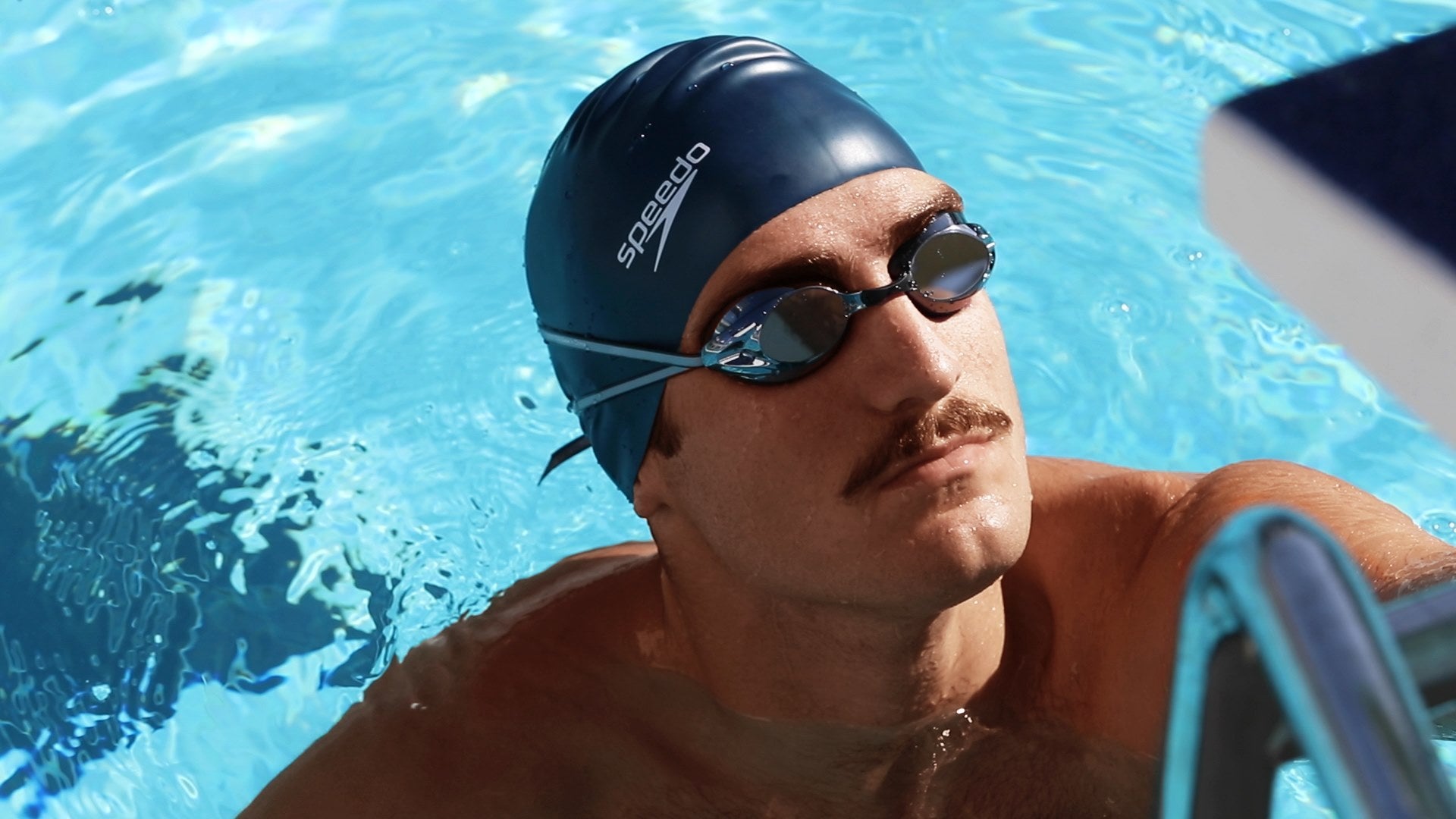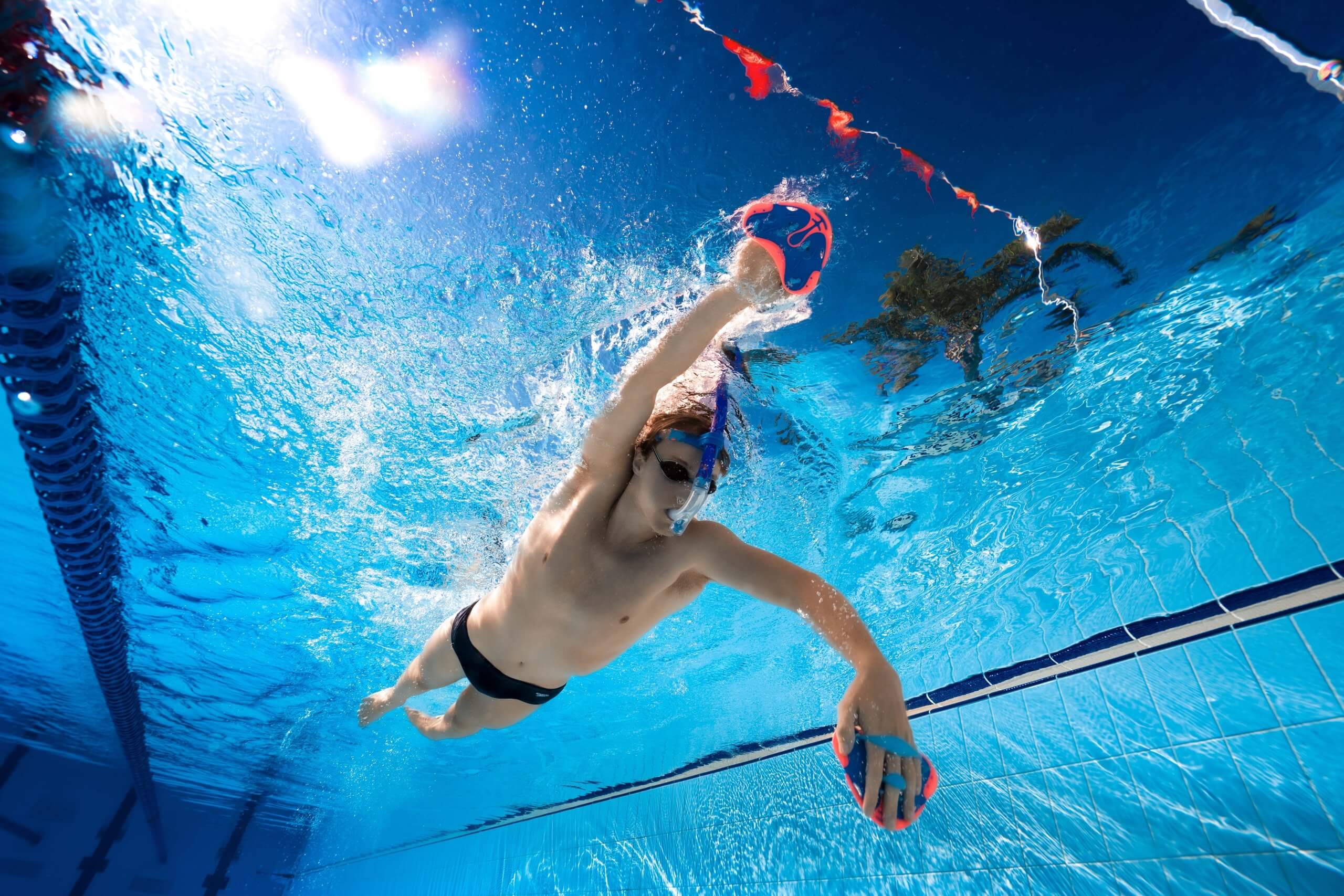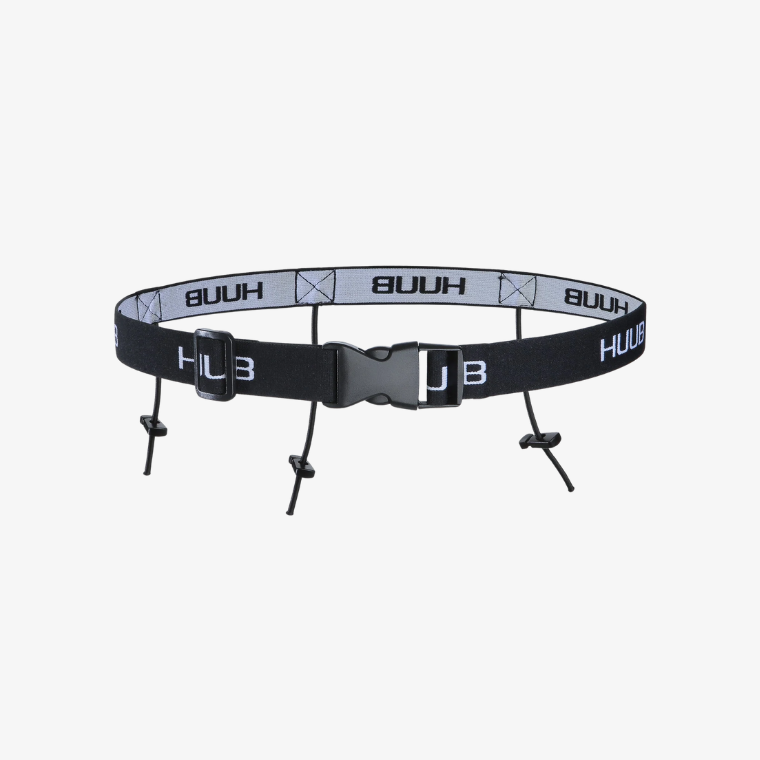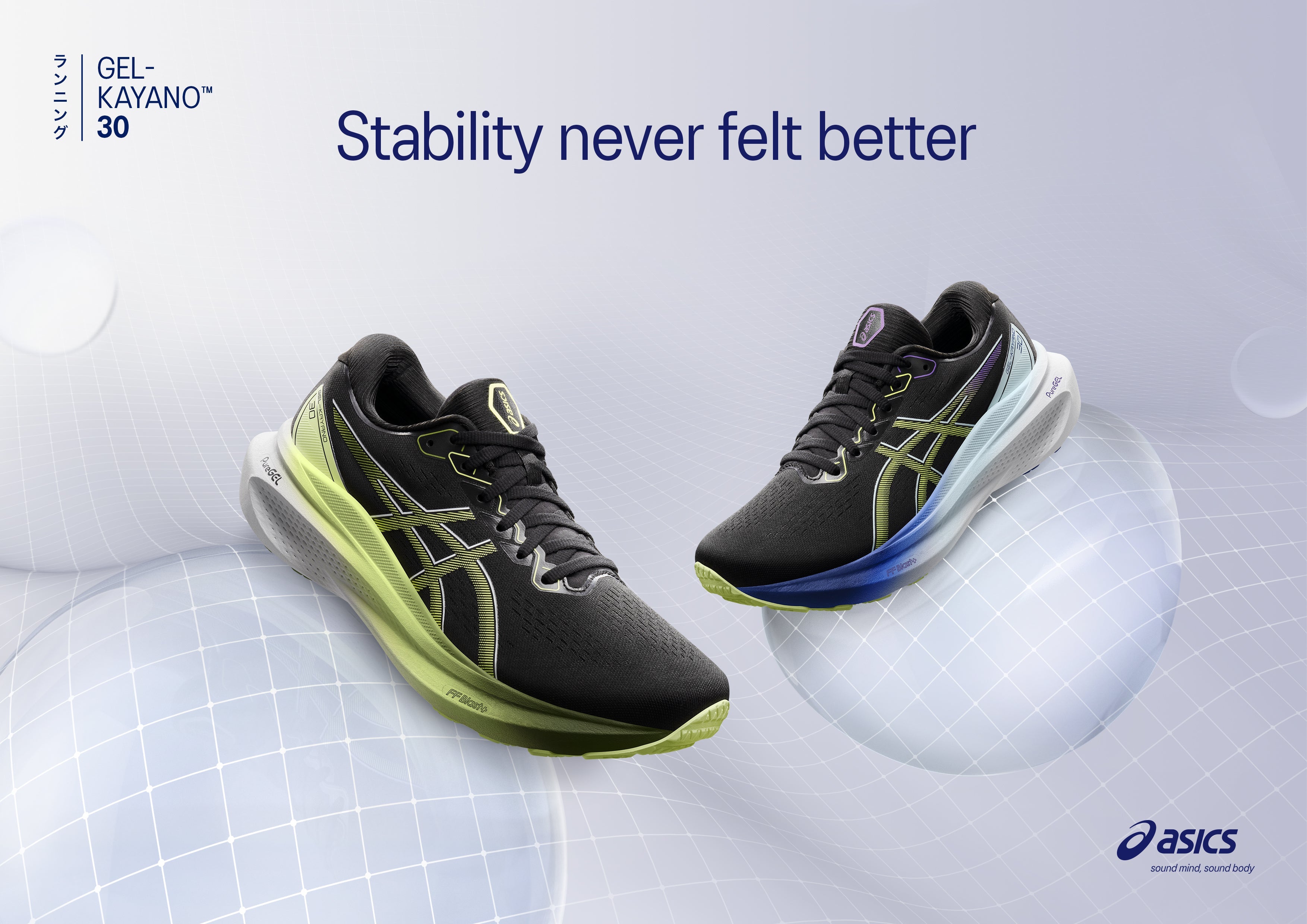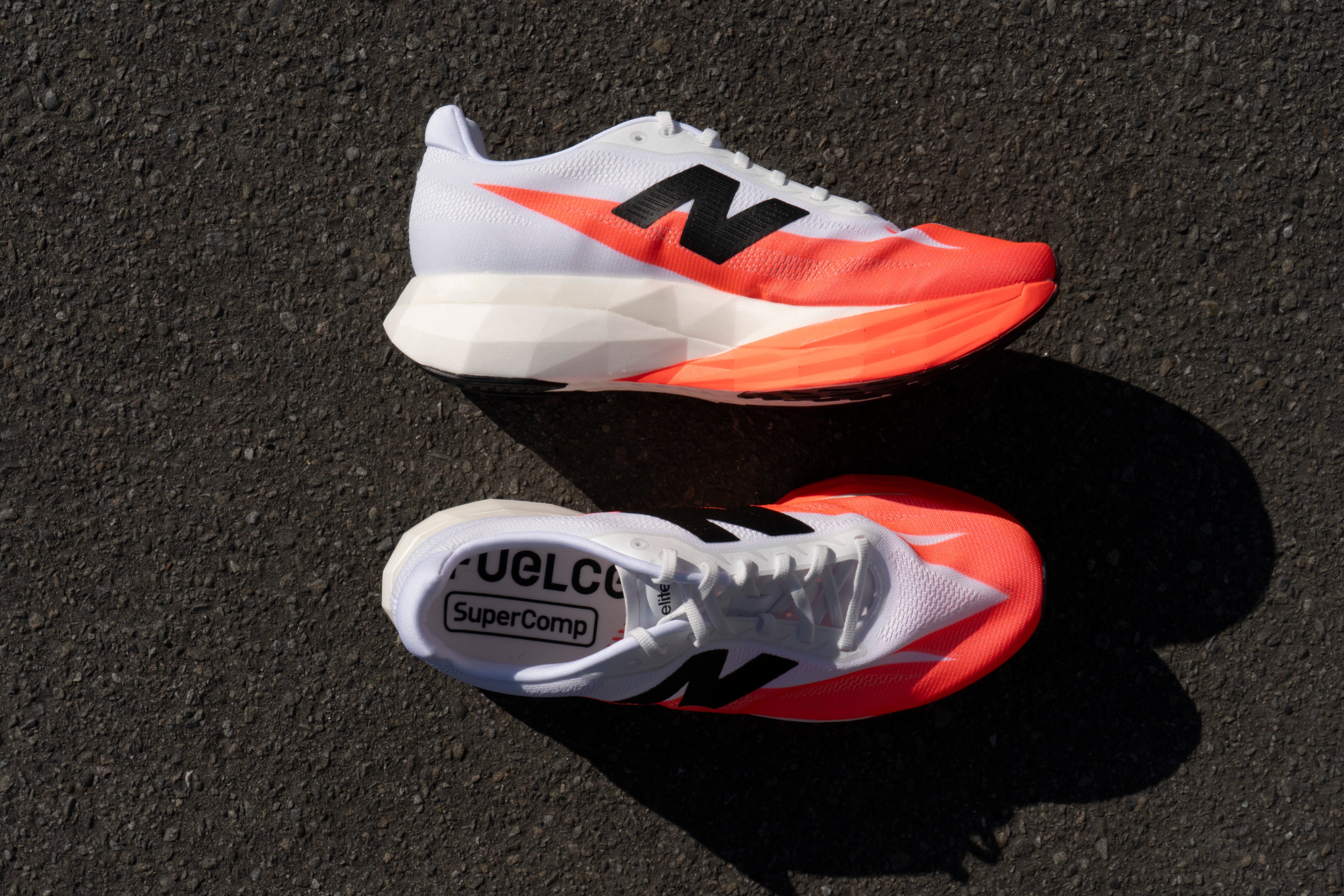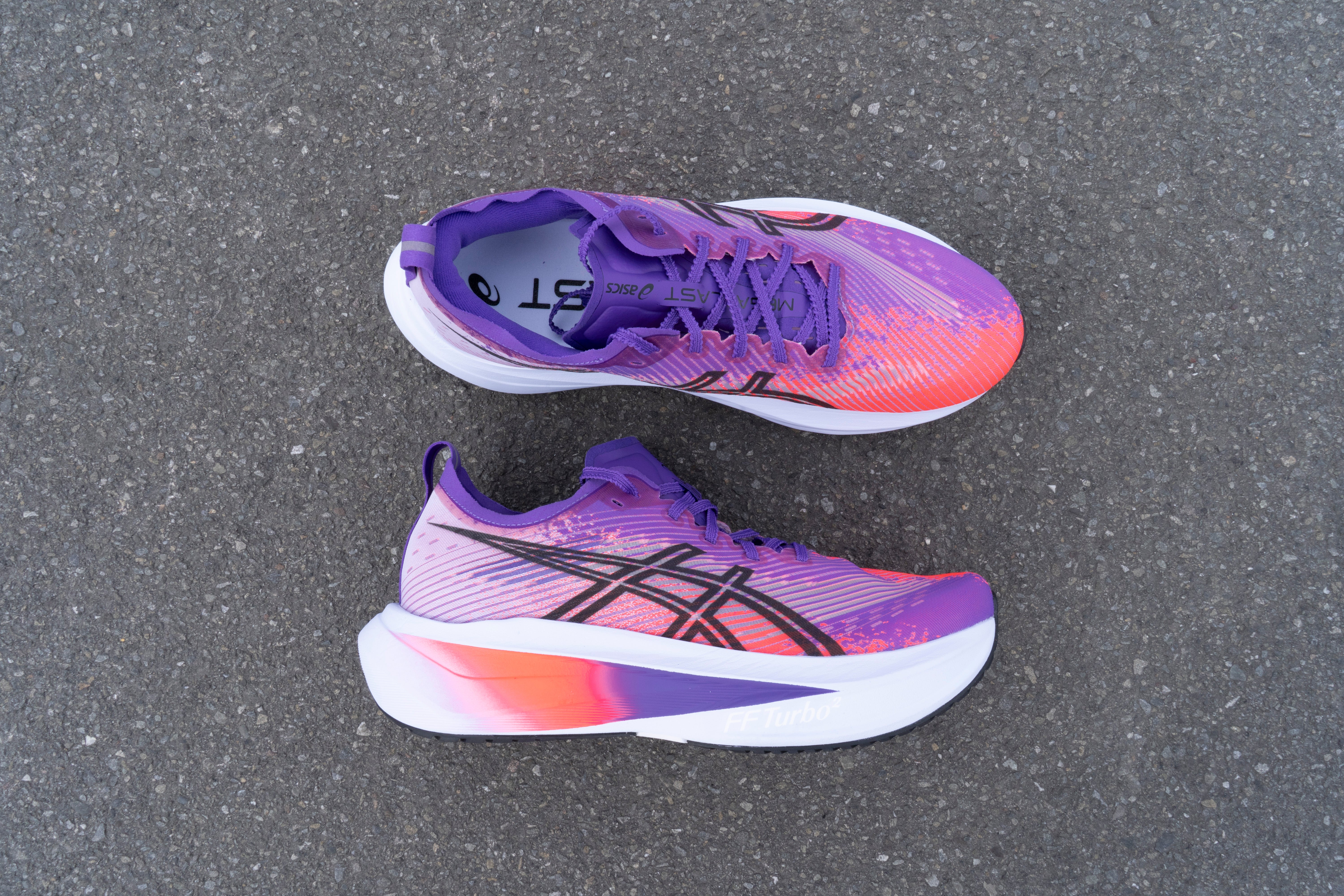Through increasing pressure, people have asked me to start putting pen to paper with opinions on footwear. While I try and stay purely objective the first question, I get asked in the shop is always – “What do you think?" While it is easy for me to say here are the features and benefits. Ask me what you want to do, and I’ll filter the shoe wall down to a selection that will work. But as big brands make wholesale changes to flagship models it is probably about time, I give out my opinion. But remember it is just that, my opinion and mine only. I’ll be as honest as I can in this series and do my best to talk through why I may or may not like something. But as always with an opinion, it is never right or wrong - it just is.
What better way to kick off with what is the most well-known and longest-standing running shoe franchise outside of a Nike Pegasus.
Spanning 30 years the Asics Kayano has been a mild to moderate stability shoe. Donned by millions of road runners all over the world. Built on principles of resisting the loading patterns of a pronated foot type. Carefully crafted with feedback, advancements in materials, technologies, and ideas.
This brings us to version 30 and with that, the biggest changes to the franchise we have ever seen. If I’m honest the writing was on the wall when ASICS released the Kayano lite a few years ago.
The burning question – Is the Asics Kayano a good shoe? – Yes is it. Is it a great shoe? I’ll let you decide.
Define good – Premium materials, put together in a thoughtful way offering its end-user comfort and useability. In other words – Solid but not redefining.
Define great – Industry leading ideas, and premium/new materials, put together in a unique but sensible and thoughtful way to improve performance and training for its user. In other words – Game Changing
Who is it for? Runners looking for hard-wearing and comfortable shoes, that more than often land heel first, have medium to high amounts of ground contact time and neutral to mild pronation. The very slight rocker may help those people leave the ground more effectively.
The reason I say neutral to mild pronation is whether the powers that be agree with me, a slightly firmer medial side breaks down slower under medial movement pressure than not. I see it every day, not in a fabricated lab or test setting. But out on the road, 10,000 people a year. Which I believe keeps the foot alignment intact for a longer duration in correlation with the life of the shoe.
Now I completely agree that in some cases a shoe with a denser medial side can cause both irritation to the arch (rubbing) or the shin (poor shock absorption). But in both cases, if the shoes are fitted correctly to the person, we don’t have those problems. There is a need and room for both.
The removal of the lateral gel means the back outside corner of the shoe will last up and wear much more evenly. Because the gel piece didn’t break down, we often saw the EVA midsole completely collapse if the user touched down heel-heavy first. The bulbus nature of the midsole in version 30 around the heel counter makes a secure and “safe” cradle for the heel, limiting rotation on landing and the sheer mass of foam + the softness does gently guide the foot on landing.
With the full ground contact midsole and stack height the torsional strength of the shoe is still right up there. It will mean this isn’t really for an efficient runner (we await the new 2000v12). Those people, they may find it too stiff, loud, and slappy, or the planta may have some irritation as the foot wants to have more control of the shoe than it will let it.
Understanding the 4D Guidance System is a little tricky, and the labeling on the shoe I think ASICS would agree might not be the greatest placement and a touch confusing. My understanding is they are talking about midsole shaping, cutouts, and the inclusion of an even gel pad in the heel of the shoe. This isn’t a new theory and Brooks set us on this “guidance” path back with the Adrenaline 19.
The outsole has a great amount of rubber, that will add to torsional stiffness and last up to the miles on the road. However, I don’t think it will do a little trail cross-over anymore given the stack heights, the risk of an ankle roll increases.
At 300g (Mens size 9) it is on the heavier side, but for the right person, the balance and poise (I couldn’t find a better word) will mean it does indeed feel light and bouncey. For the wrong foot type, it will feel like a piece of 2x4 timber.
So. To wrap the waffle up.
The Asics Kayano 30 goes down as a good shoe for the right person. Are all Kayano 29 wearers going to like it? I (subjective) don’t think so. Will some new wearers be able to roll in it? Yes, I think so. Is it groundbreaking? Well, no. It feels like a sidestep catch-up rather than a leap forward. Which doesn’t mean it’s bad. There is no question it is more comfortable and more durable in the shock absorption department. It will do a fair job at holding and guiding a foot if necessary but will not cope with moderate to severe medial movement over time.
As always the best path forward is to come and have a chat, increase your body’s ability to create stable joints, absorb shock, and move efficiently.
All those things in consideration I am giving it an 8/10 as an overall score. This is 100% subjective and given it’s the first review I have written in over 2 years means almost nothing ;)..
Happy Running, Oska
